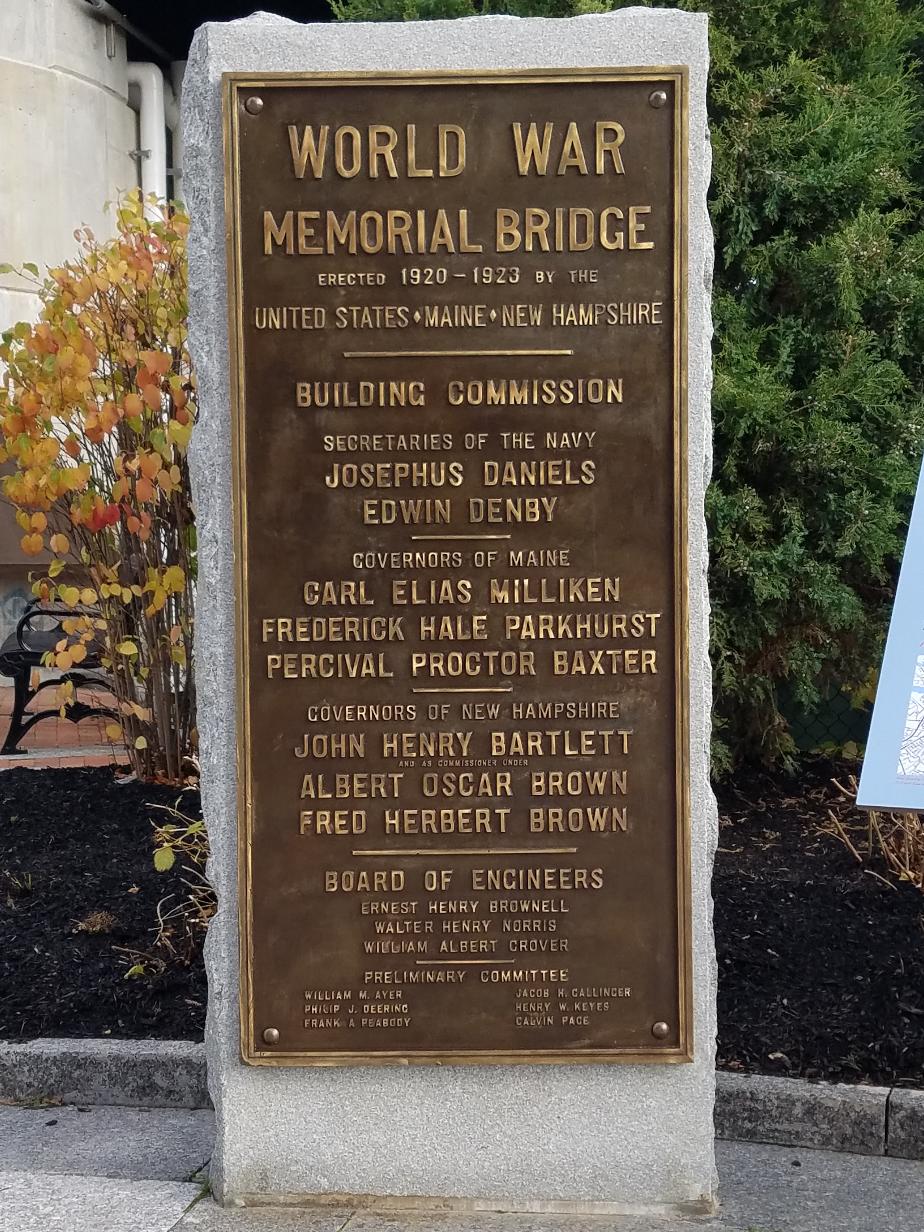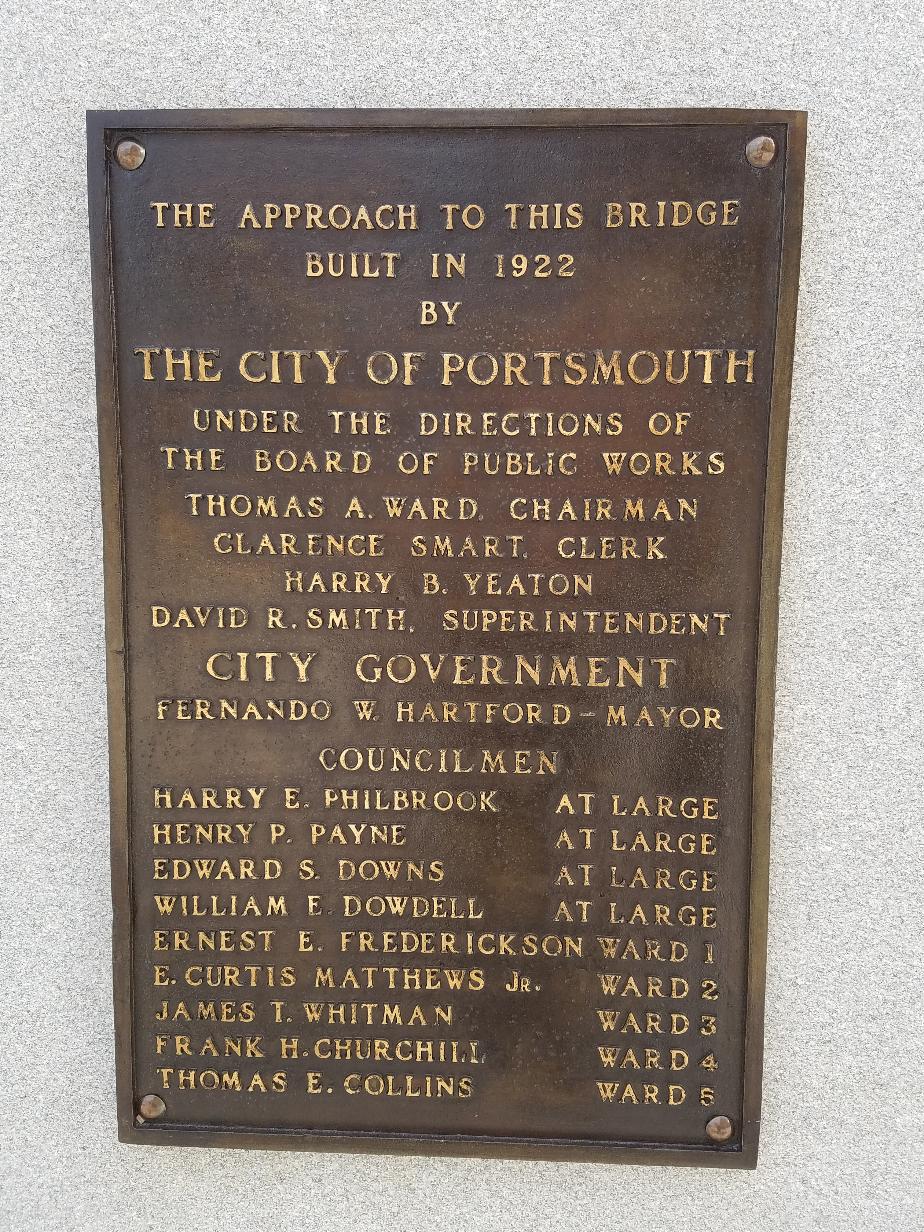NOTICE OF VIOLATION OF INTELLECTUAL PROPERTY:
Until recently, I have always been wiling to share my personal photos upon request without question, but the unauthorized duplication of these images of on Facebook has required me to copy protect this website and begin adding a watermark on my photos to protect them from being copied.
If you wish to request a copy of a photo I have added to my website, please send me a request through the "Contact" link.
Thomas Bailey Aldrich House - Portsmouth NH
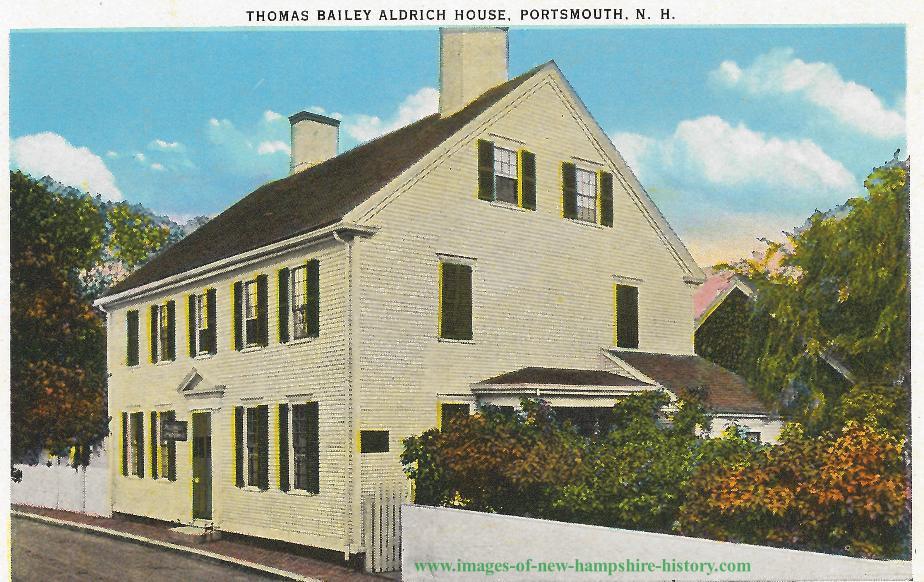
Appledore Island - Isles of Shoals 1920
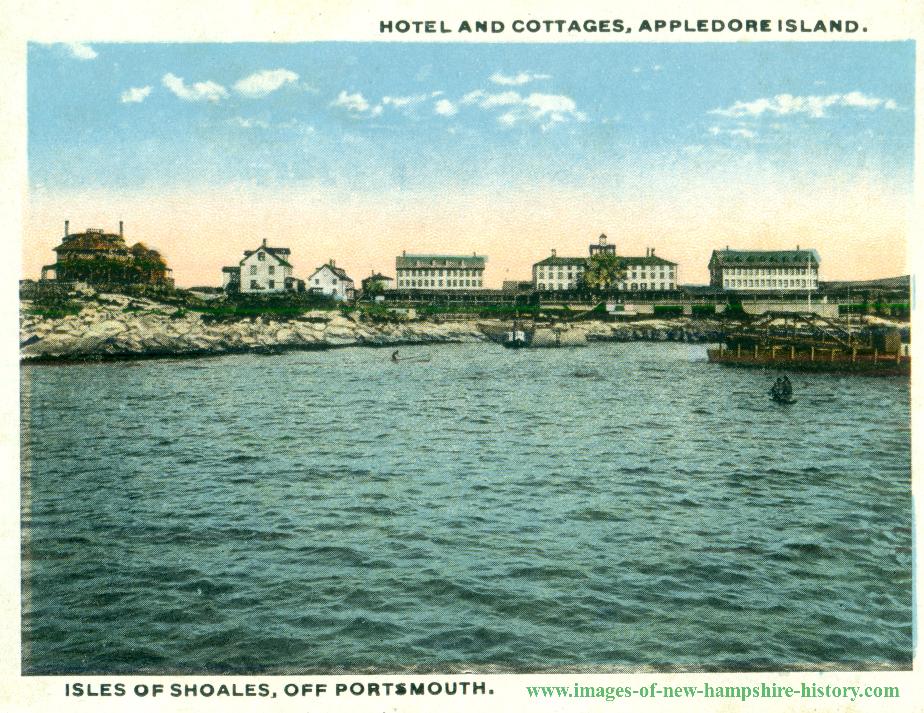
Austin-Lyman House, Austin St. Portsmouth (1940)
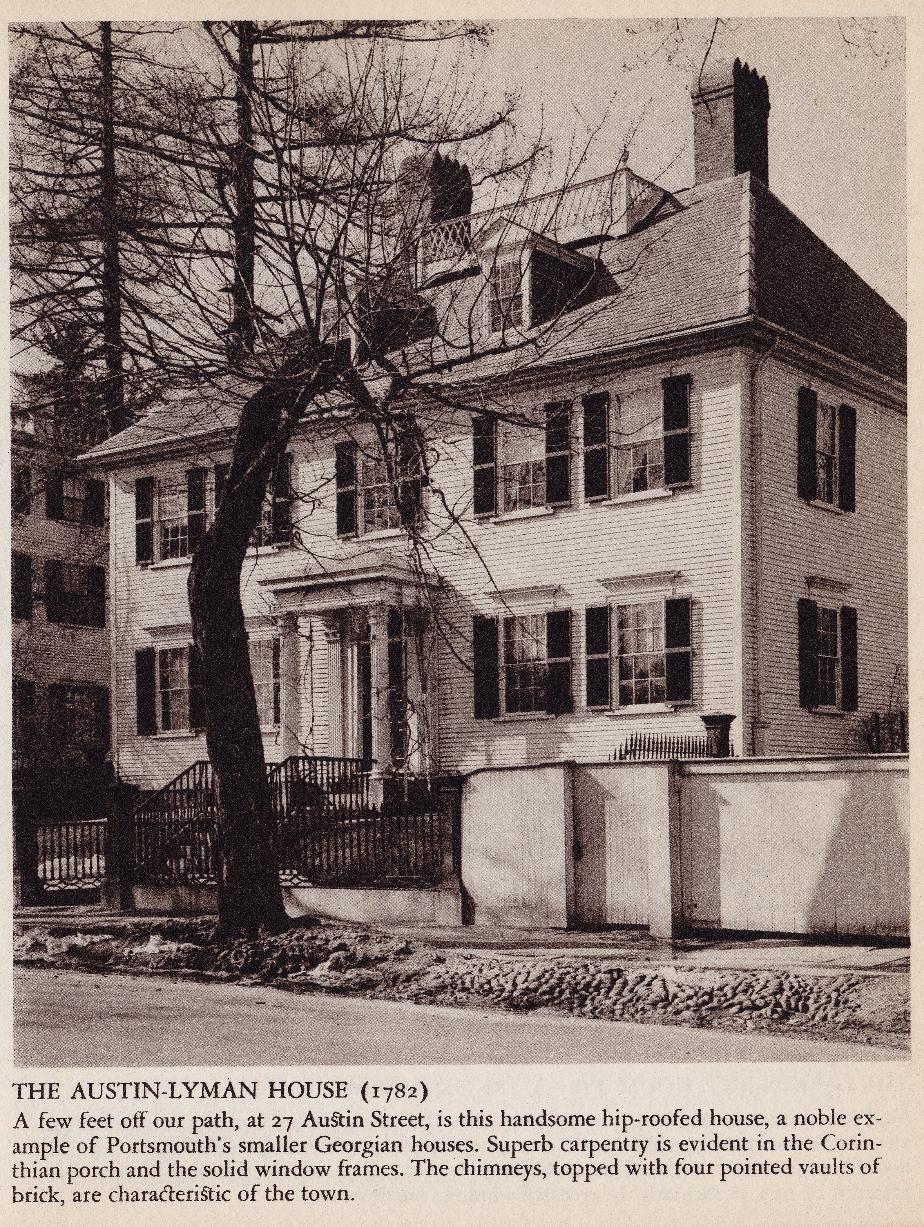
Colonel George Boyd House, Raynes & Maplewood Ave Portsmouth, 1774
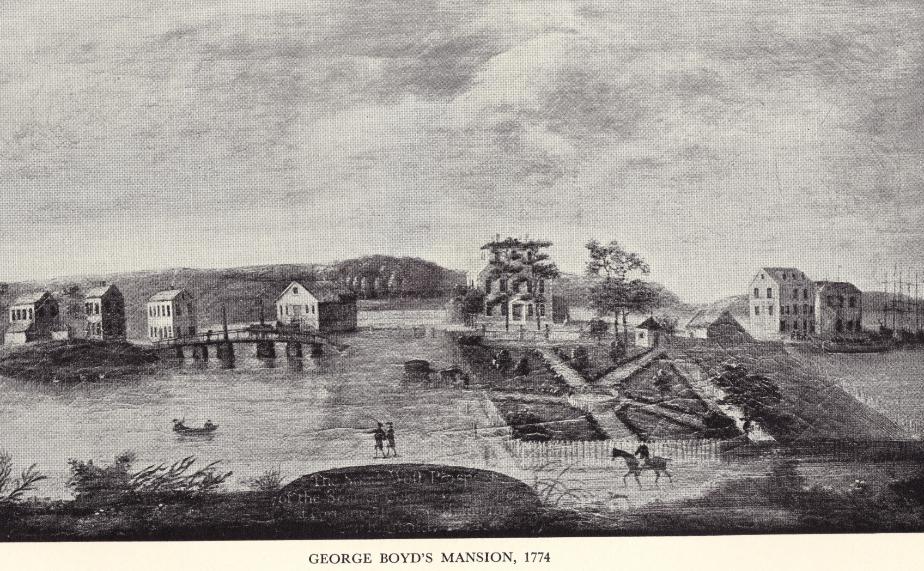
John H. Broughton Home, Middle St. Portsmouth (1895)
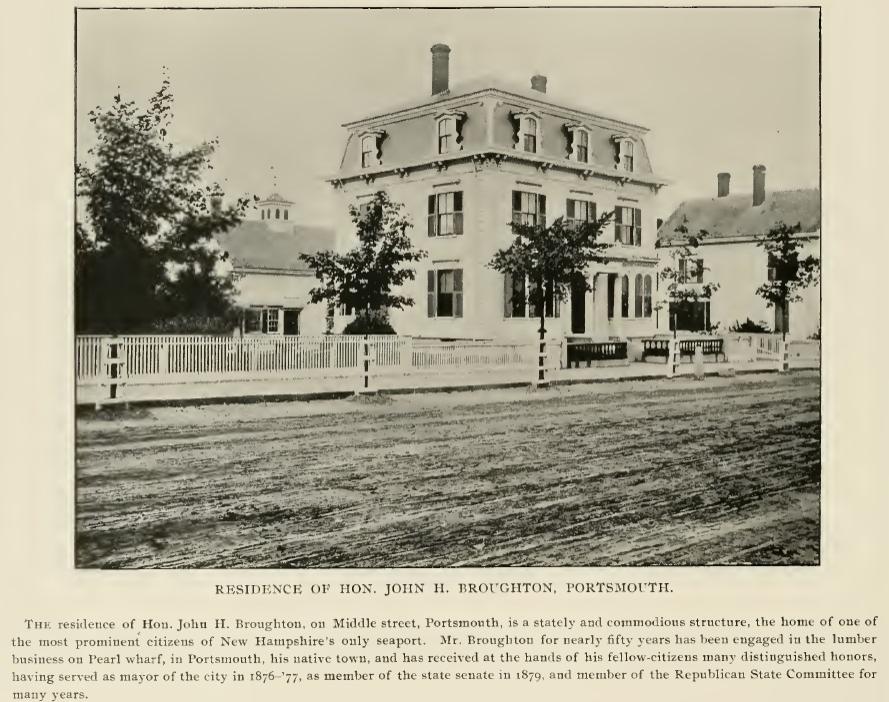
Chapel Street, Portsmouth - 1940
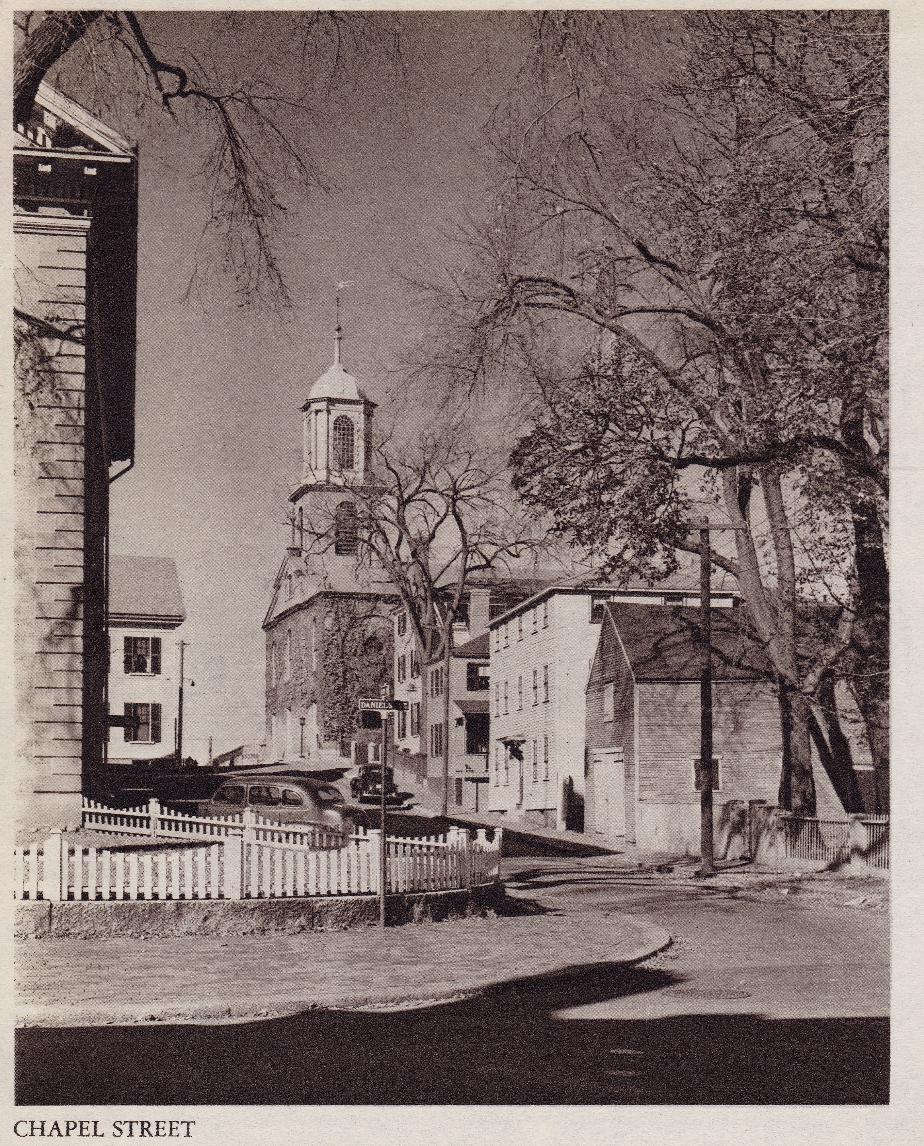
St. Charles Church - Dover NH
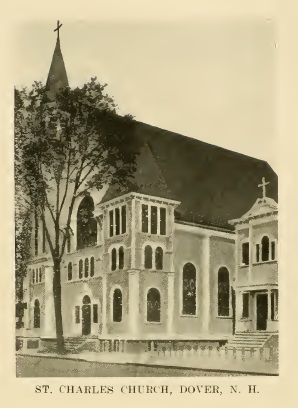
Christ Church - Madison Street, Portsmouth NH 1930

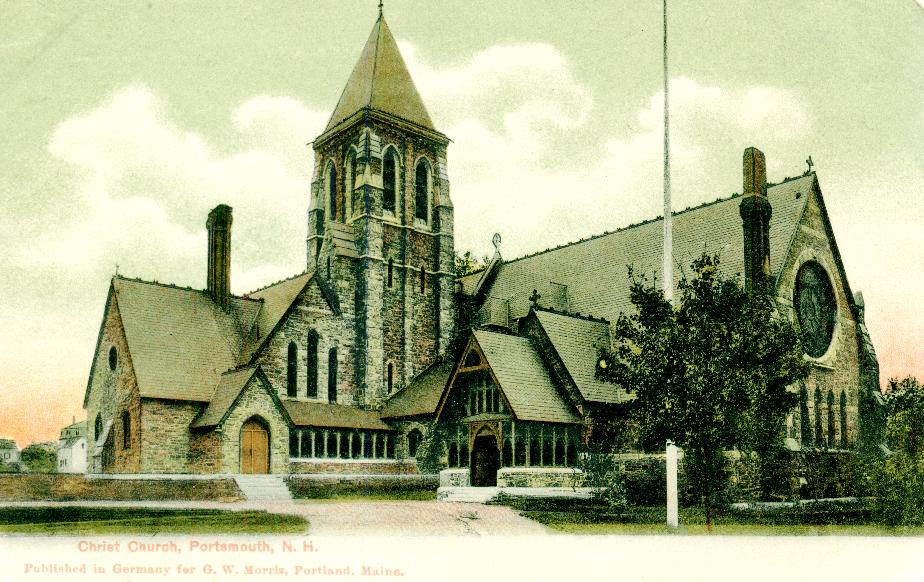
Commercial Fisherman's Memorial - Pierce Island , Portsmouth
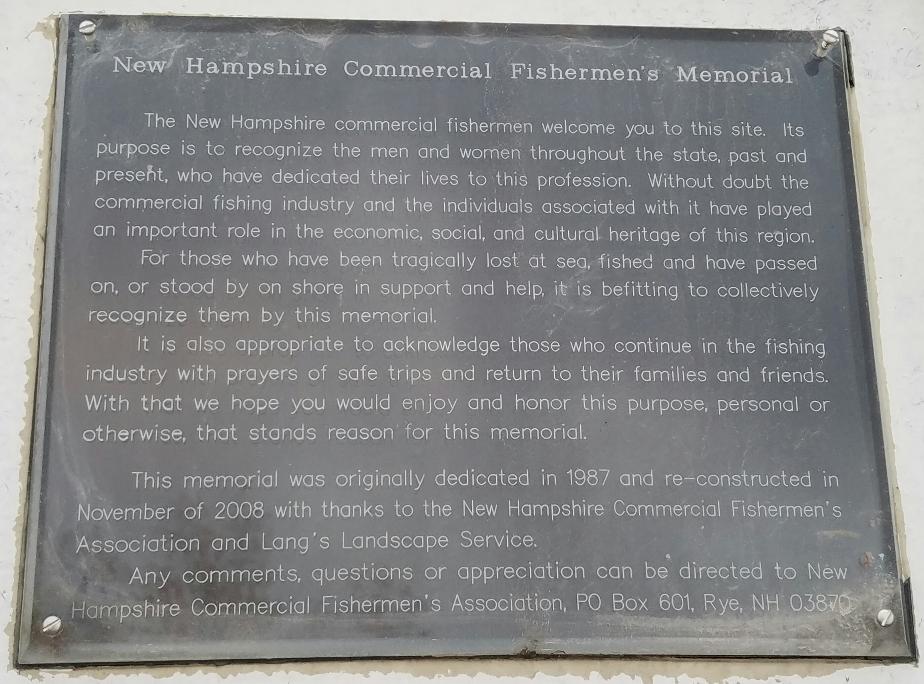
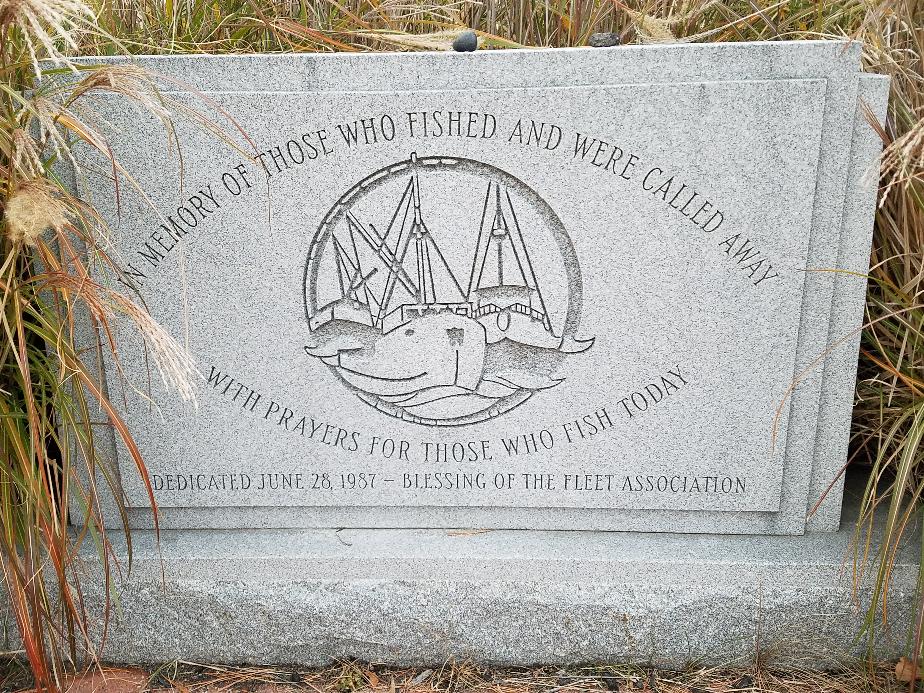
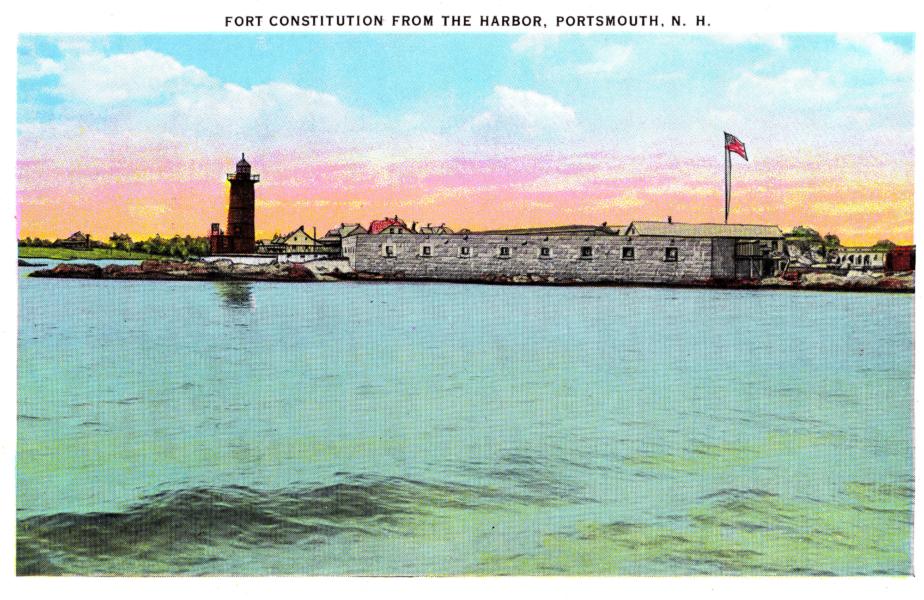
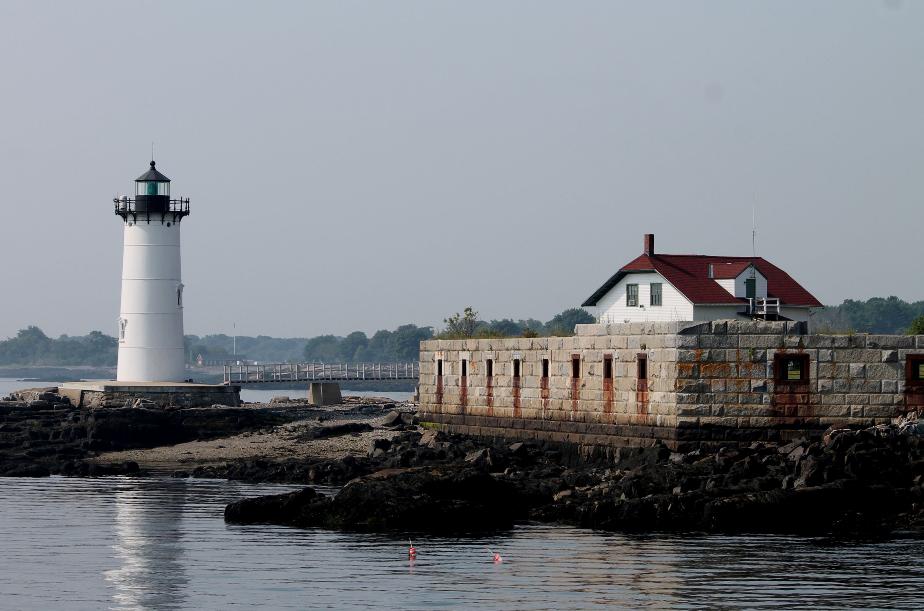
Cunner Rock, Rye Beach (1905)
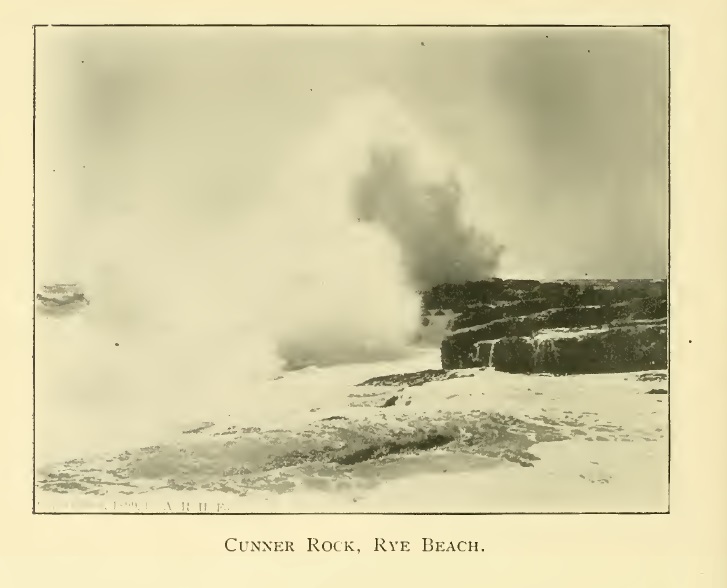
Edward Cutt House, Christian Shore Portsmouth (1940)
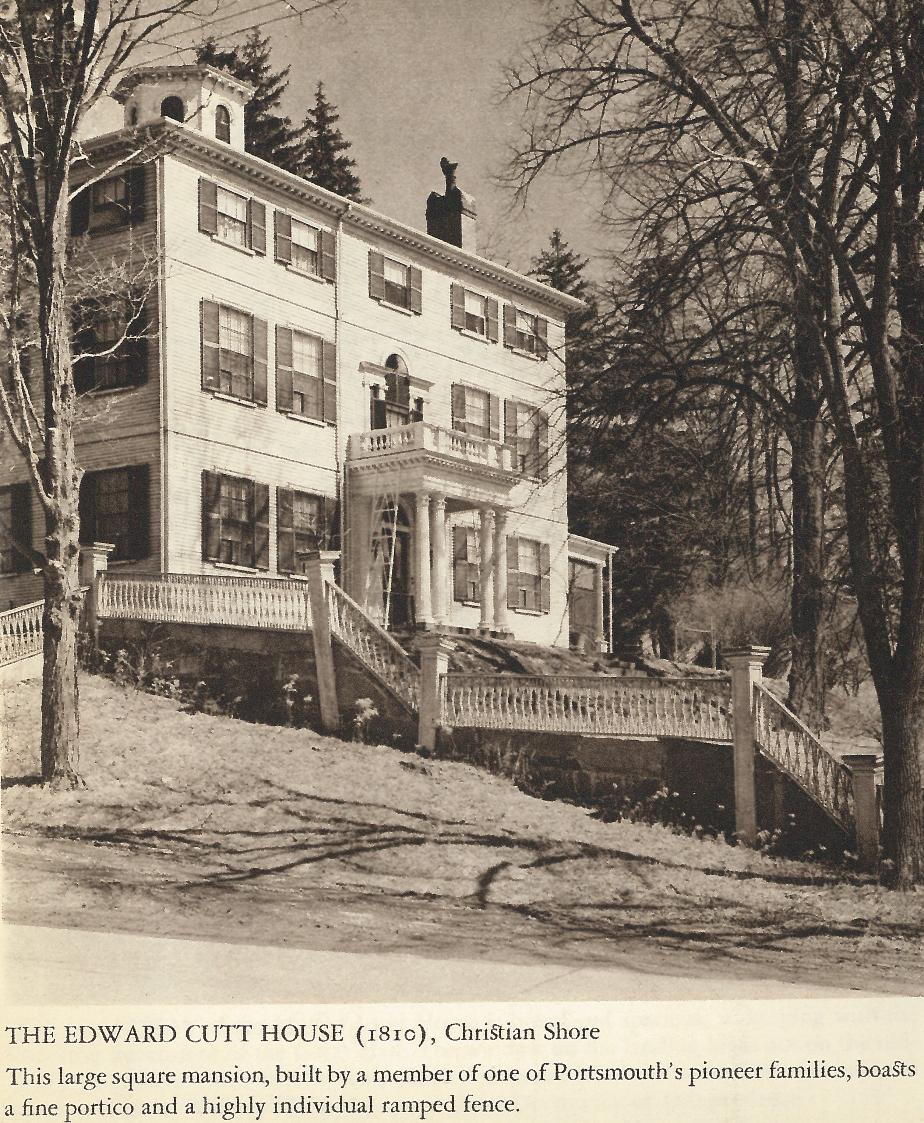
Cutter - Langdon Mansion, Portsmouth 1940
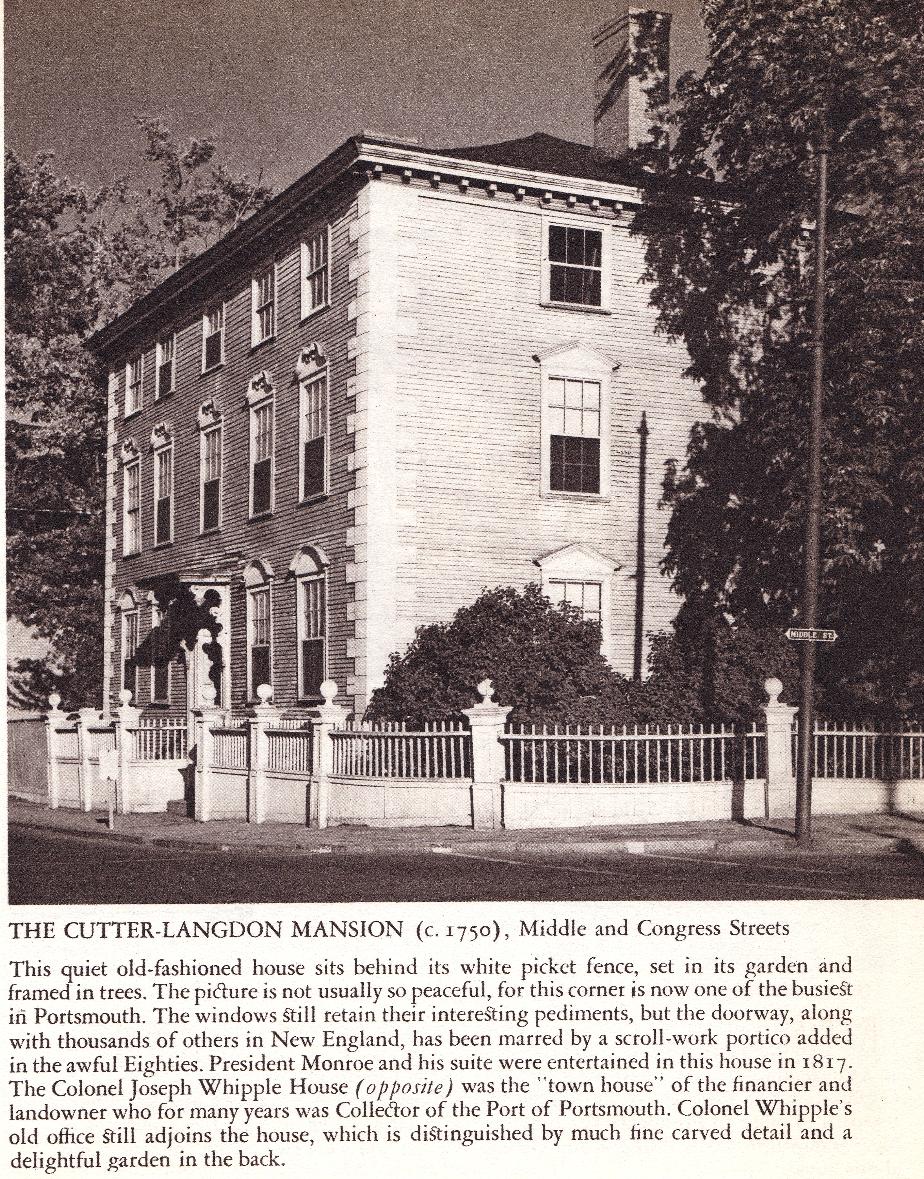

Durham Landing - 1825
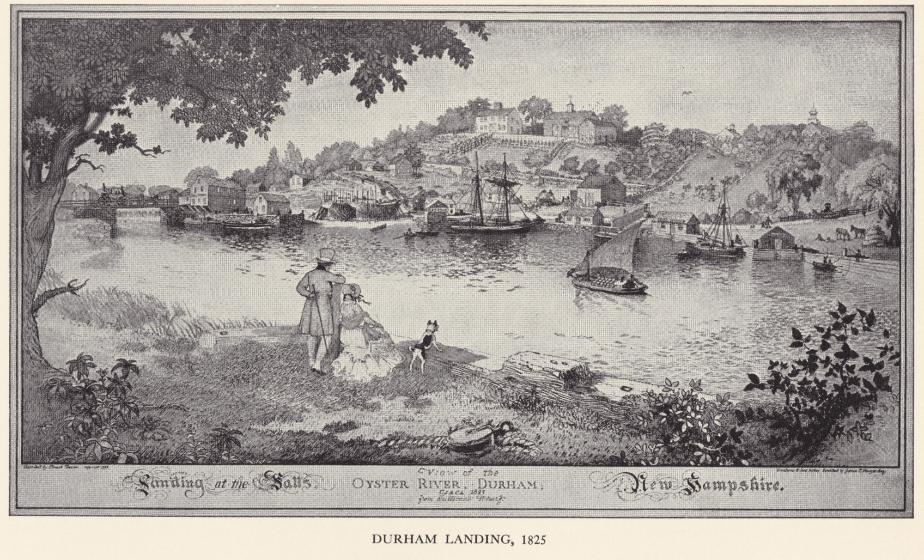
Durham Landing Painting at The Falls - Painted by UNH Professor John Hatch (1954)
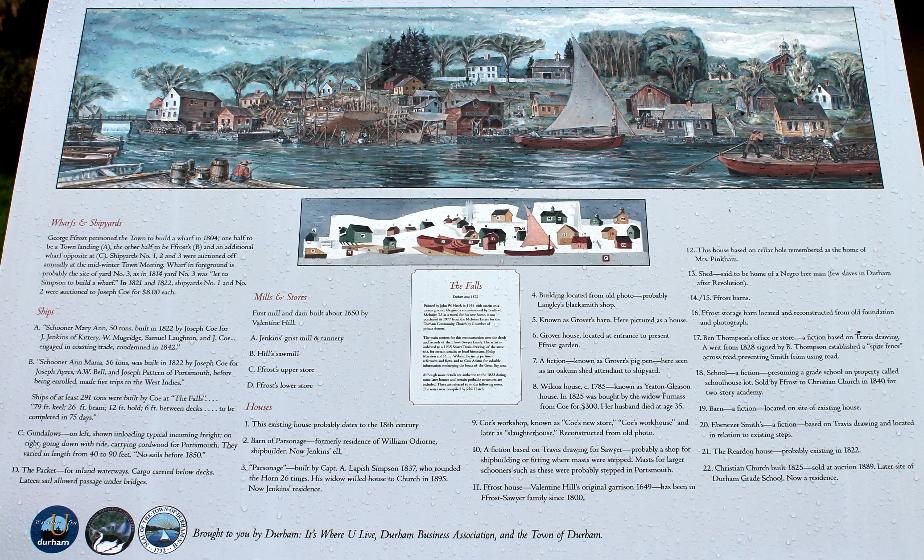
Elks Home Portsmouth NH - 1920
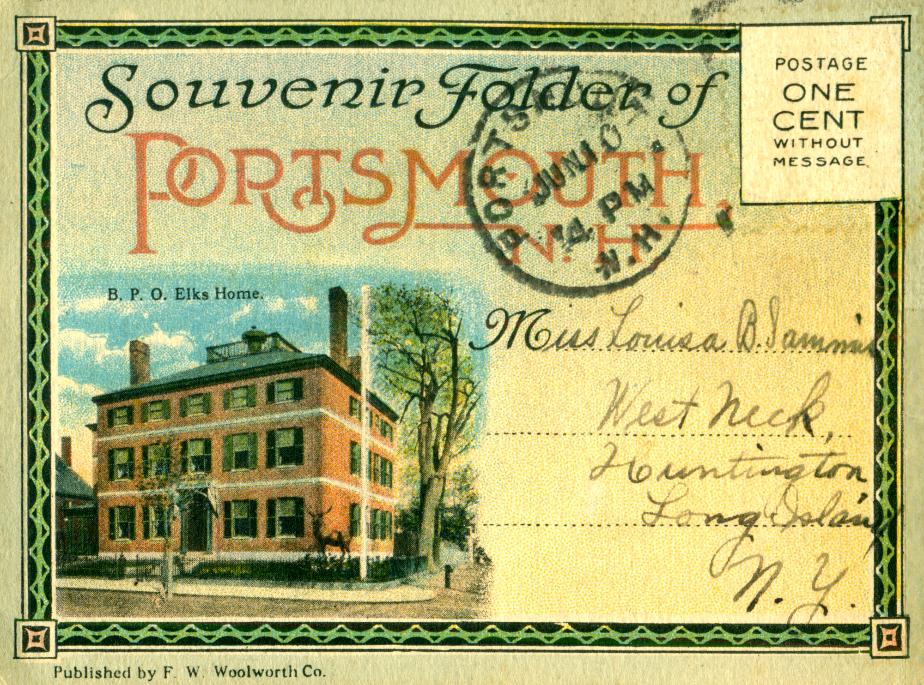
Samuel Emery Home, Maplewood Ave, Portsmouth NH (1895)
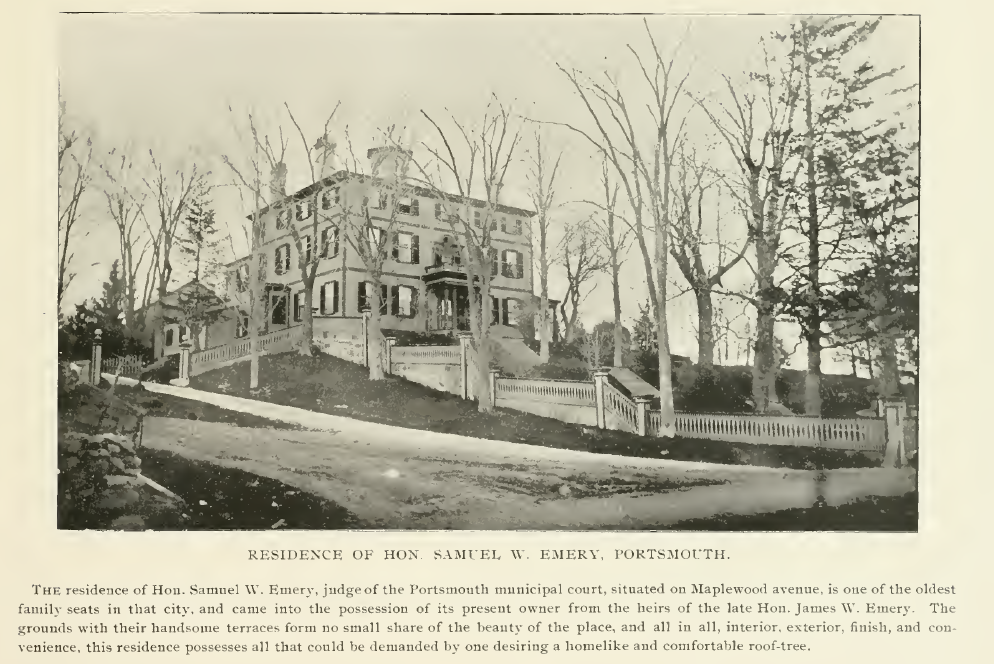
Fort Point Light, New Castle NH
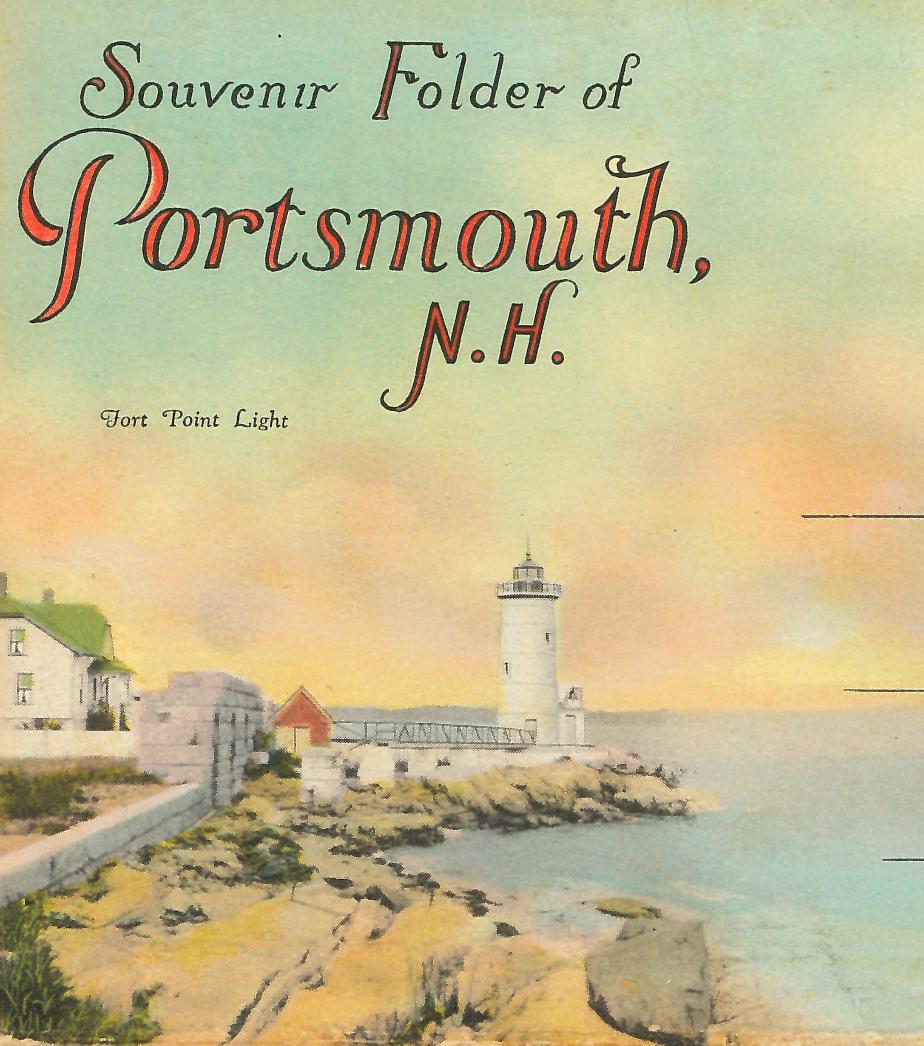
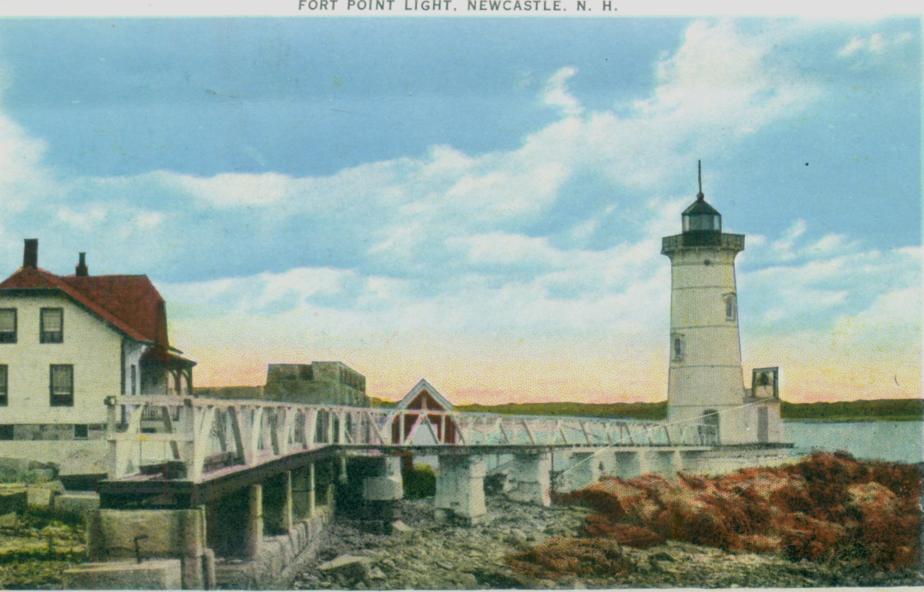
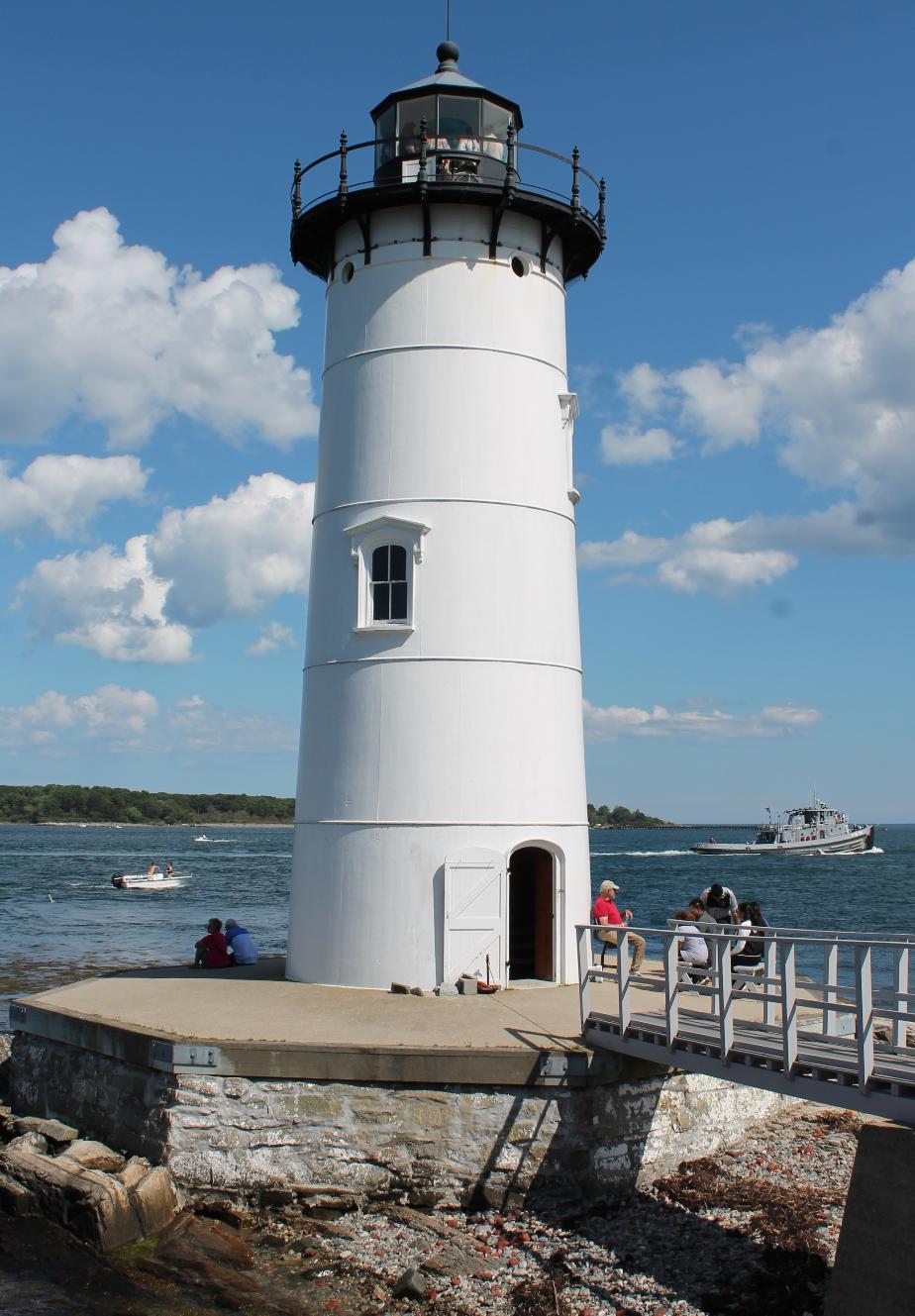
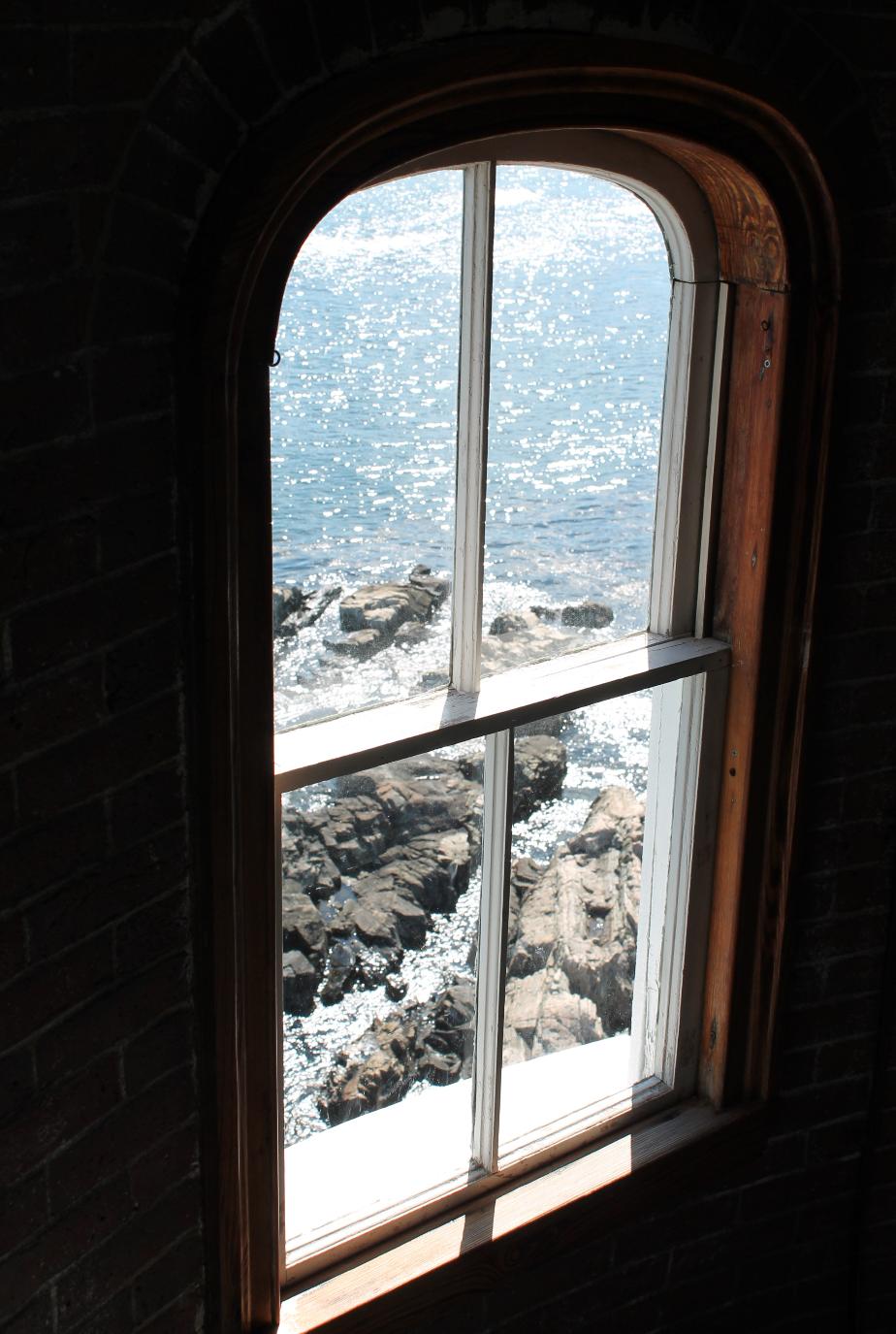
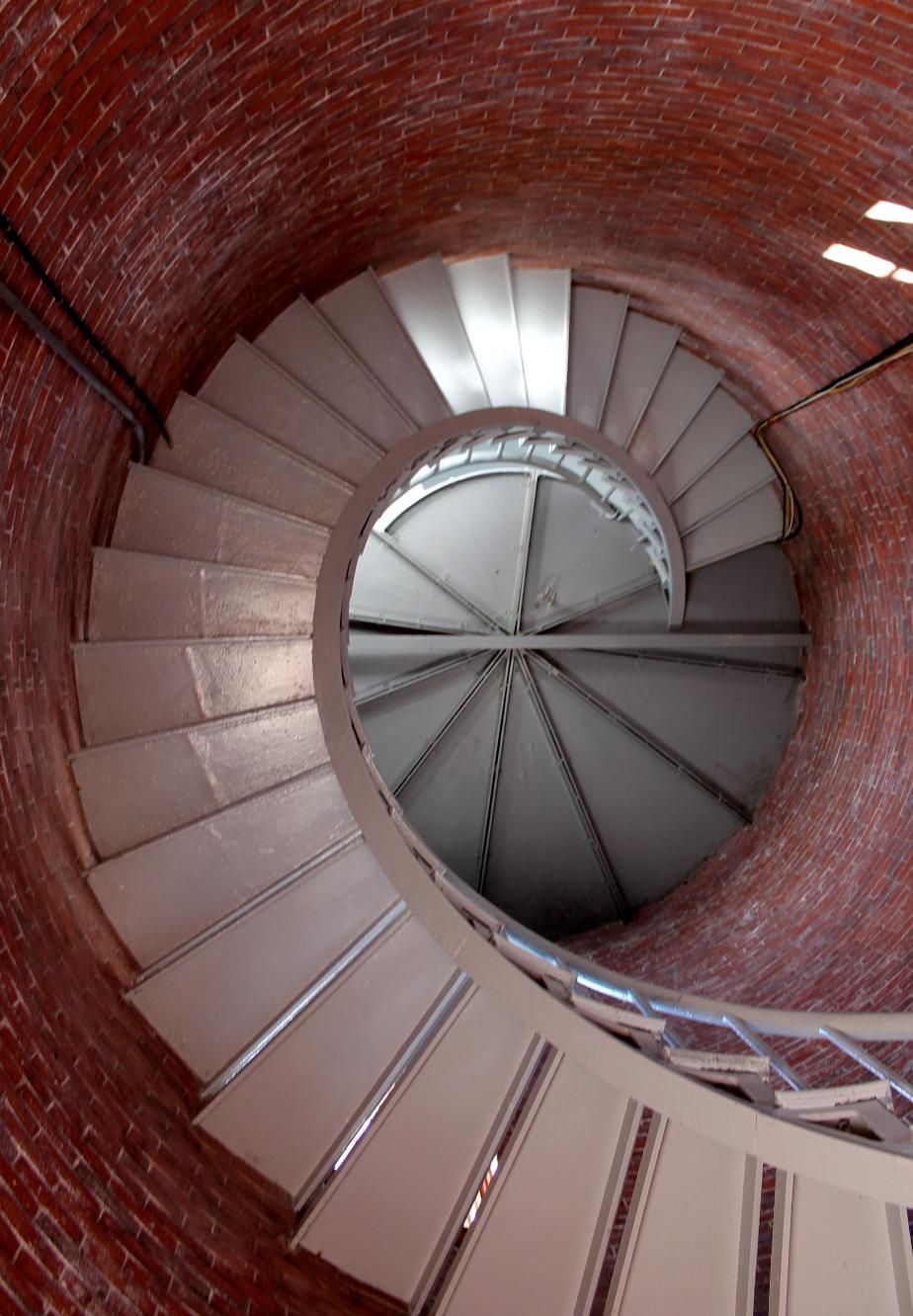

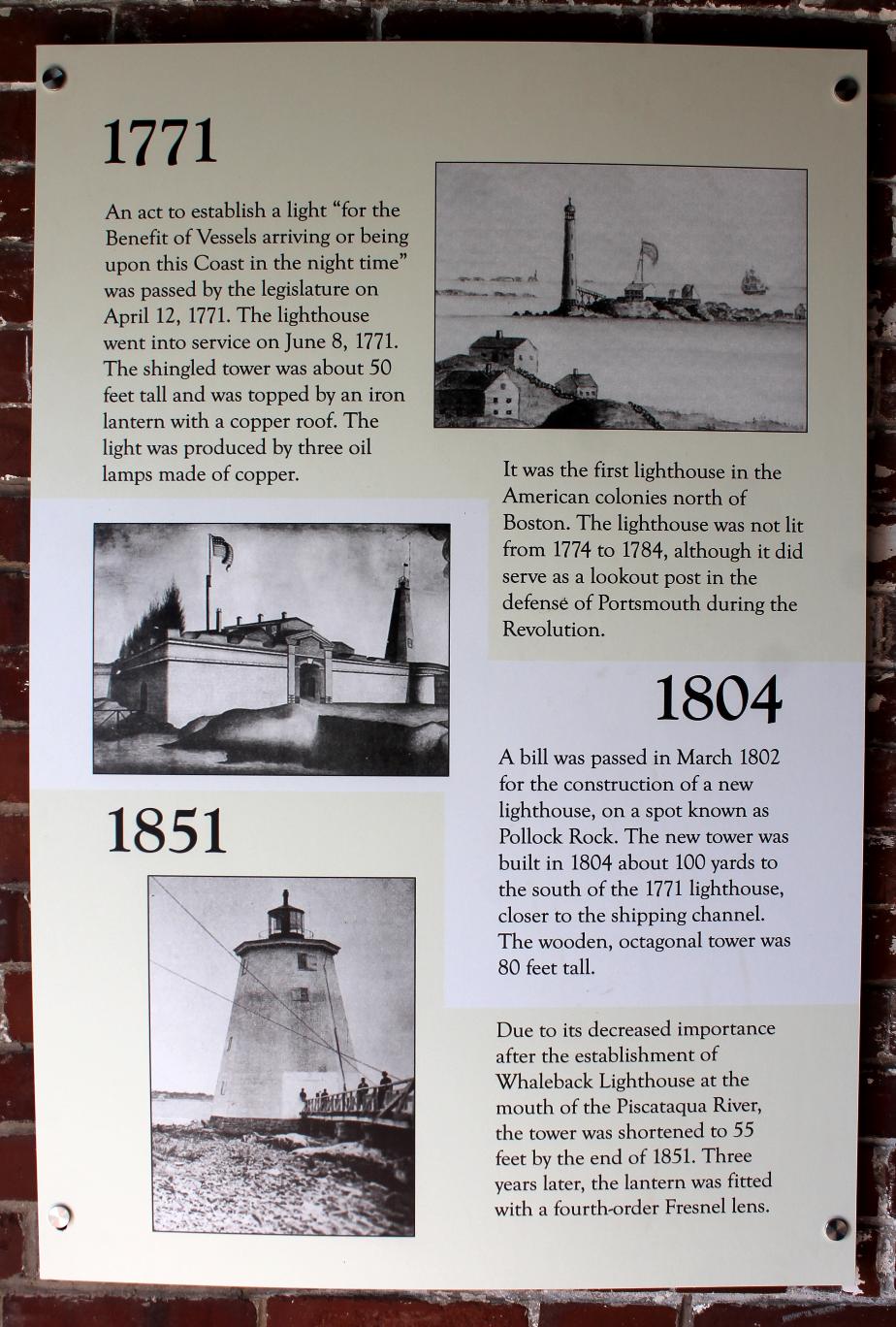

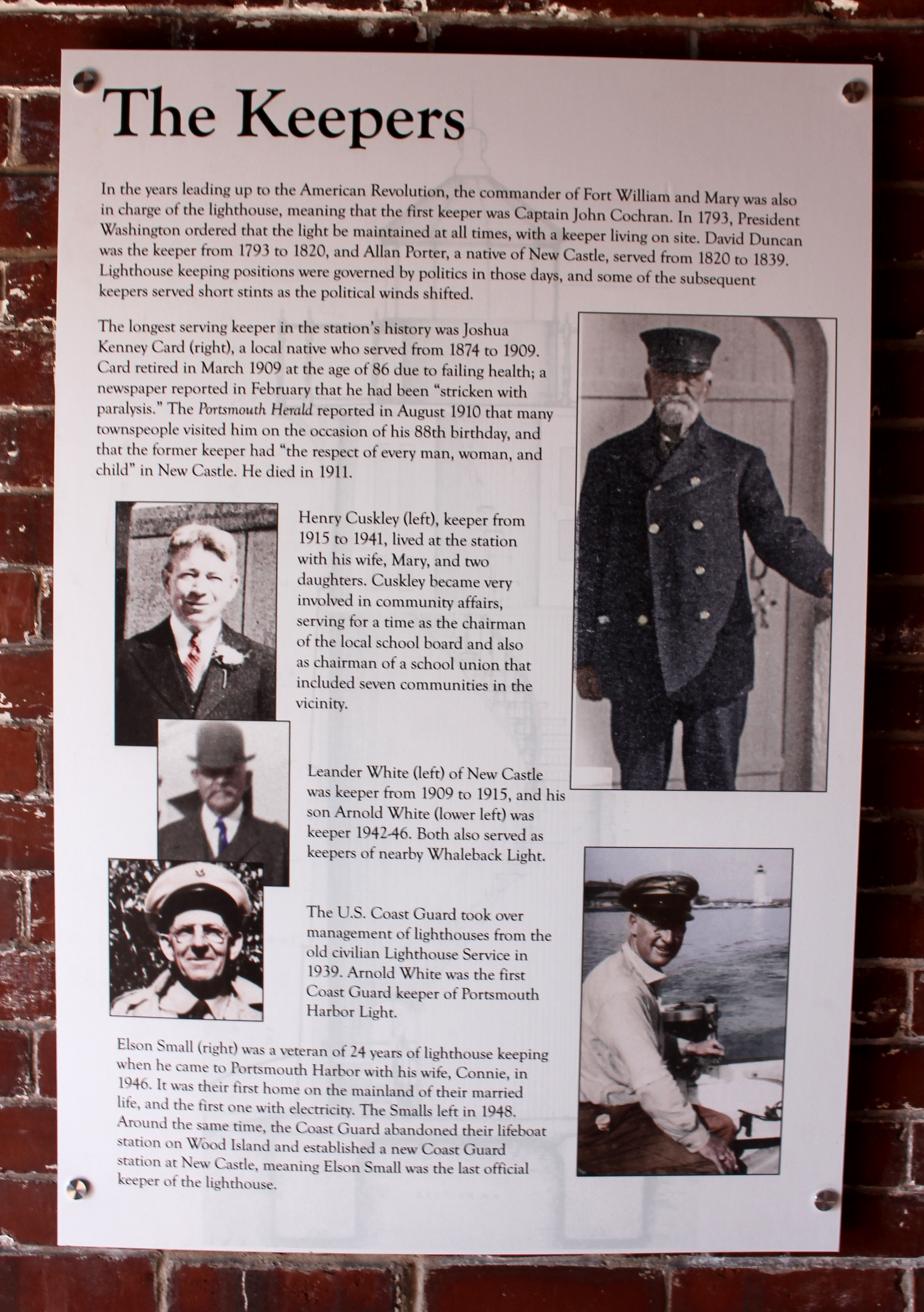
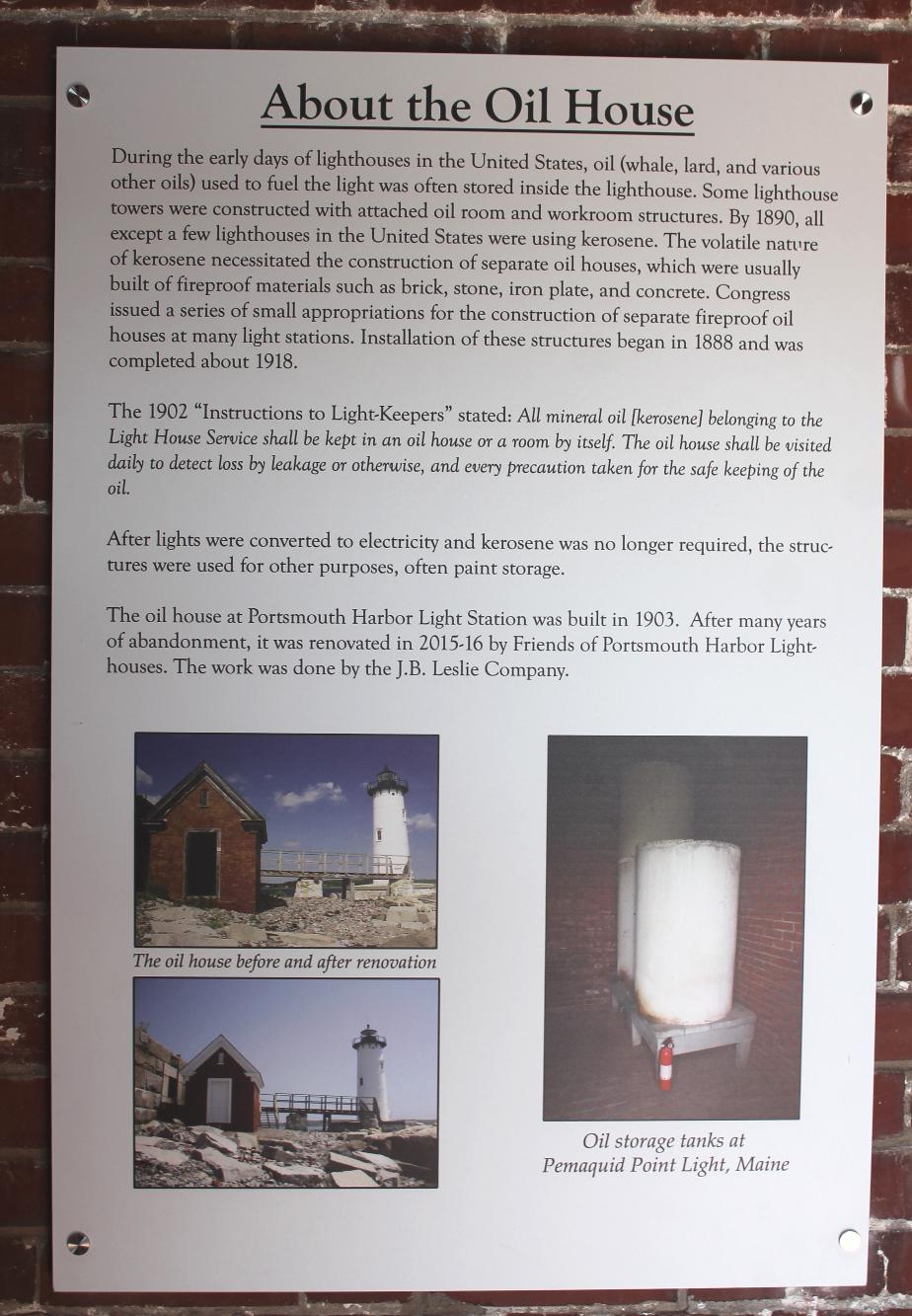
Wallace Hackett Residence - Middle St., Portsmouth (1895)
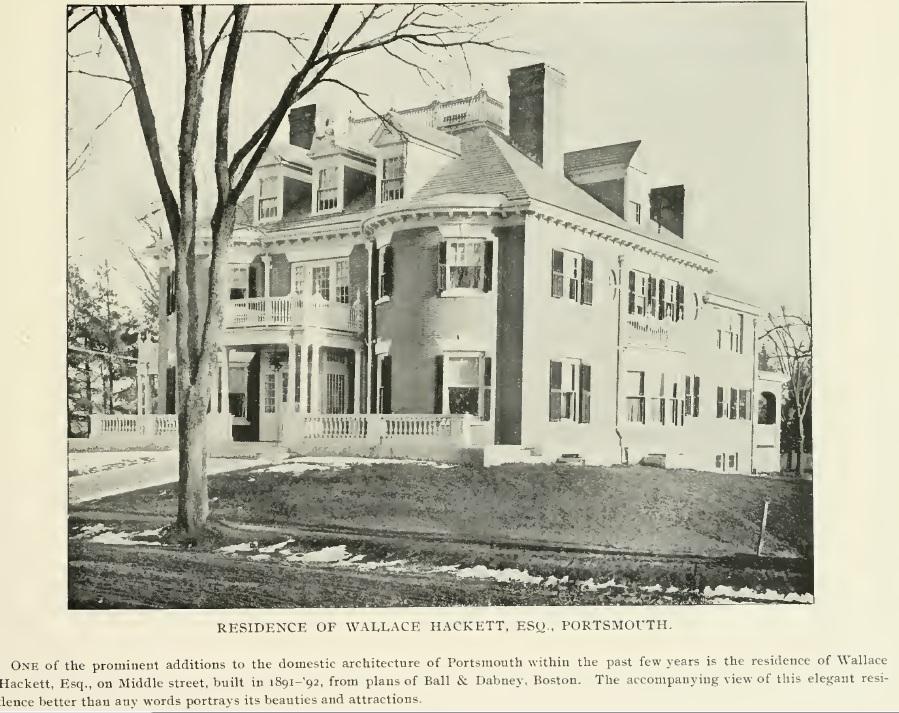
Hampton Beach Music Pavilion
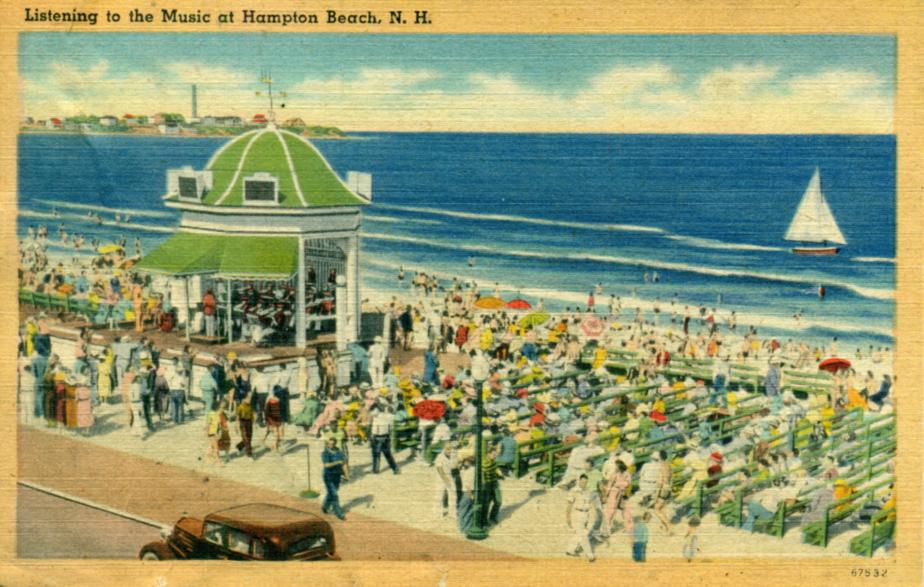
Hilton Point Historical Marker - Dover, New Hampshire
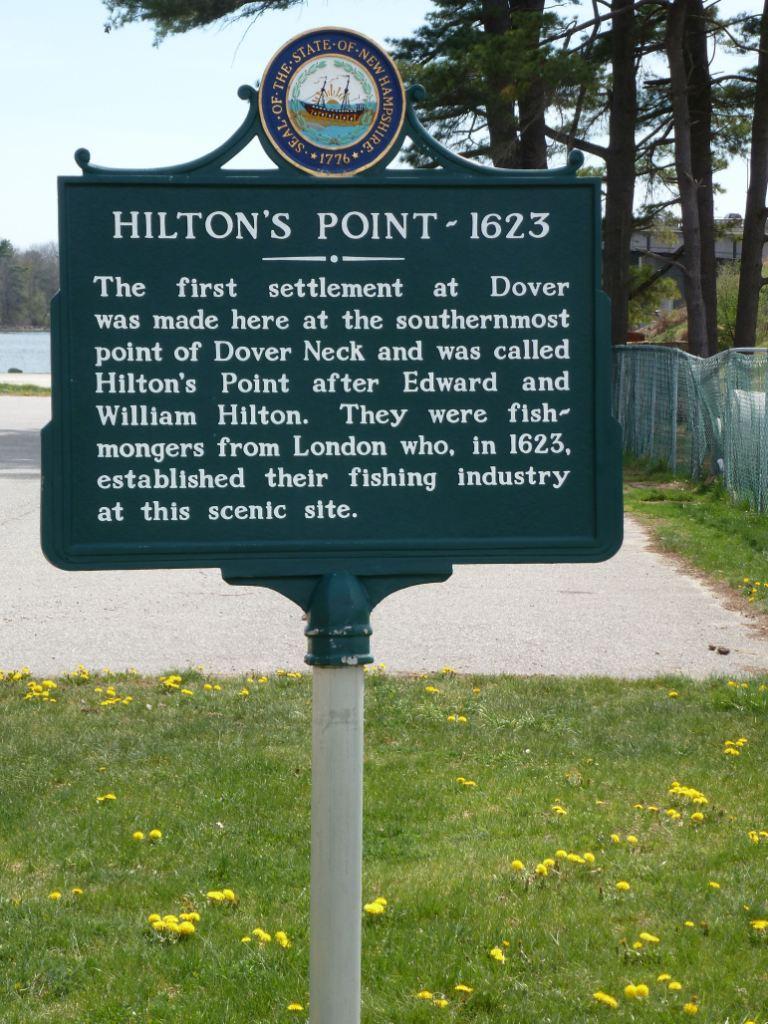
Charles Emerson Hovey Memorial Fountain, Prescott Park - Portsmouth, New Hampshire

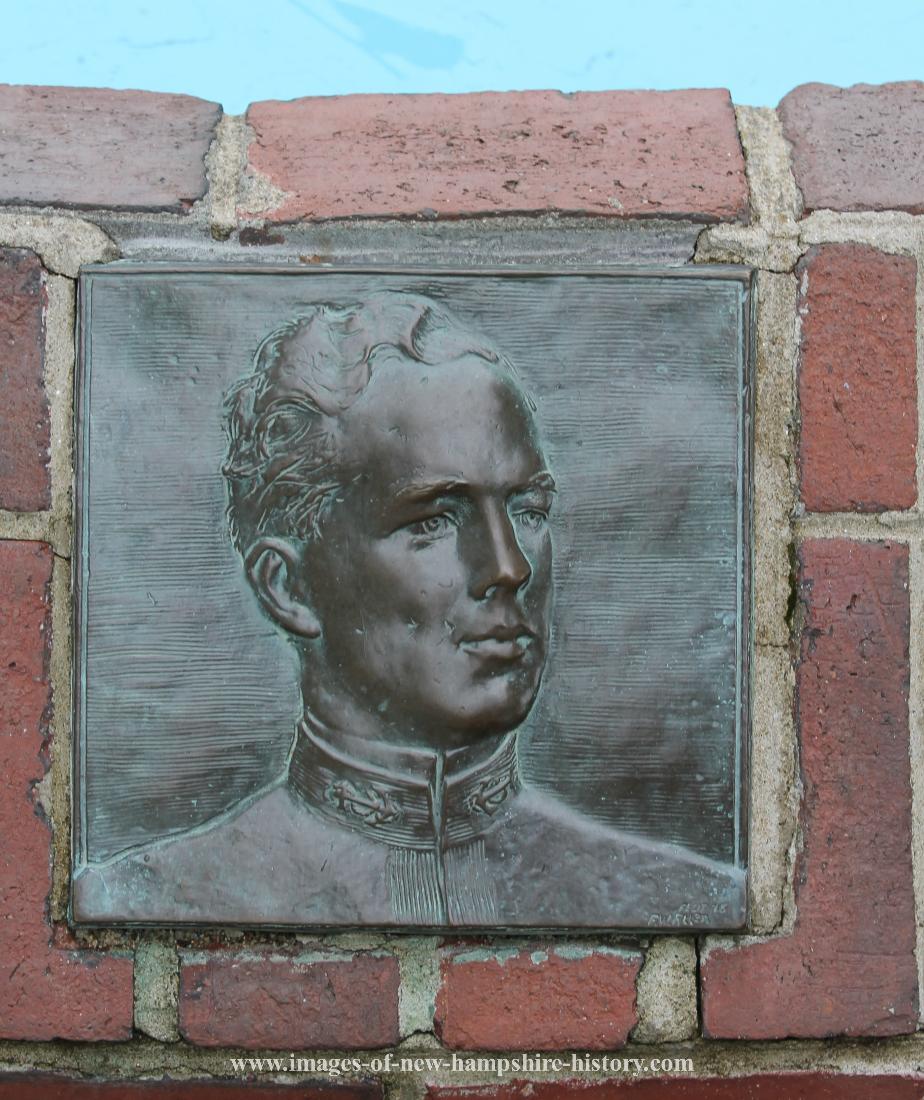
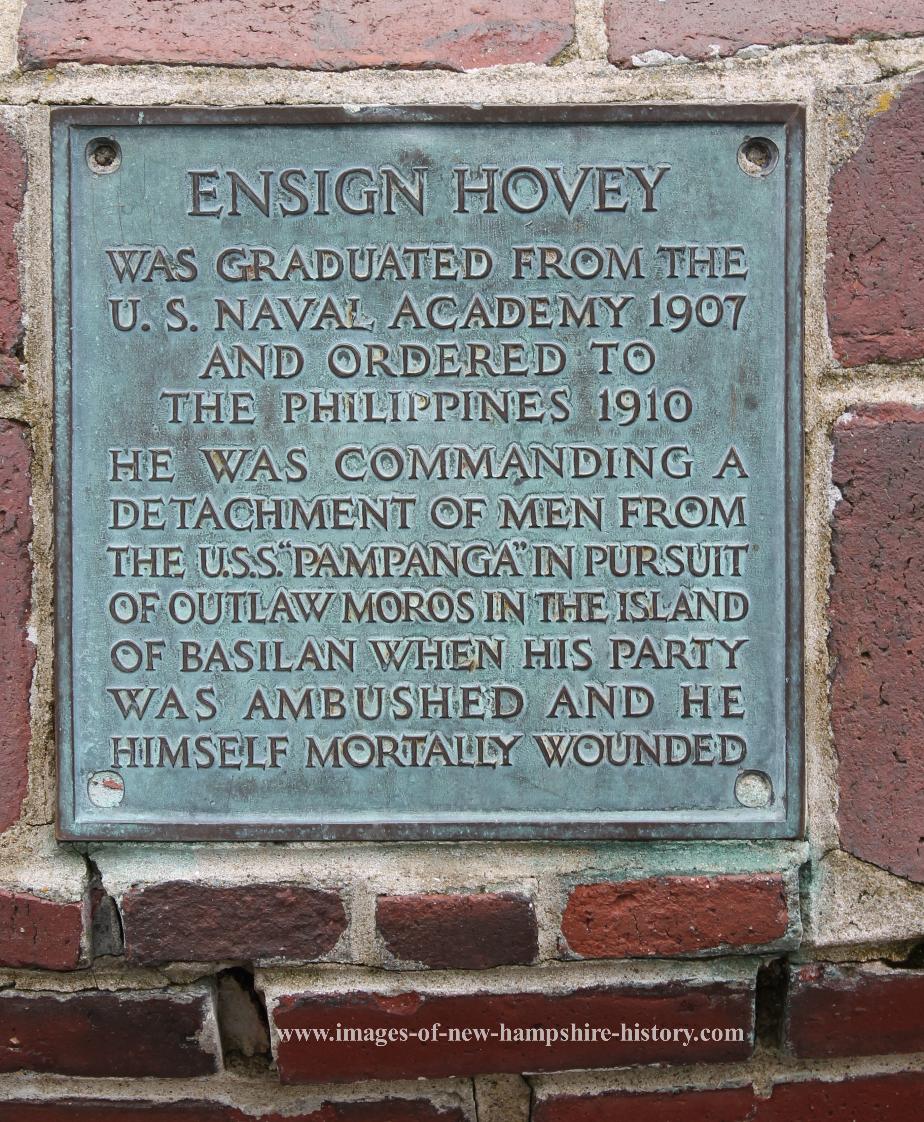
Charles Emerson Hovey (10 January 1885 – 24 September 1911) was an officer in the United States Navy during the Philippine-American War.
Born in Portsmouth, New Hampshire, Ensign Hovey graduated from the United States Naval Academy in 1907. He served aboard the USS Pampanga (PG-39) in the Philippines in 1911. While in charge of a shore party on the island of Basilan, Ensign Hovey was killed by gunshot when attacked by natives on 24 September 1911.
USS Hovey (DD-208) was named for him. Veterans of Foreign Wars post #168 in Portsmouth, New Hampshire, is named for him as Emerson Hovey. There is some irony in this - the Philippine conflict was not classified as a "foreign war" at the time of his death, since the Philippines was then a U.S. colony. There is a fountain in Portsmouth's waterfront Prescott Park honoring him.
Isles of Shoals Historical Marker, Rye
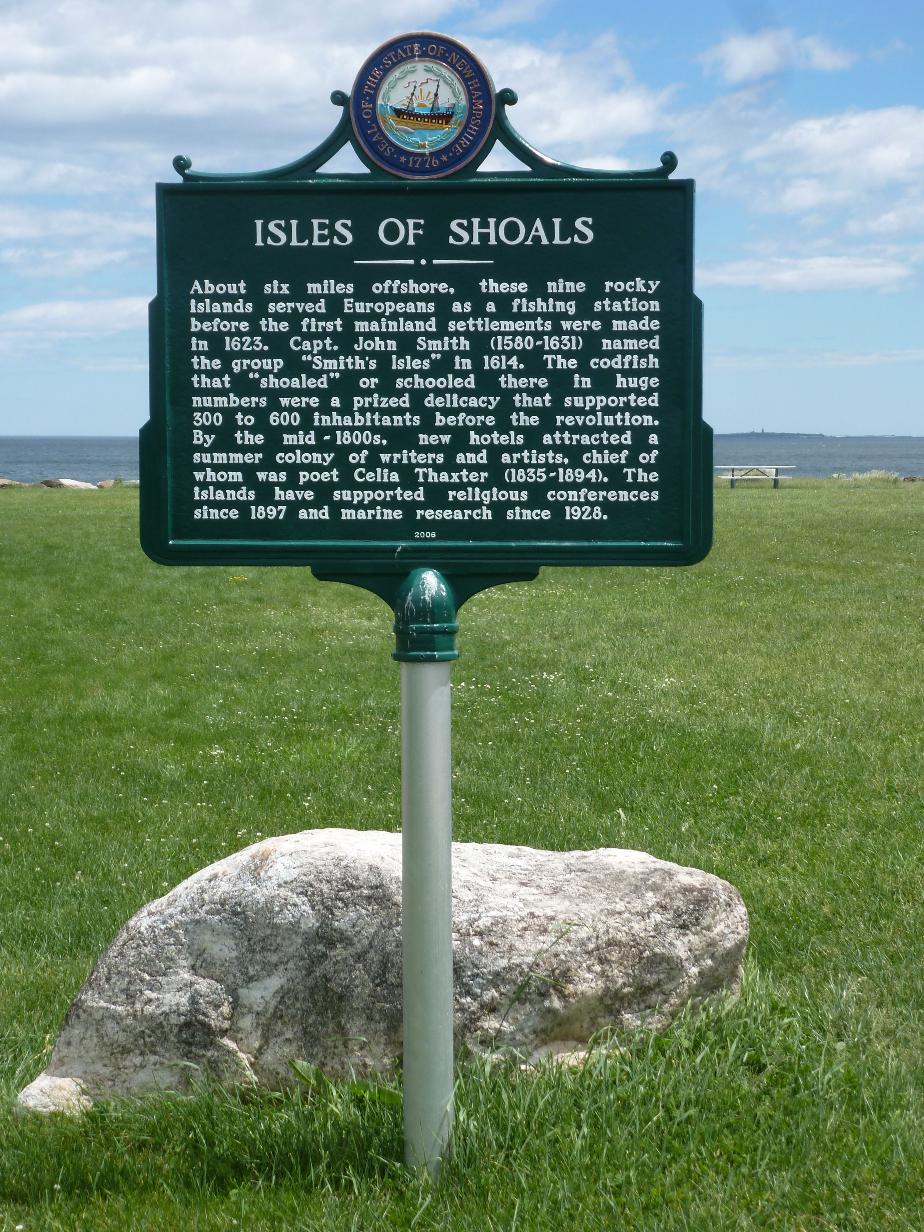
Richard Jackson House, Northwest St, Portsmouth NH
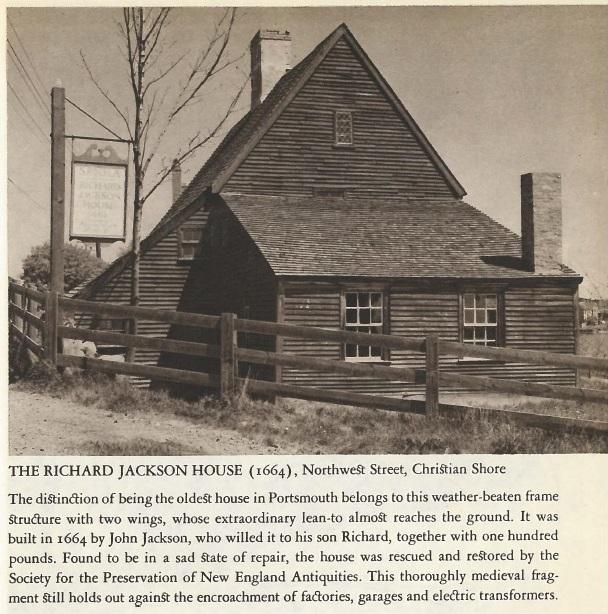
Richard Jackson House - Northwest Street , Portsmouth (1930)
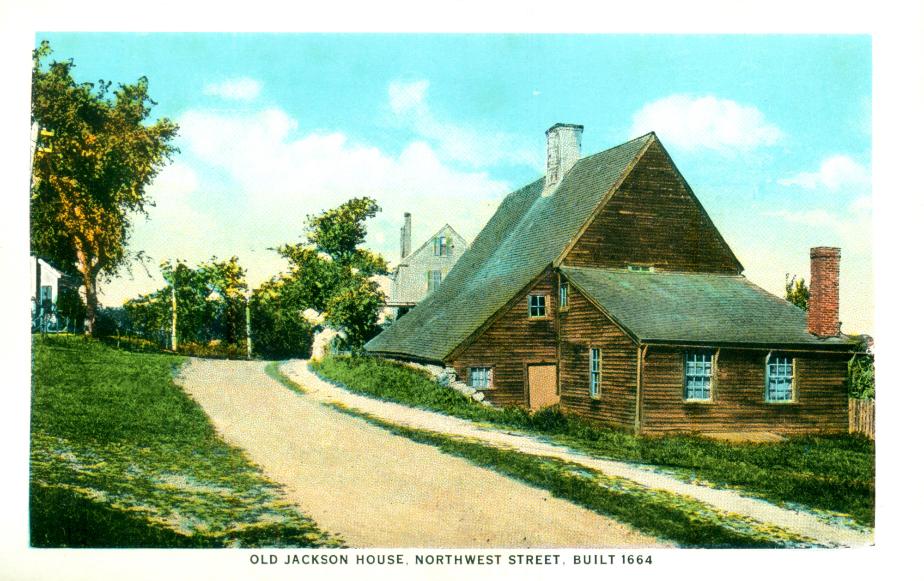
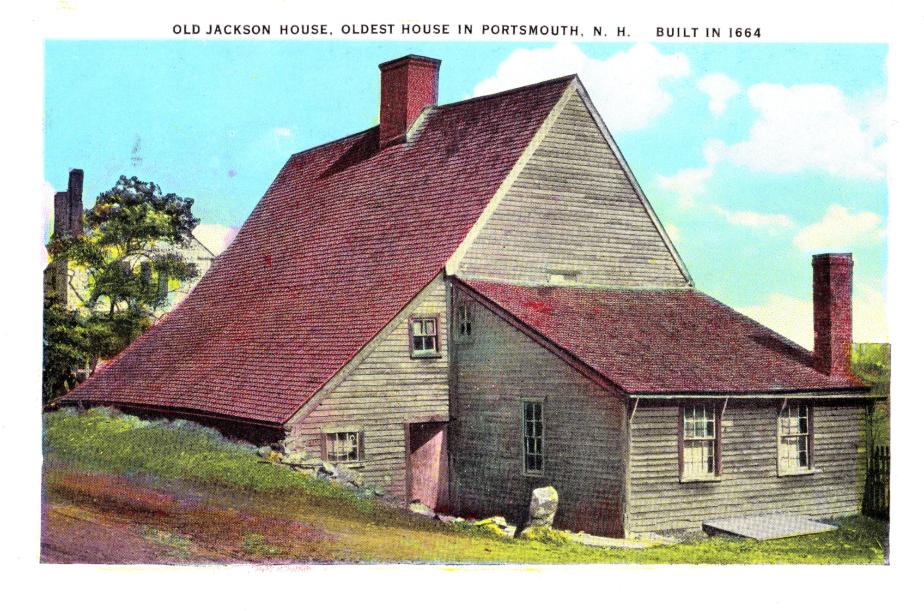
St. Johns Church - Chapel St -Portsmouth NH 1920
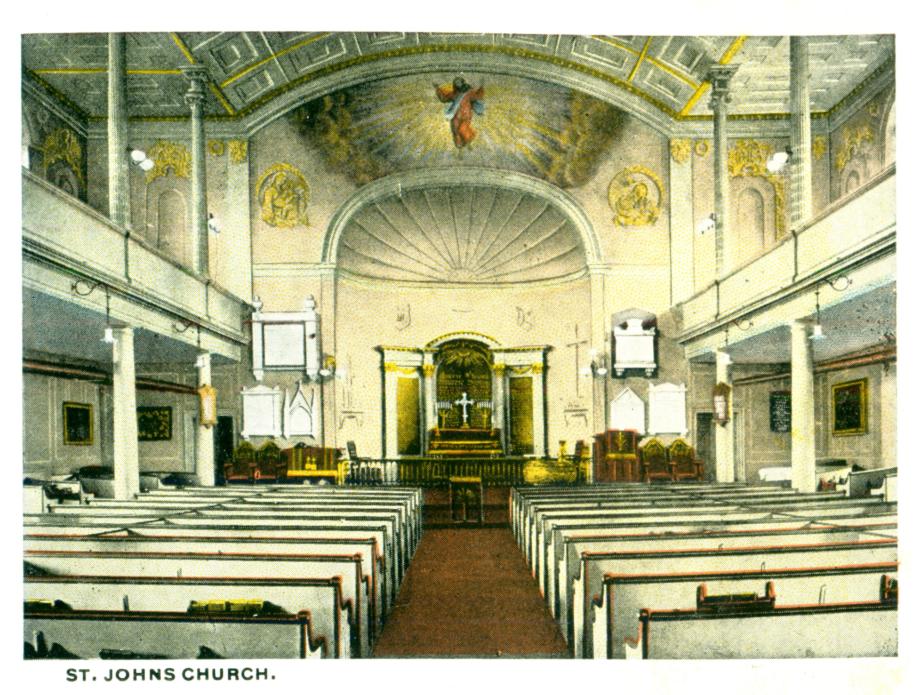
St. John's Church -Chapel St- Portsmouth (1940)
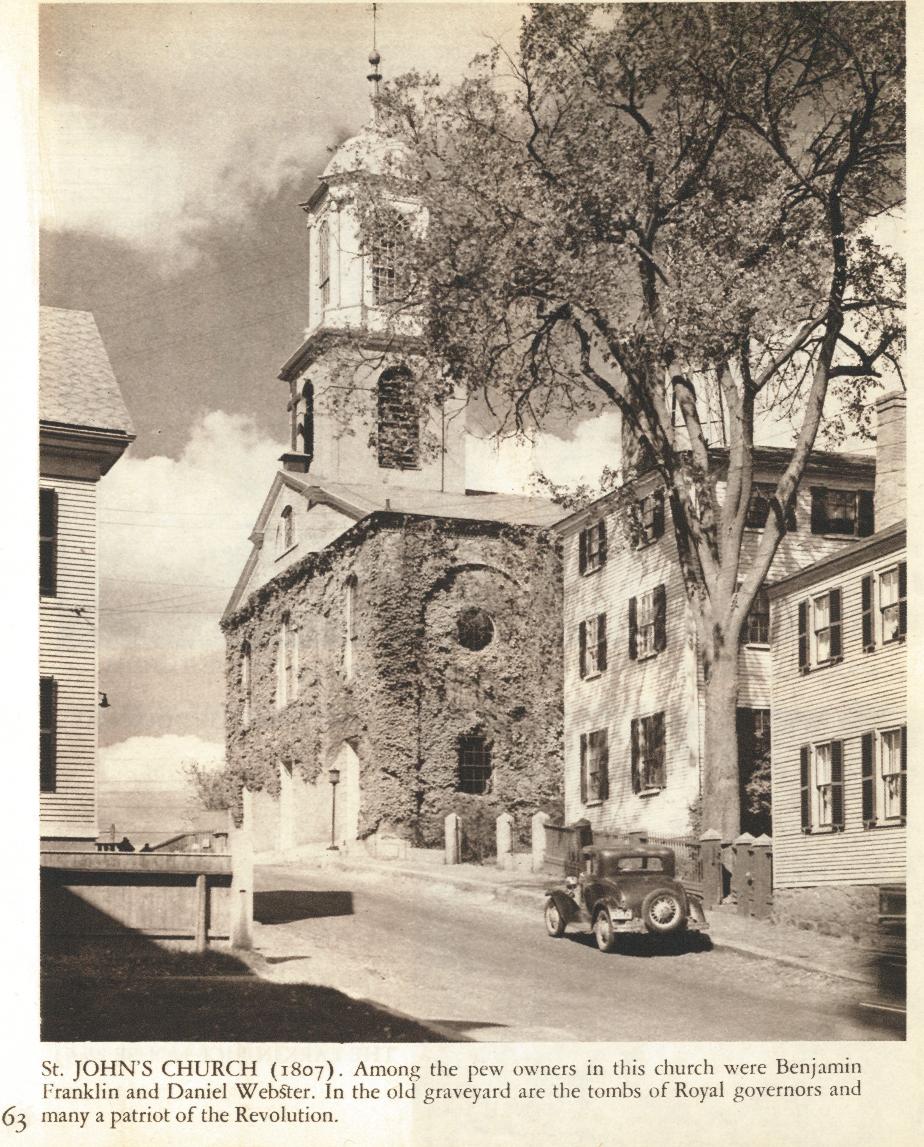
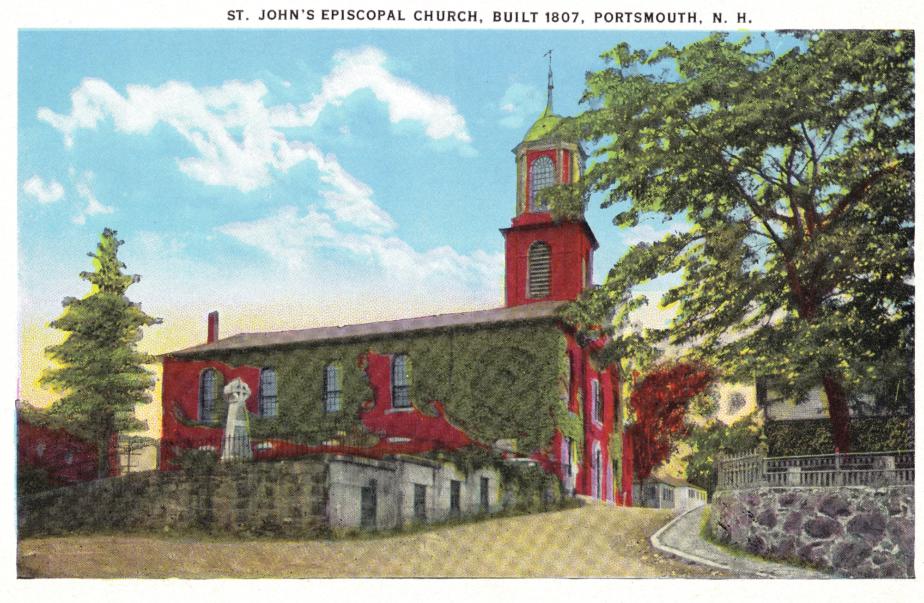
Frank Jones Mansion, Portsmouth (1895)
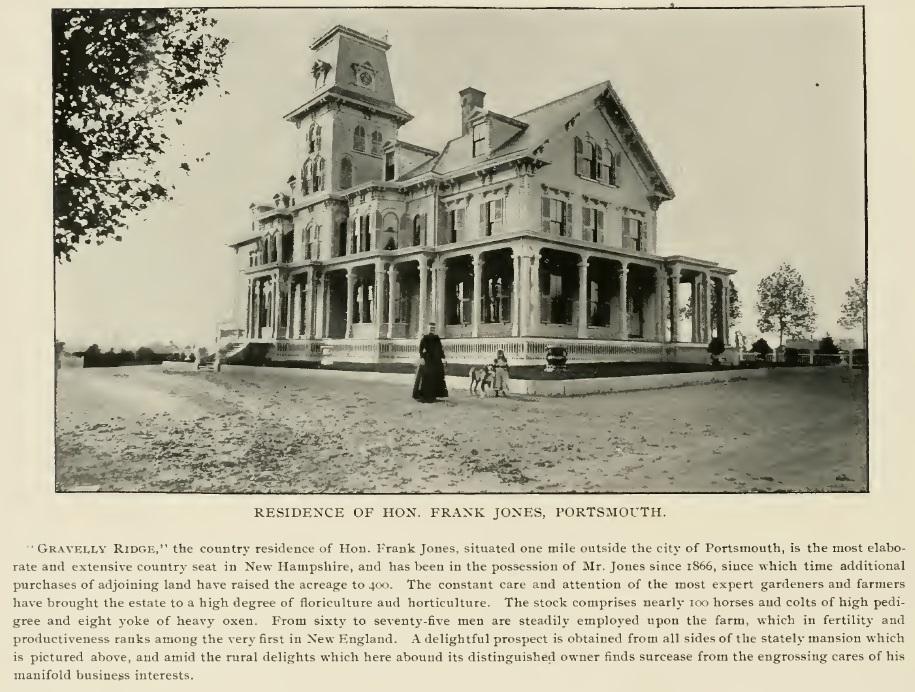
John Paul Jones House, Middle/State St Portsmouth 1940
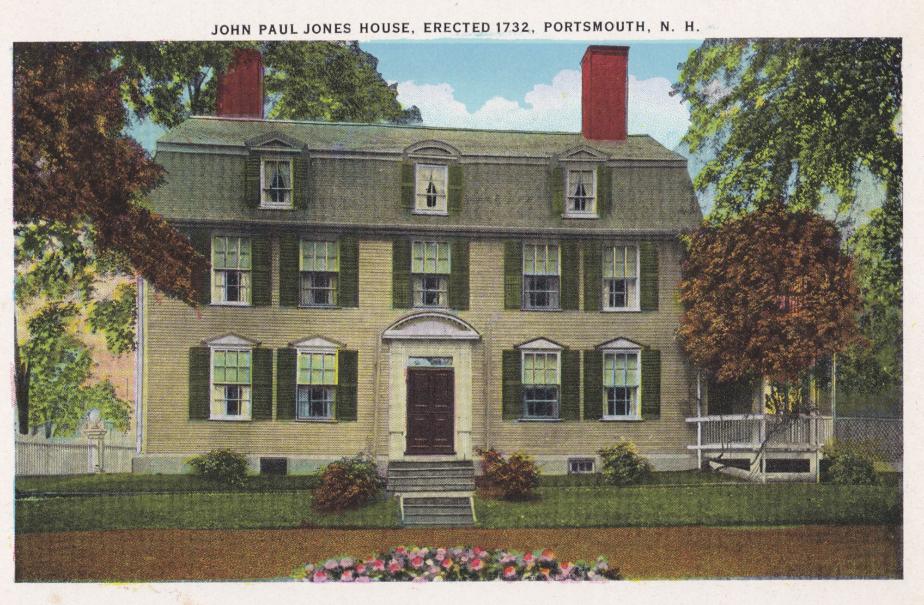
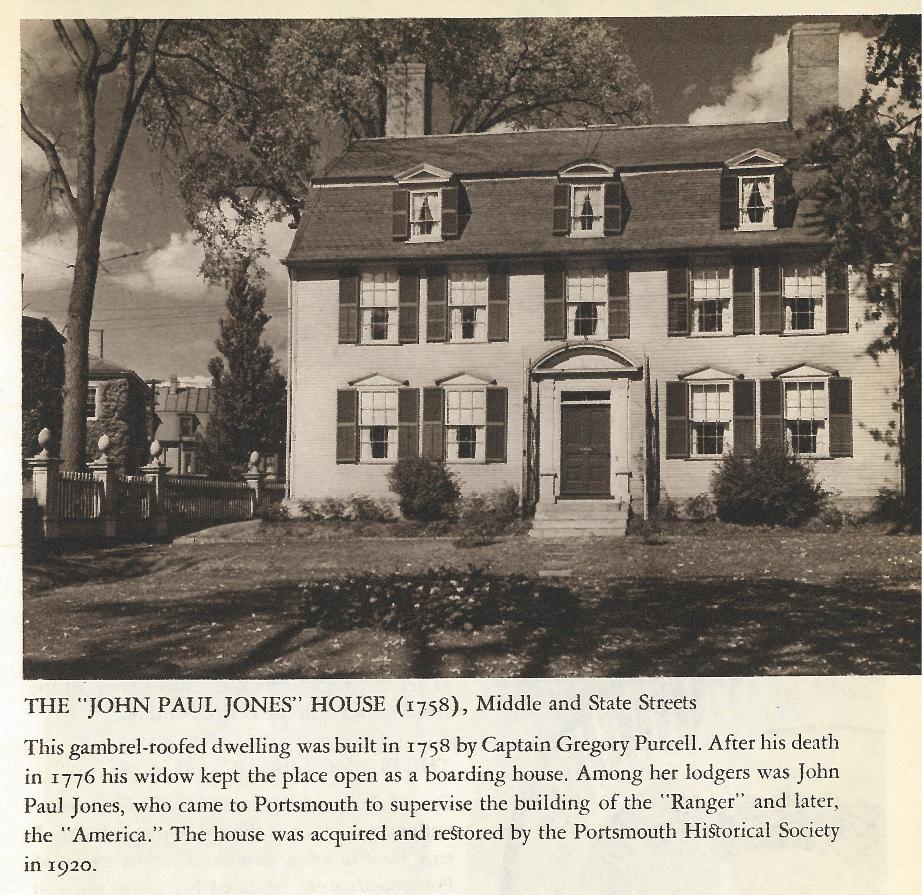
Soldiers Monument - Goodwin Park, Portsmouth (1930)
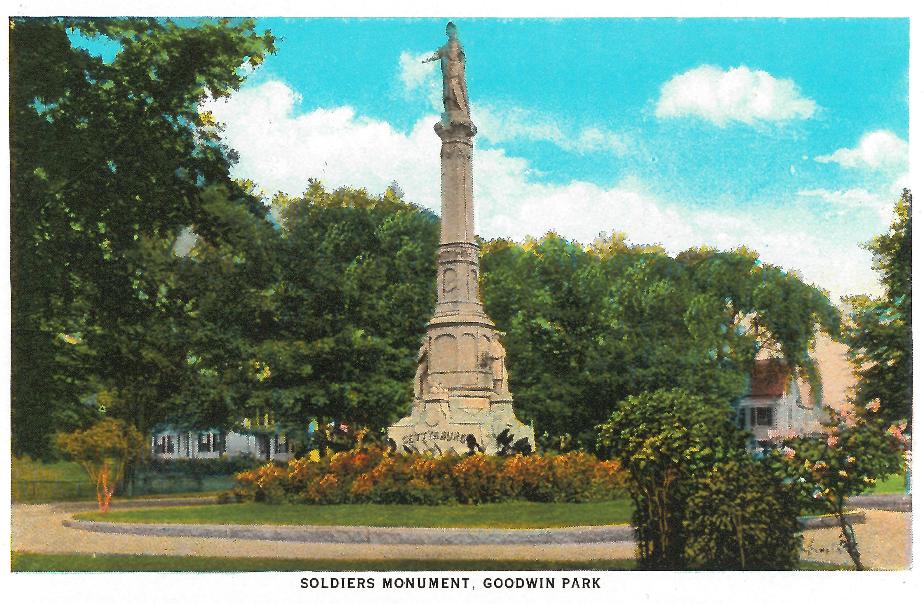
Goodwin Park - Portsmouth NH : Kearsarge Civil War Soldier
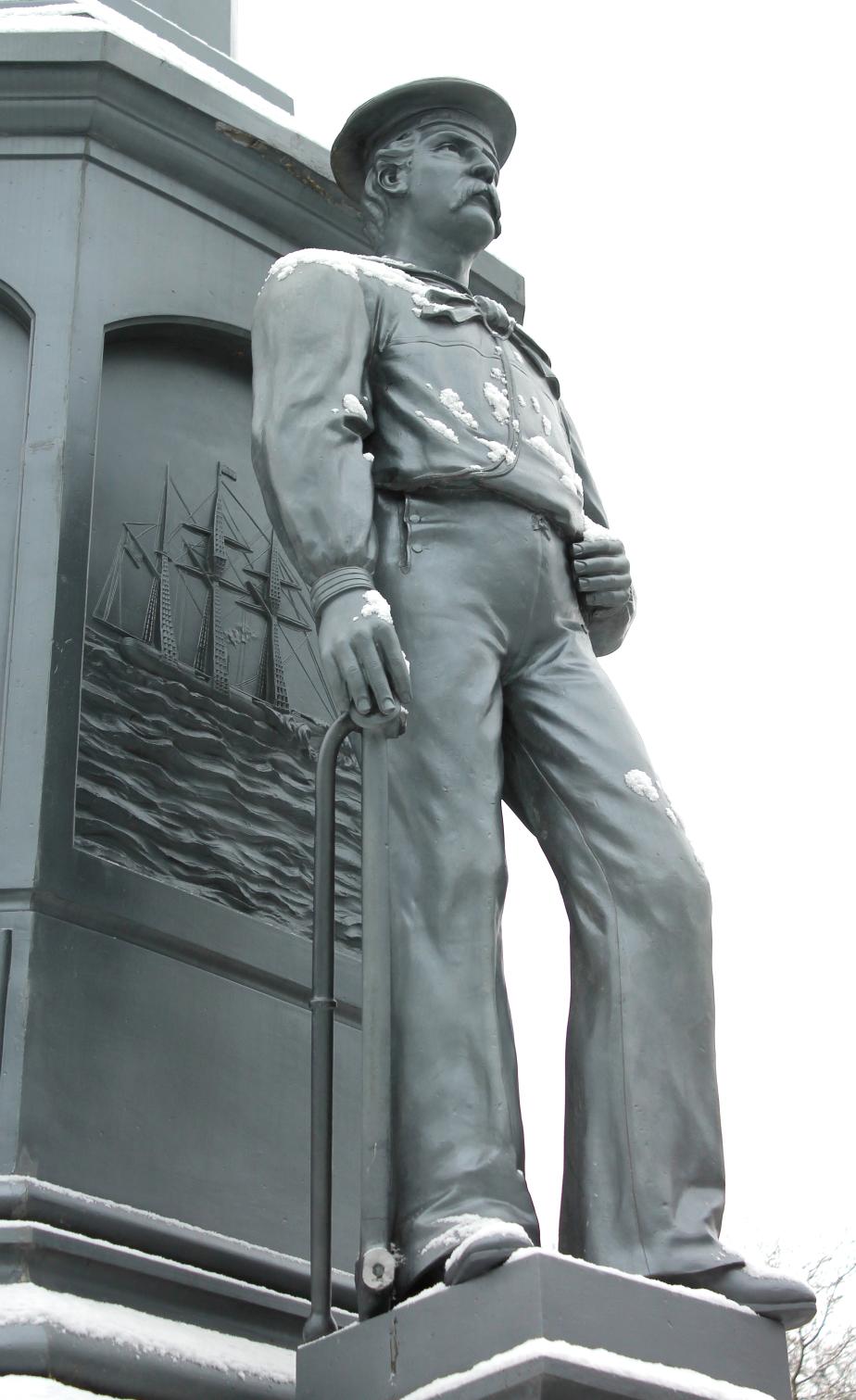
Jones Street - now Prospect Street - Portsmouth
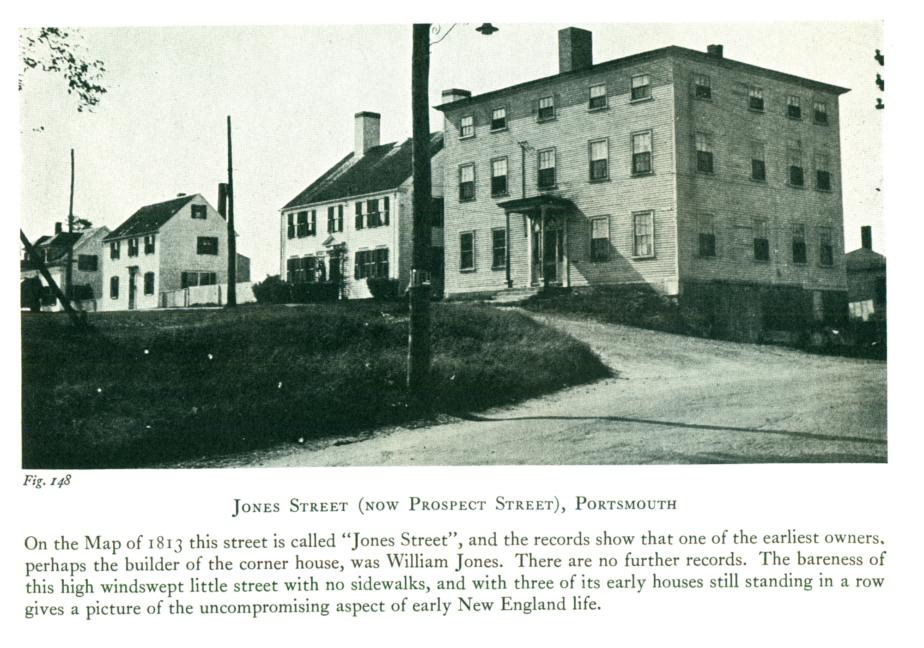
Governor John Langdon House, Pleasant Street
Portsmouth 1940
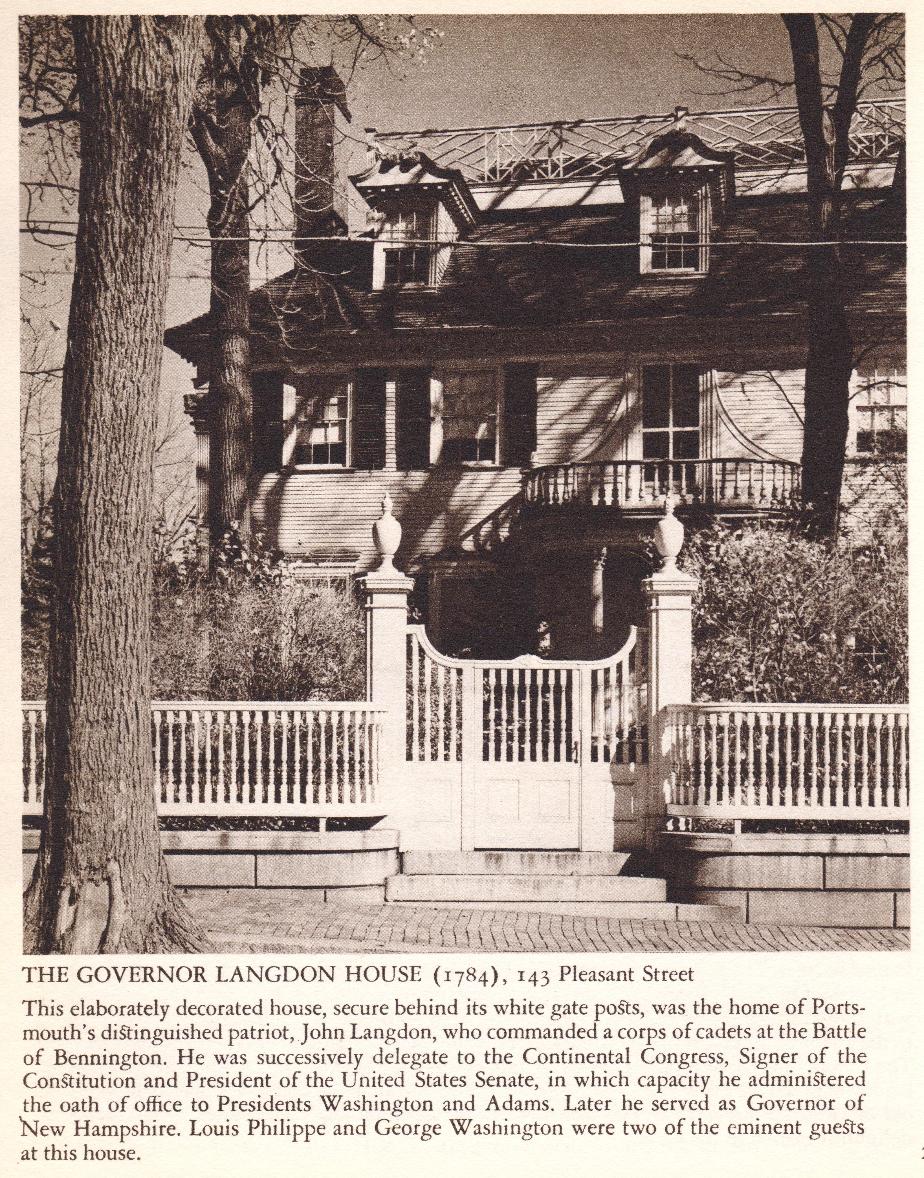

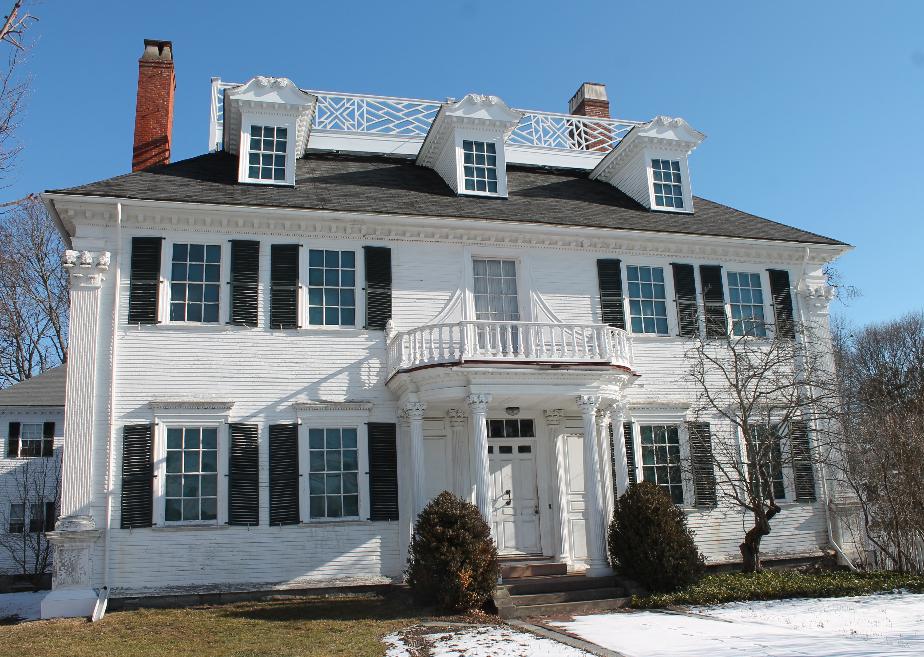
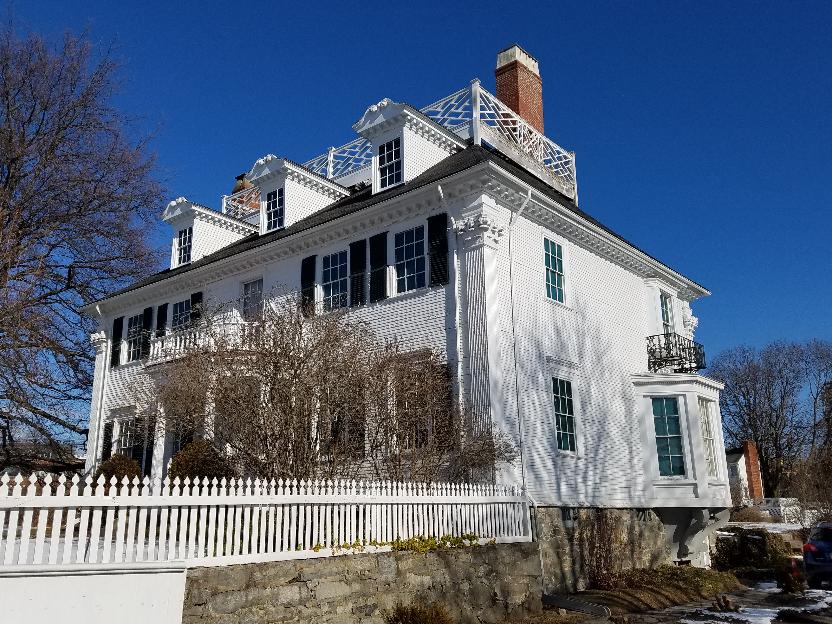
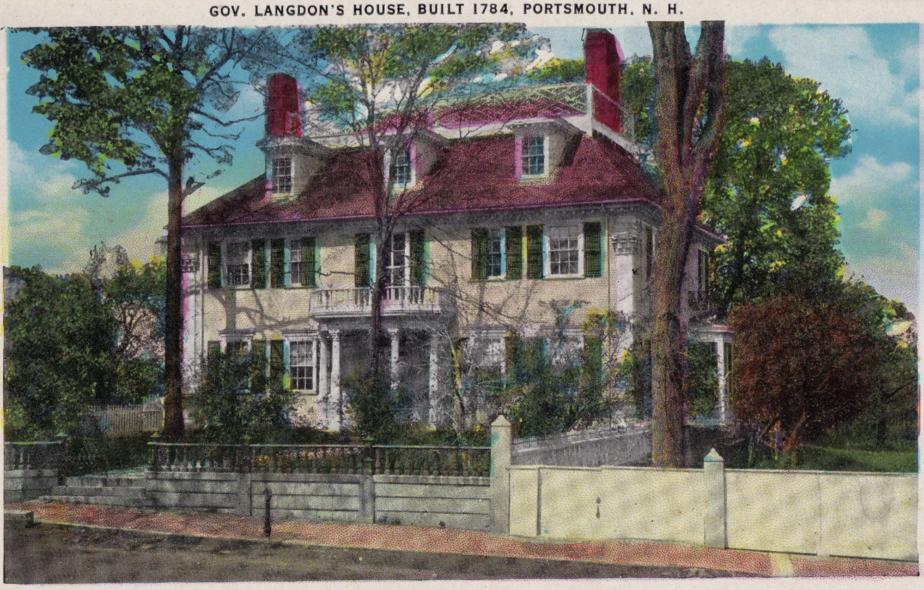
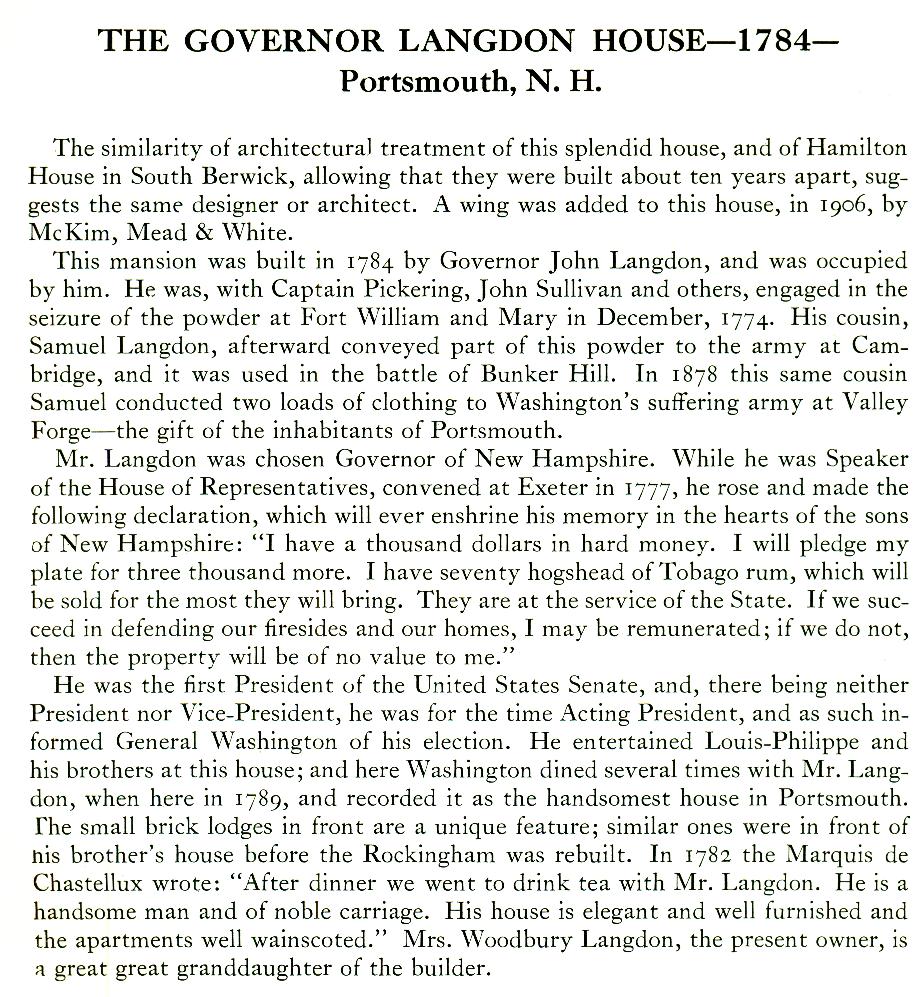
John Langdon Historical Marker - Portsmouth, NH

Governor John Langdon Mansion - Portsmouth NH (1895)
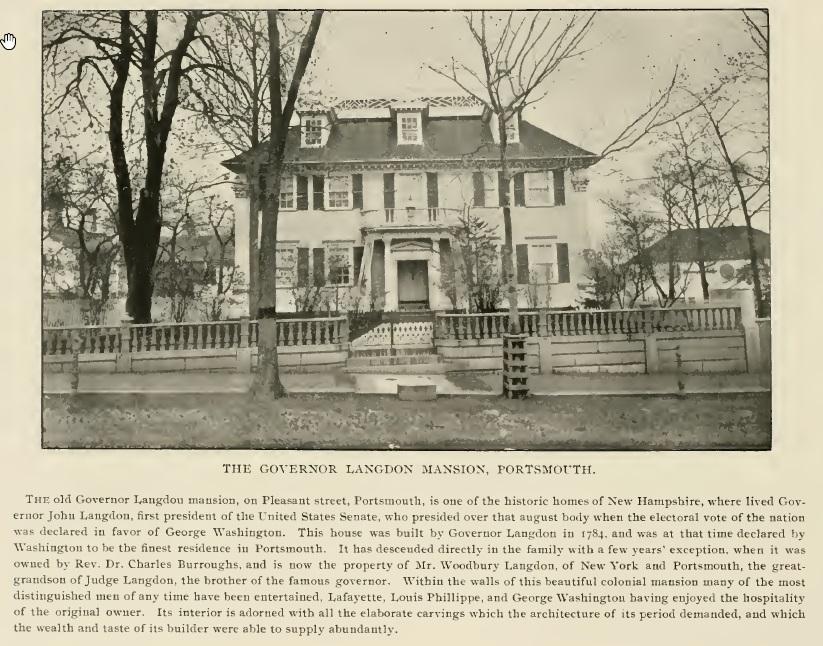
Tobias Lear House, Hunking St. Portsmouth 1940
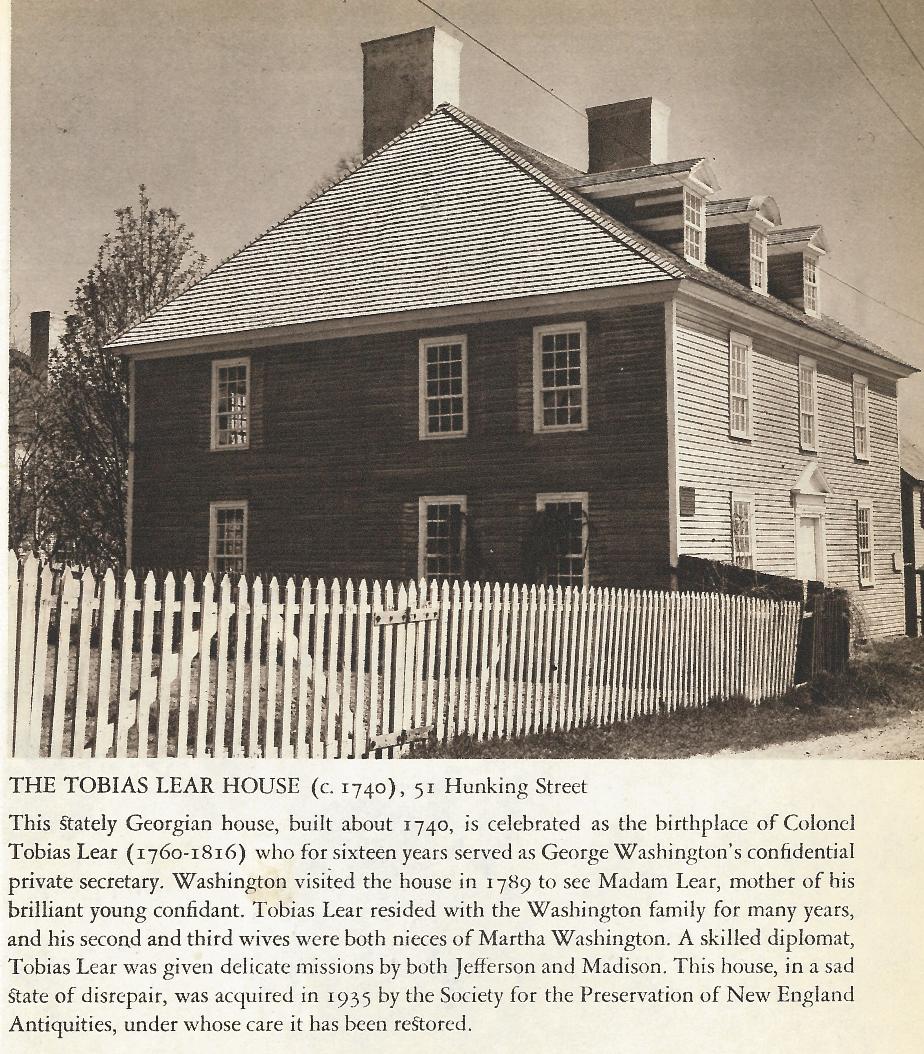
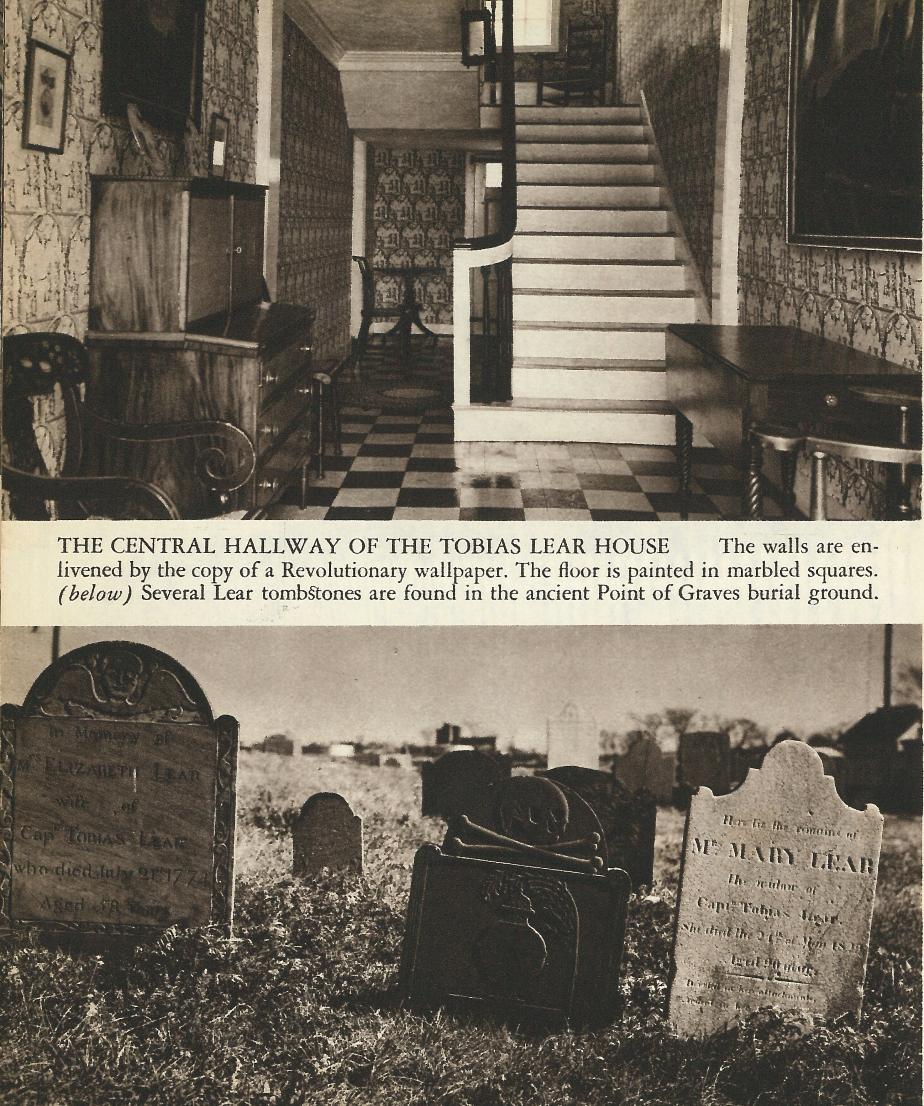
Mathew Livermore House, Haven Park, Portsmouth NH 1940
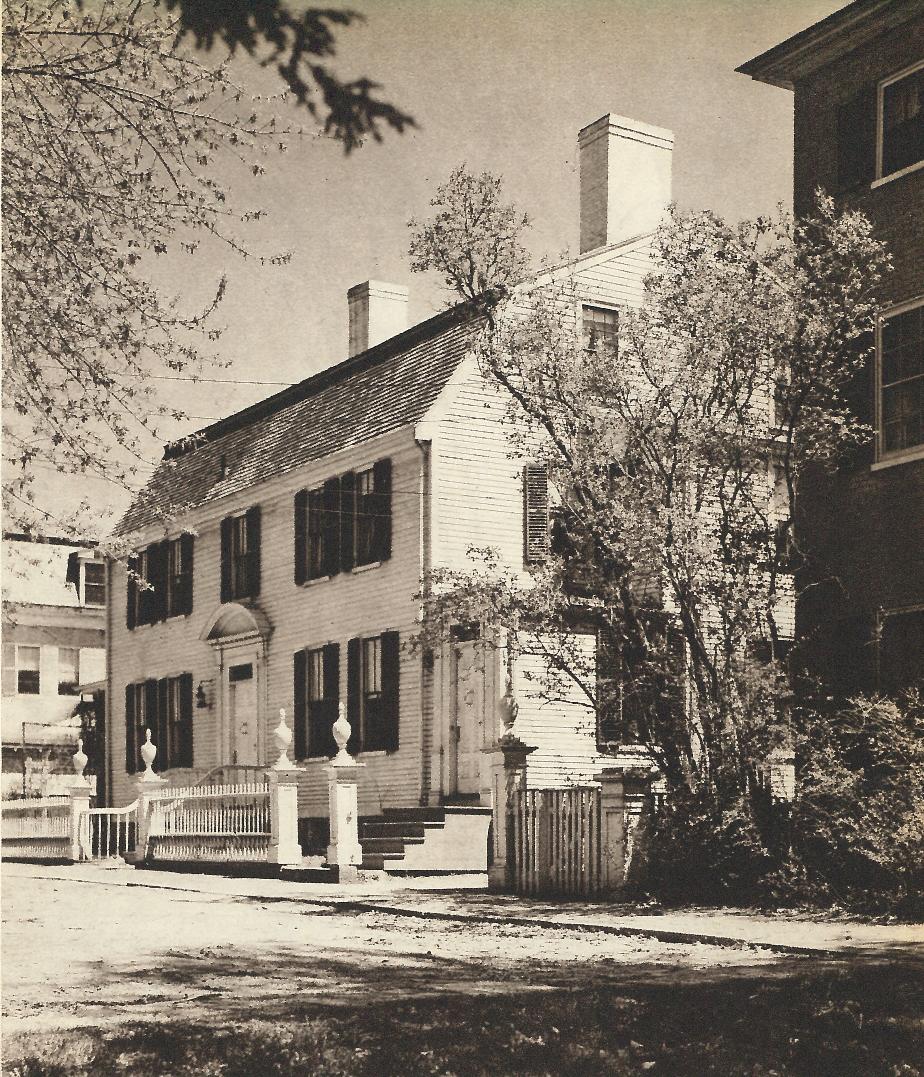
Maplewood Ave, Christian Shore - Portsmouth NH
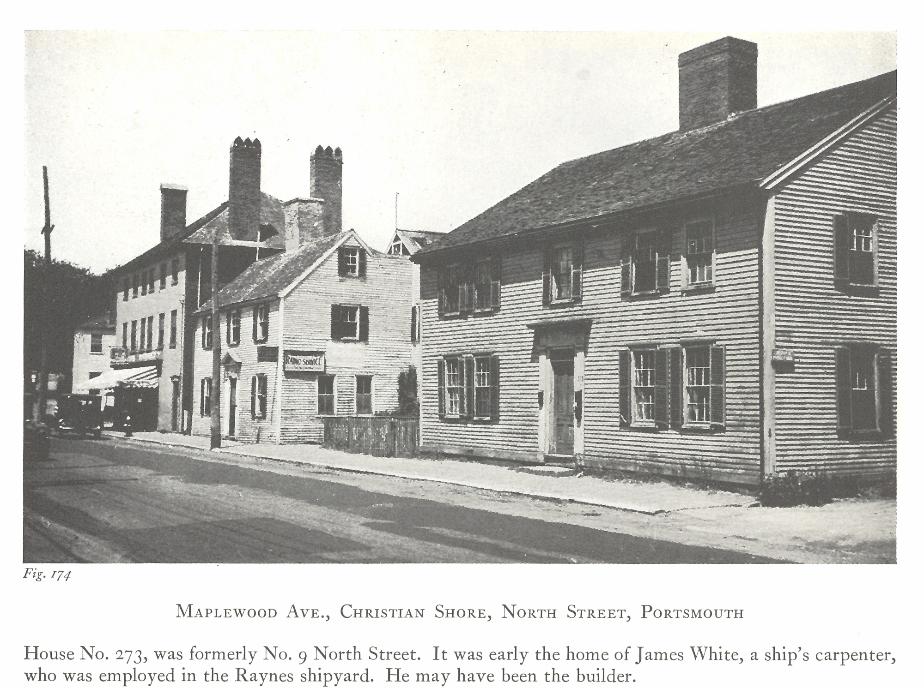
Block House - Fort McClary - Kittery Point Maine (1930)
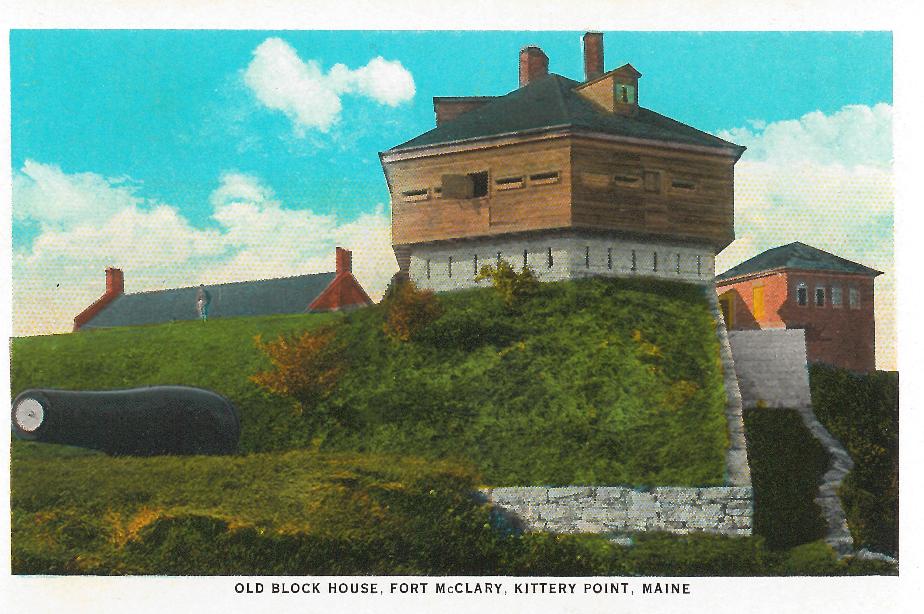
Marine Memorial - Hampton Beach
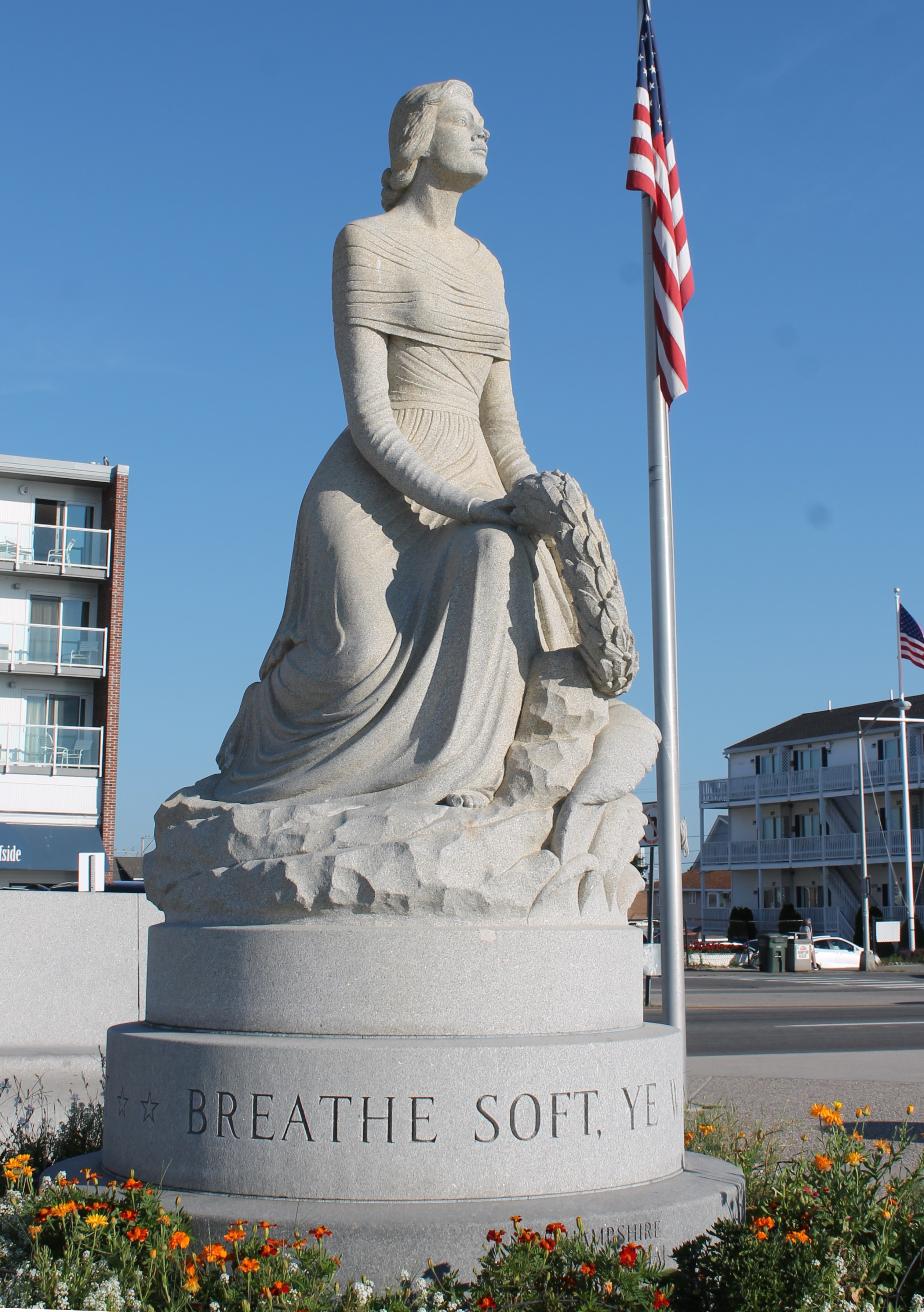
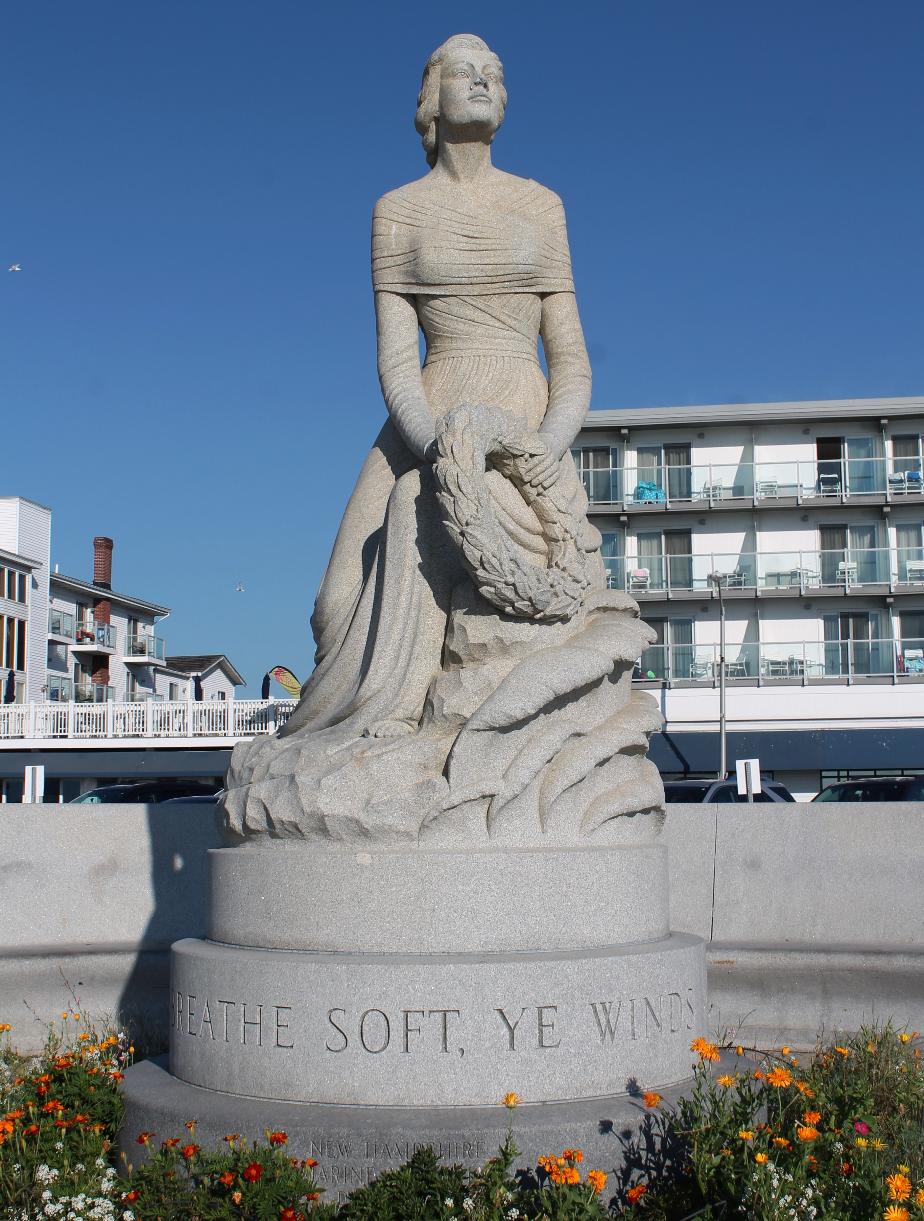

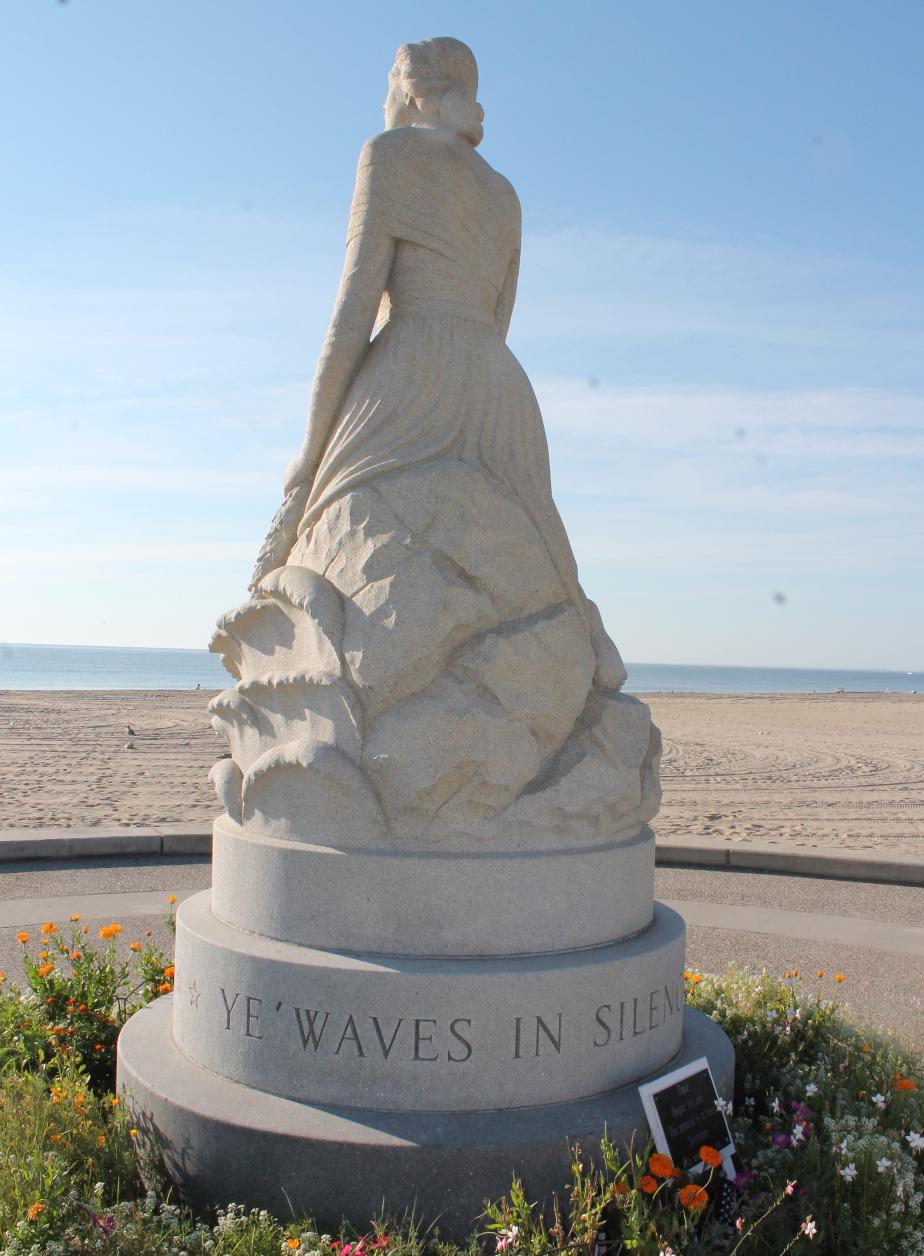
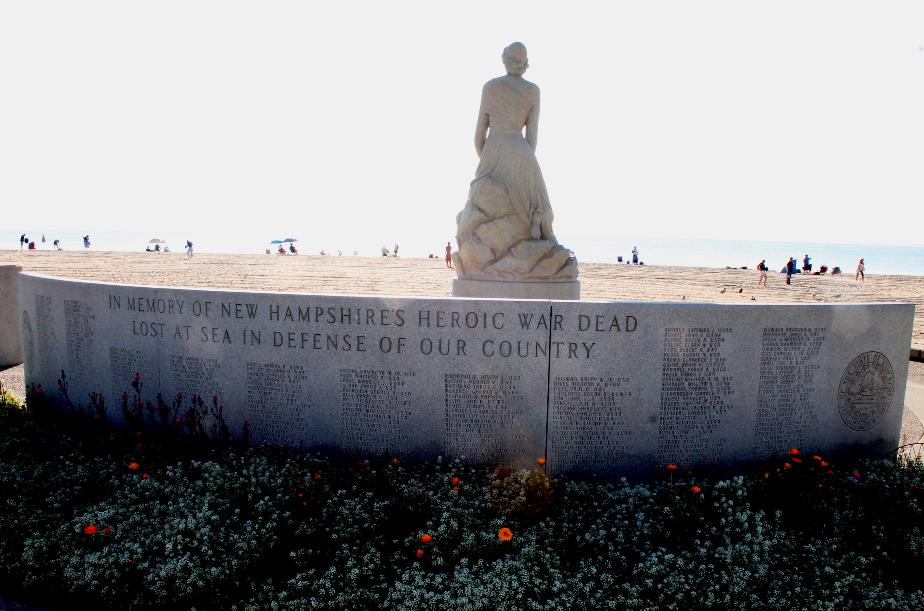
Market Square Portsmouth - 1920
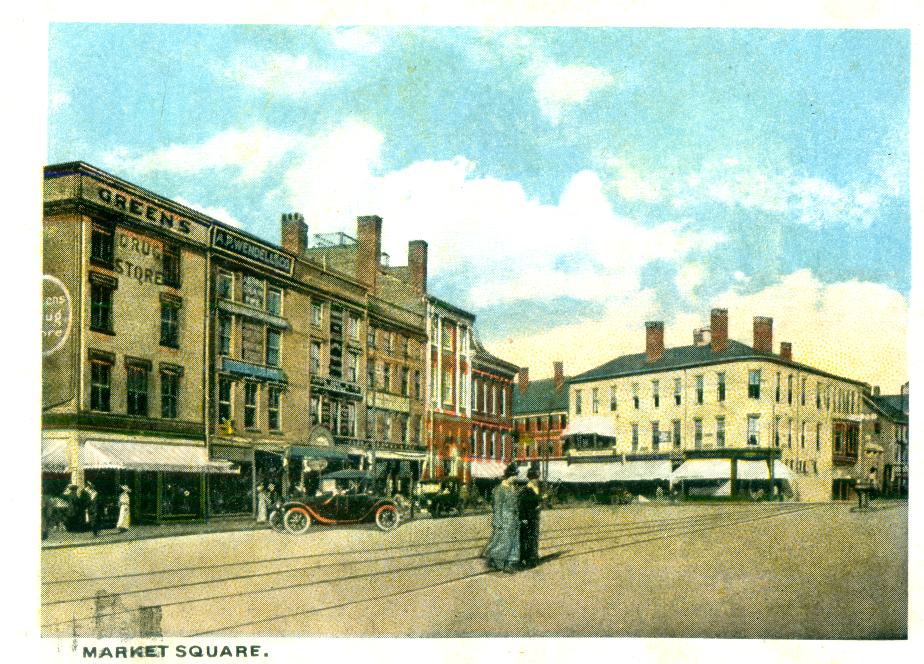
Memorial Bridge over the Piscataqua River, Portsmouth 1930
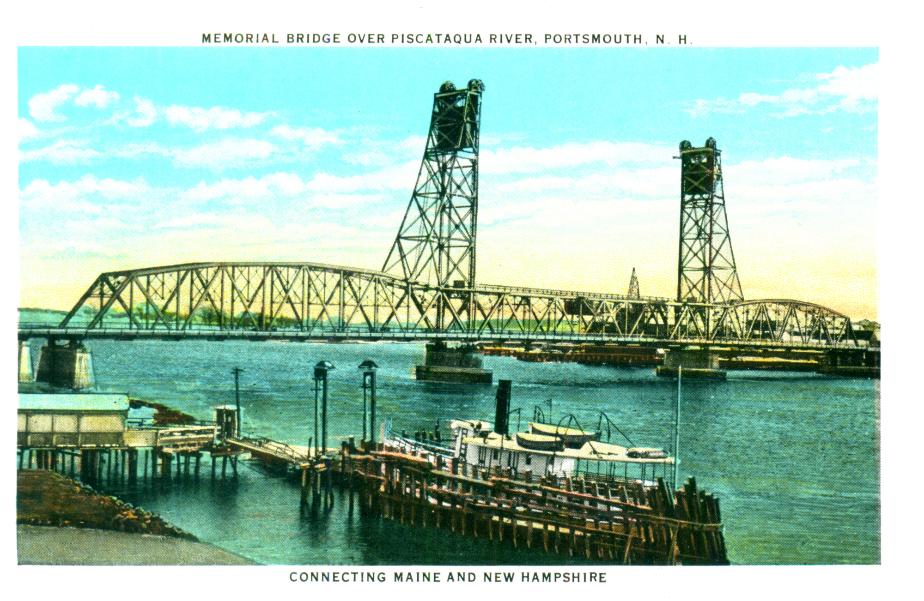
Nathaniel Meserve House - Maplewood Ave, Portsmouth

Middle Street, Portsmouth NH (1940)
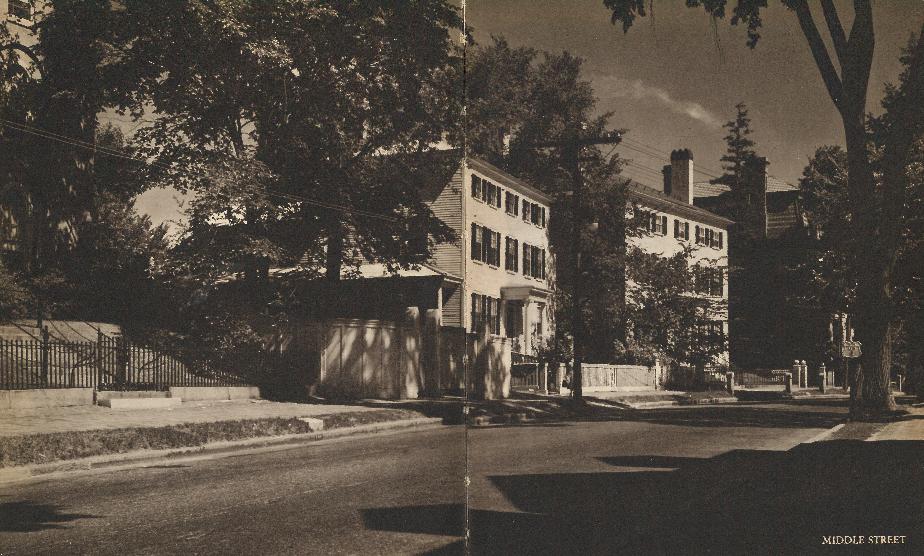
Moffatt-Ladd House, Market Street Portsmouth (1940)
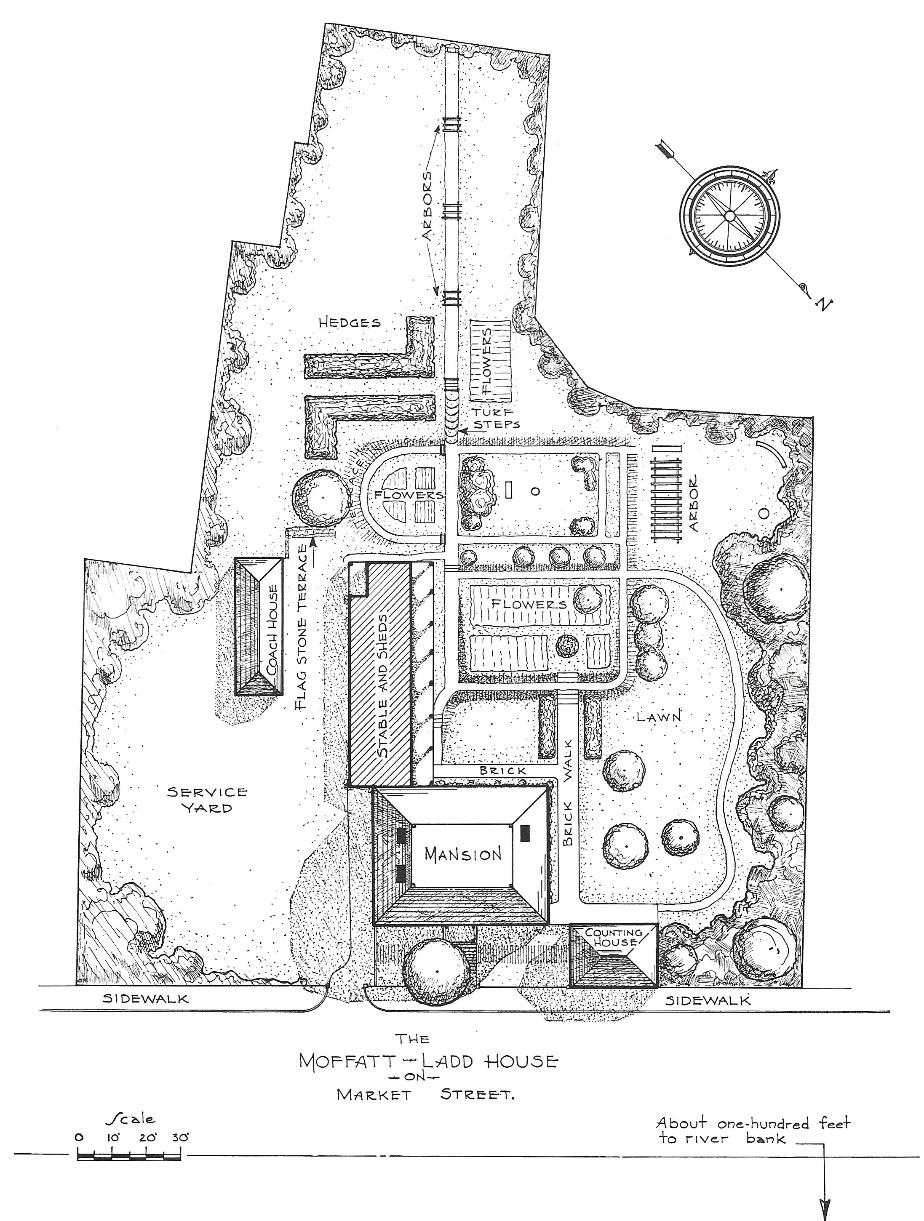
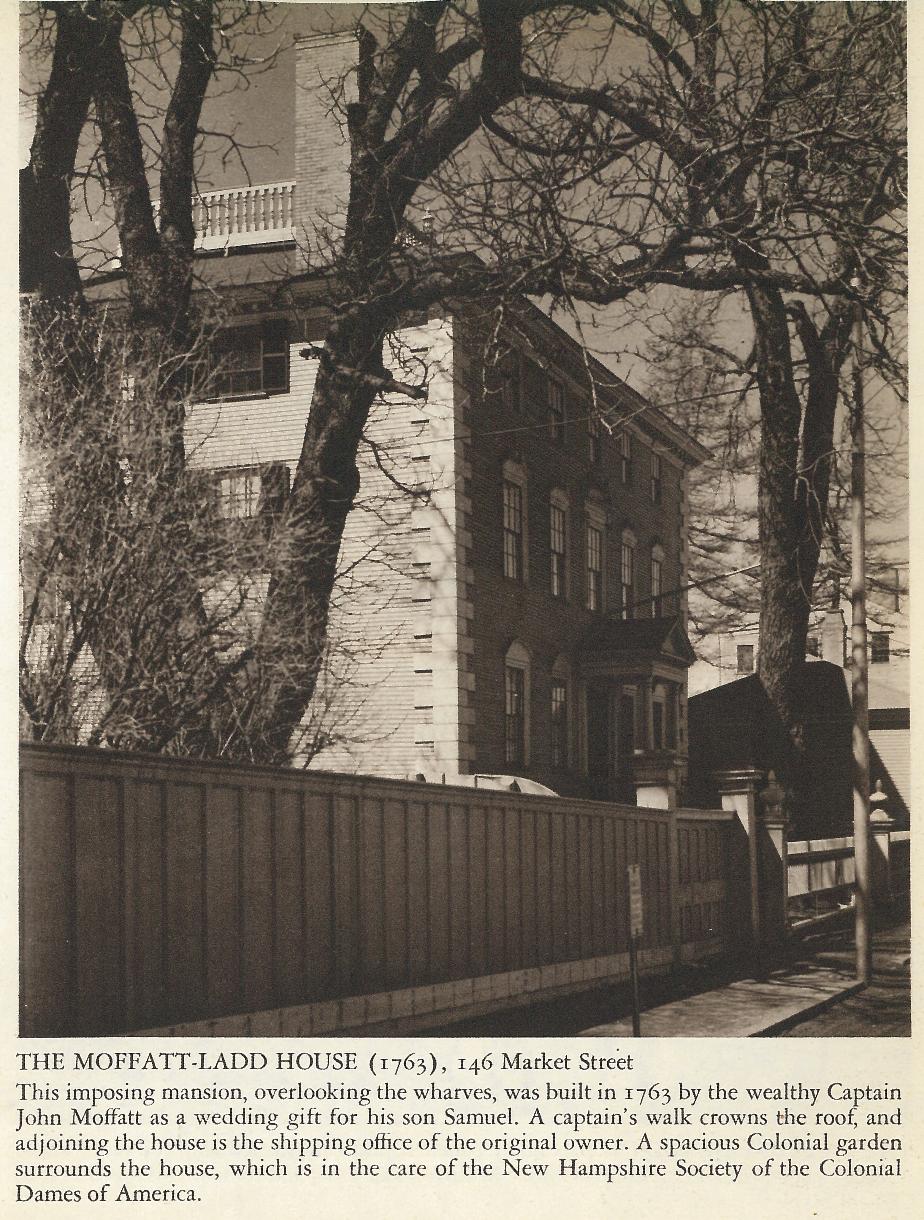
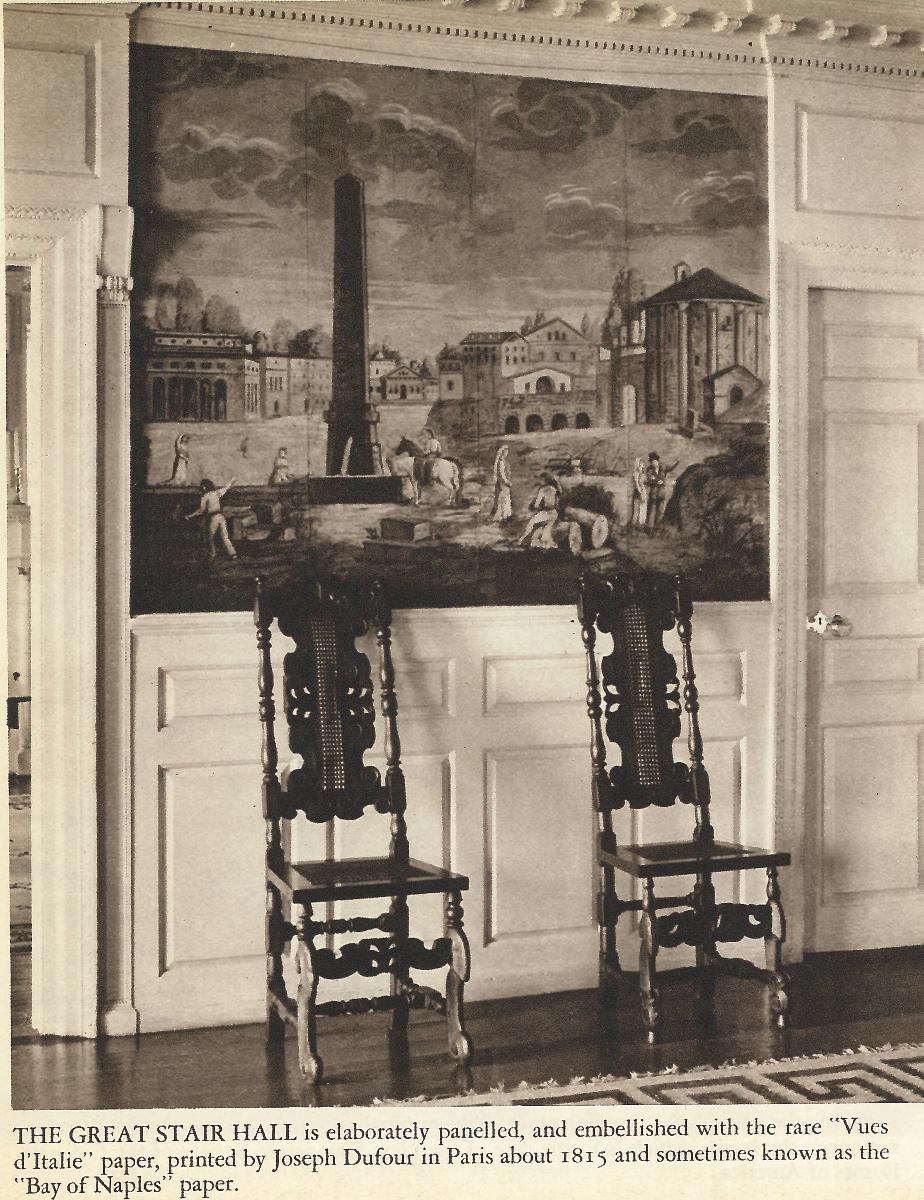
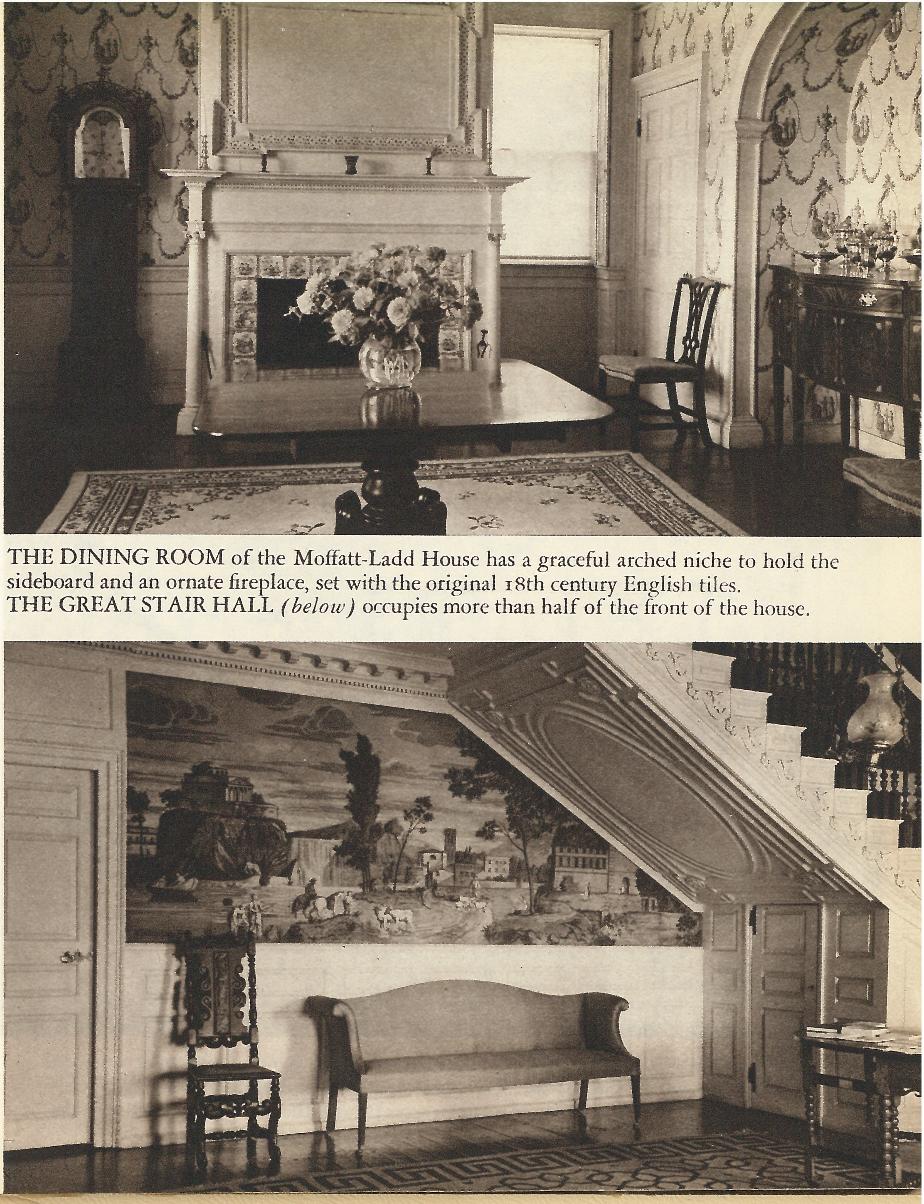
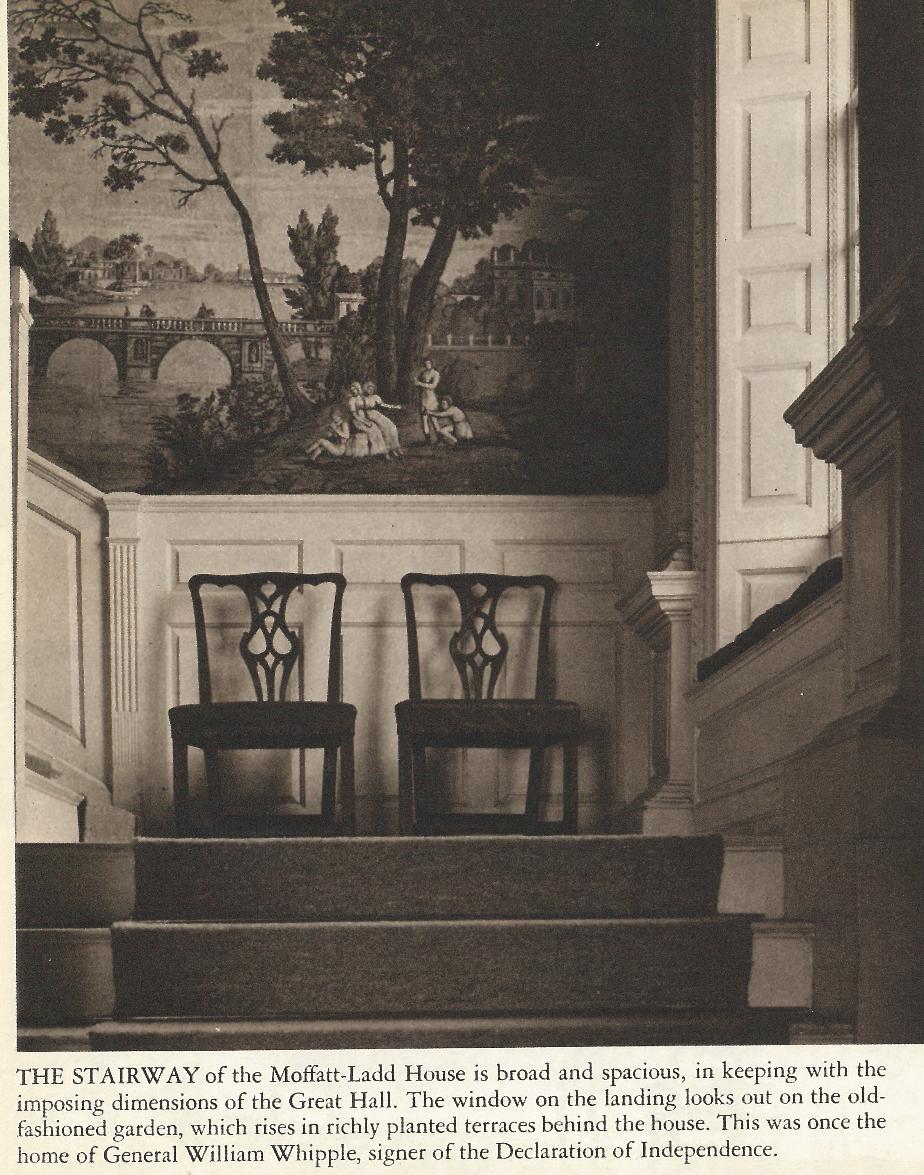
Naval Hospital, Portsmouth NH (1939)
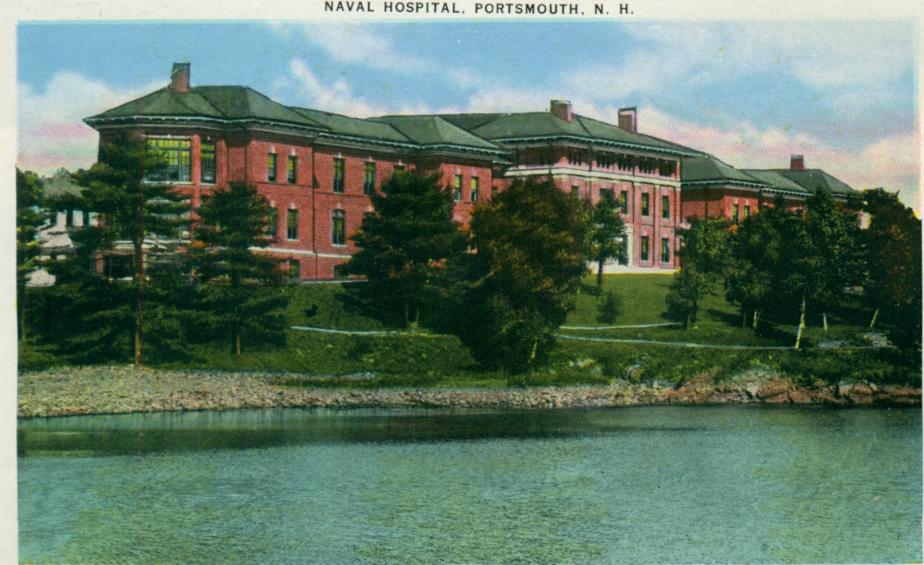
Piscataqua St. - New Castle , New Hampshire (1930)
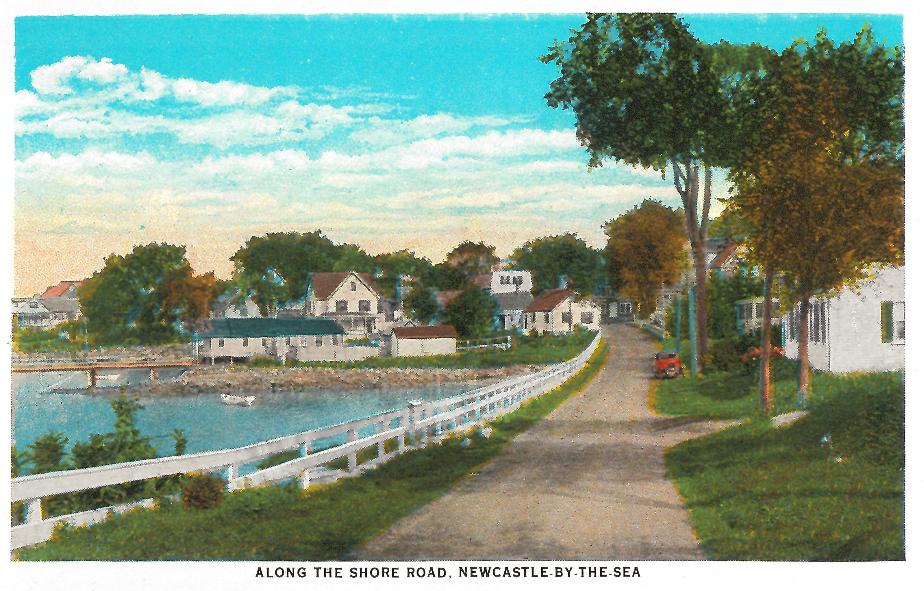
New Castle Bridge, New Castle New Hampshire (1930)
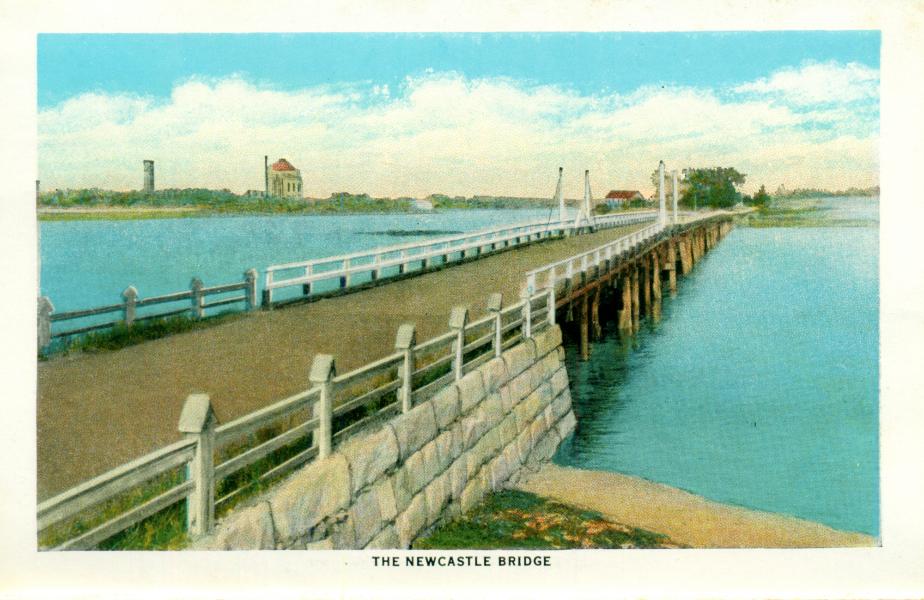
New Castle Island - New Hampshire (1940)
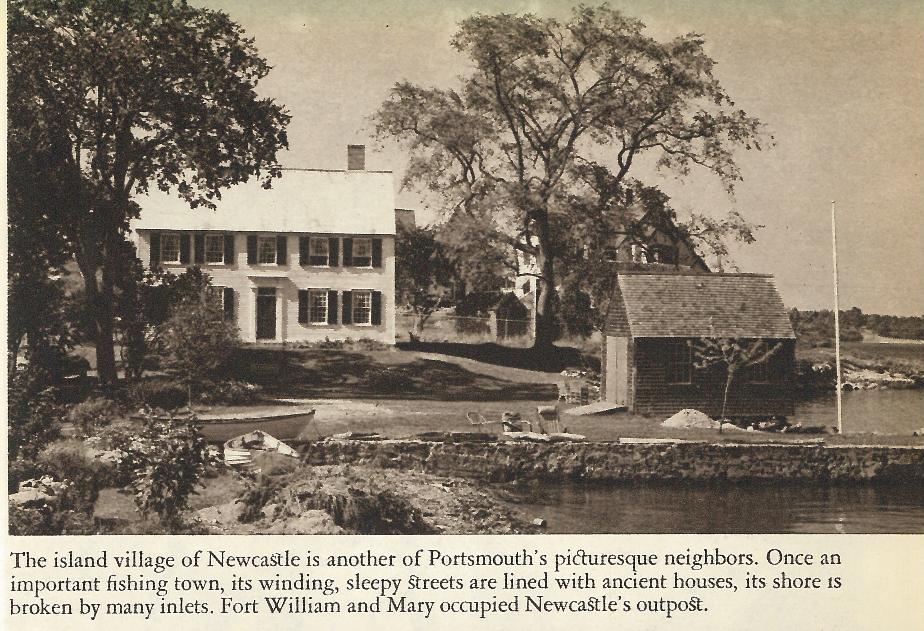
NH Bank Building, Market Square, Portsmouth NH
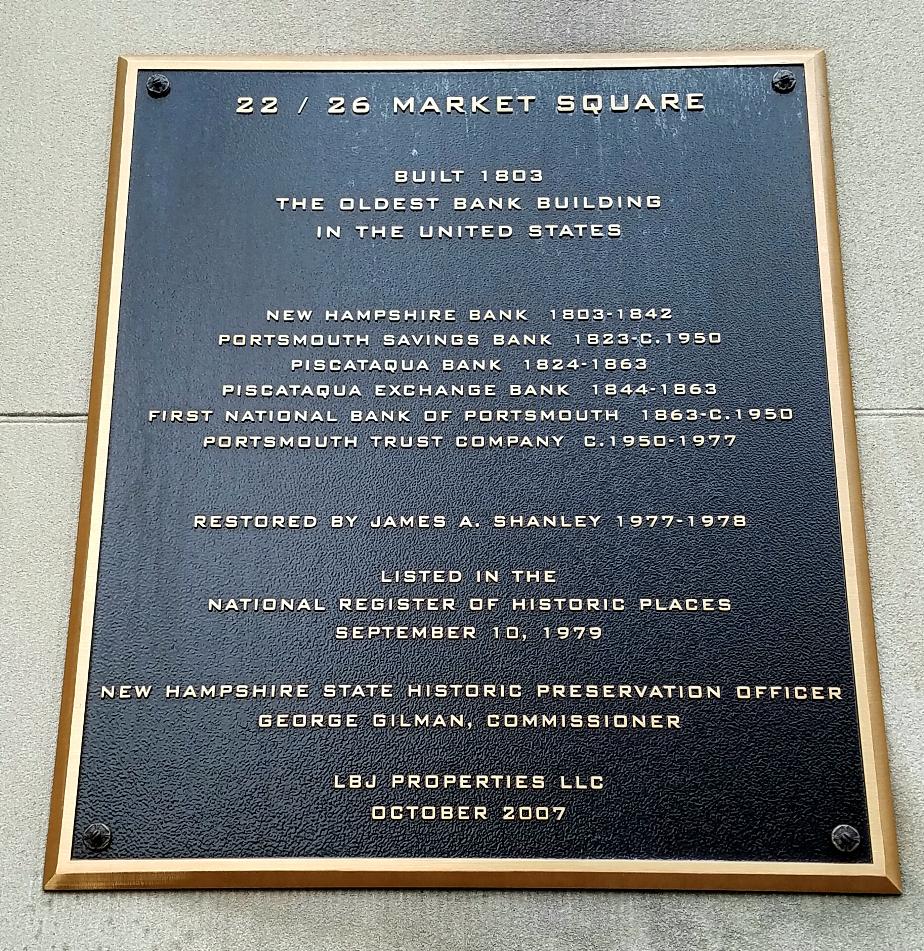
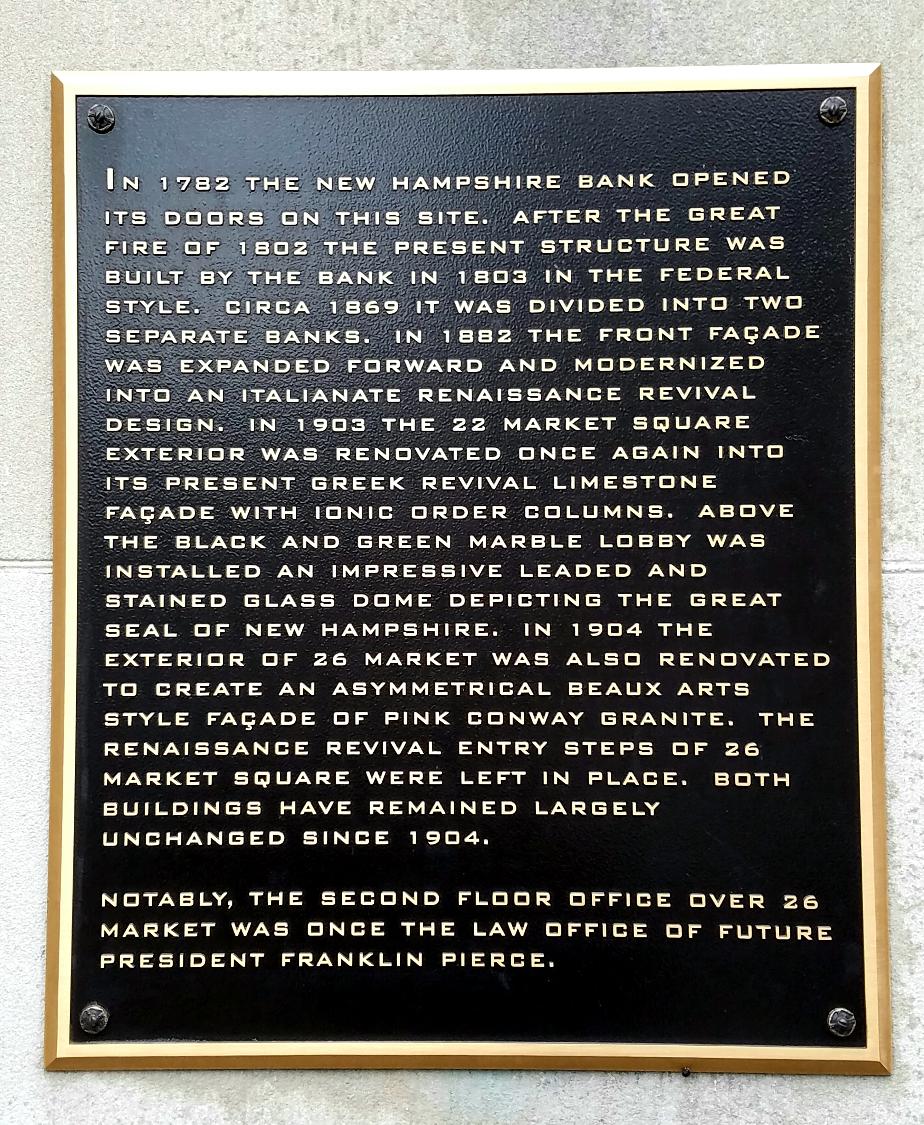
Ocean Wave House - North Rye Beach (1905)
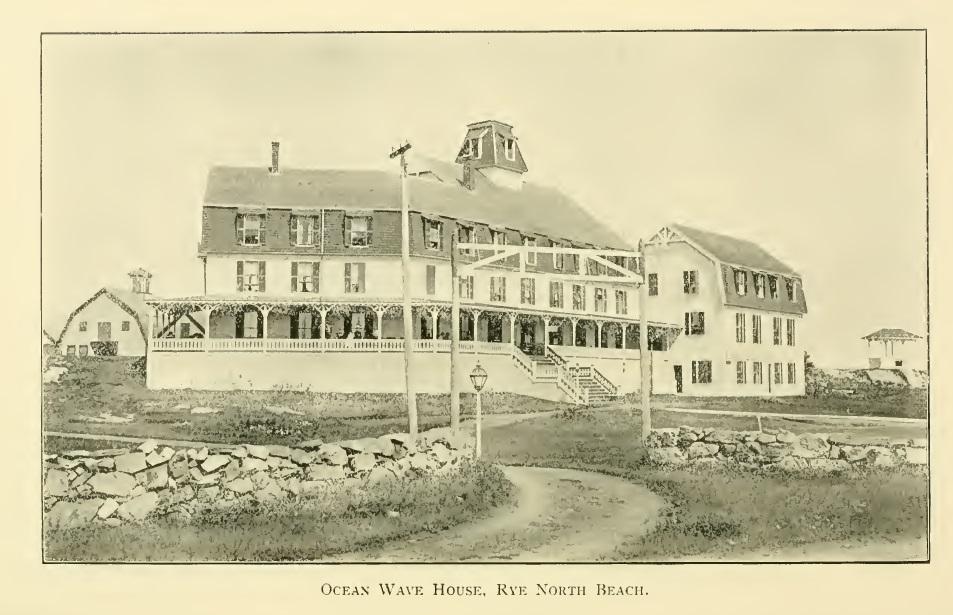
Odiorne Point State Park Sign - NH
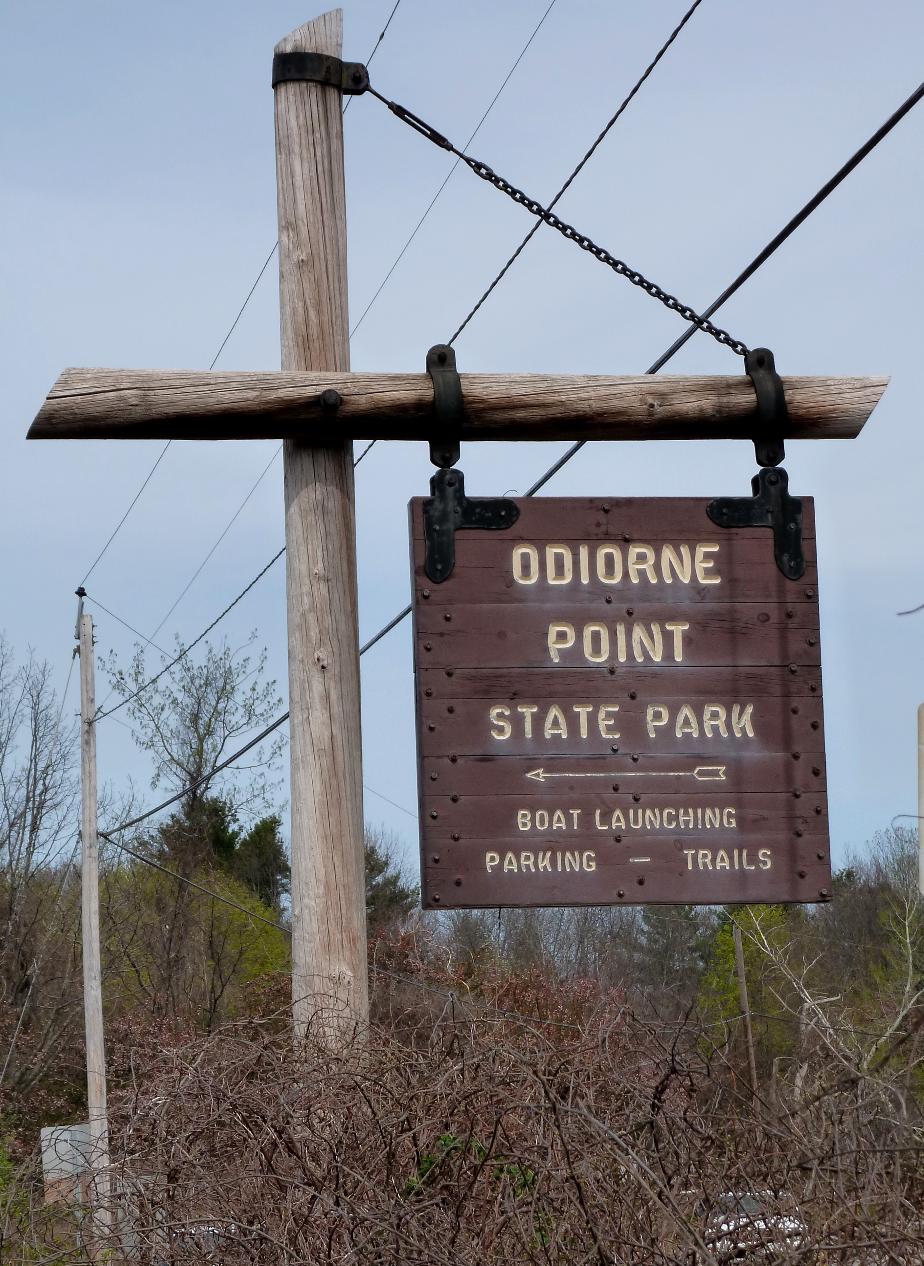
Odiorne Point Historical Marker - Rye, NH
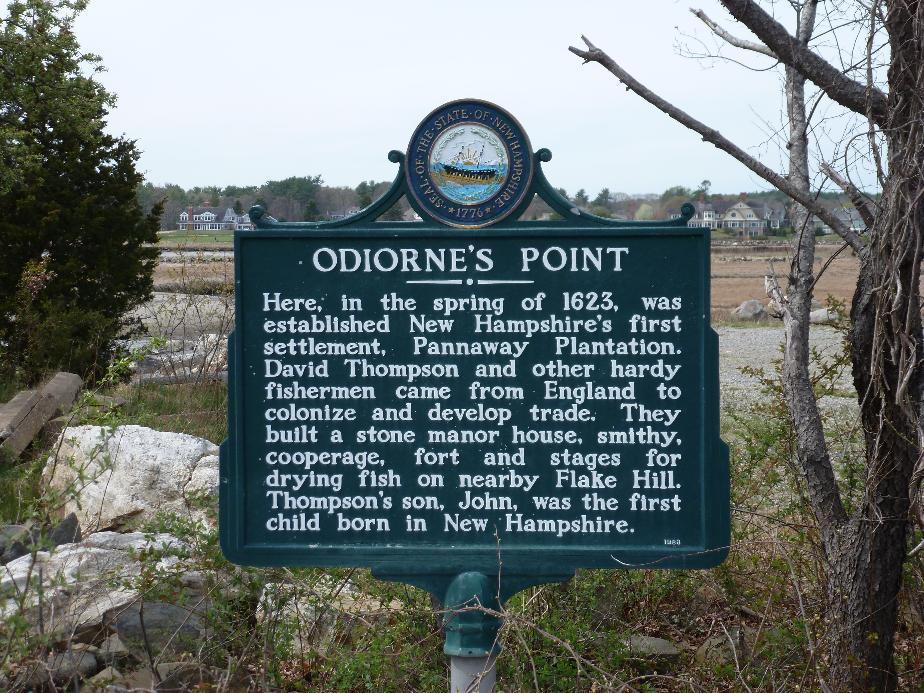
Edward Parry House - Parrott Ave, Portsmouth
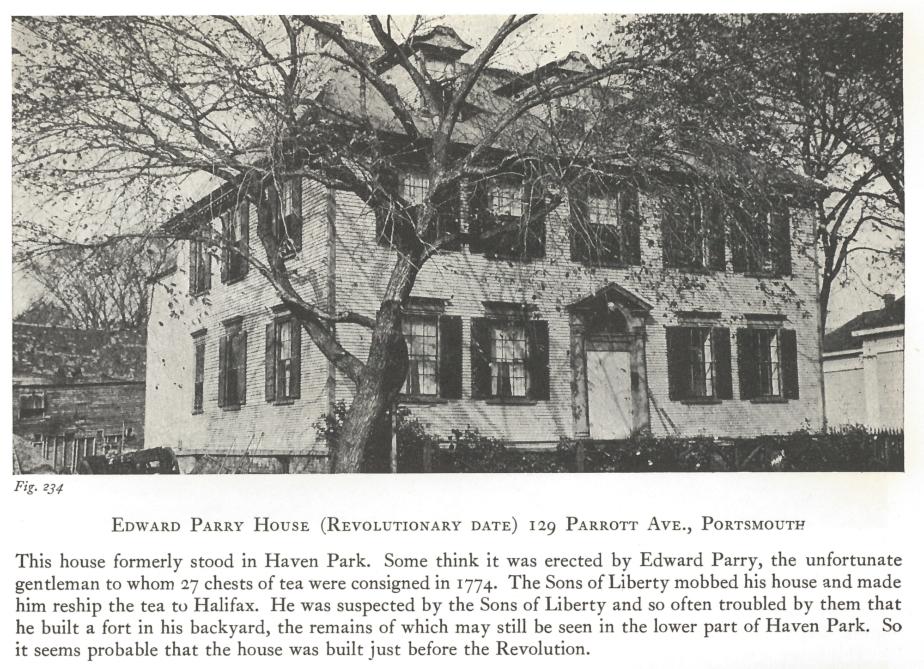
Col. John Pender Home, Portsmouth NH(1895)
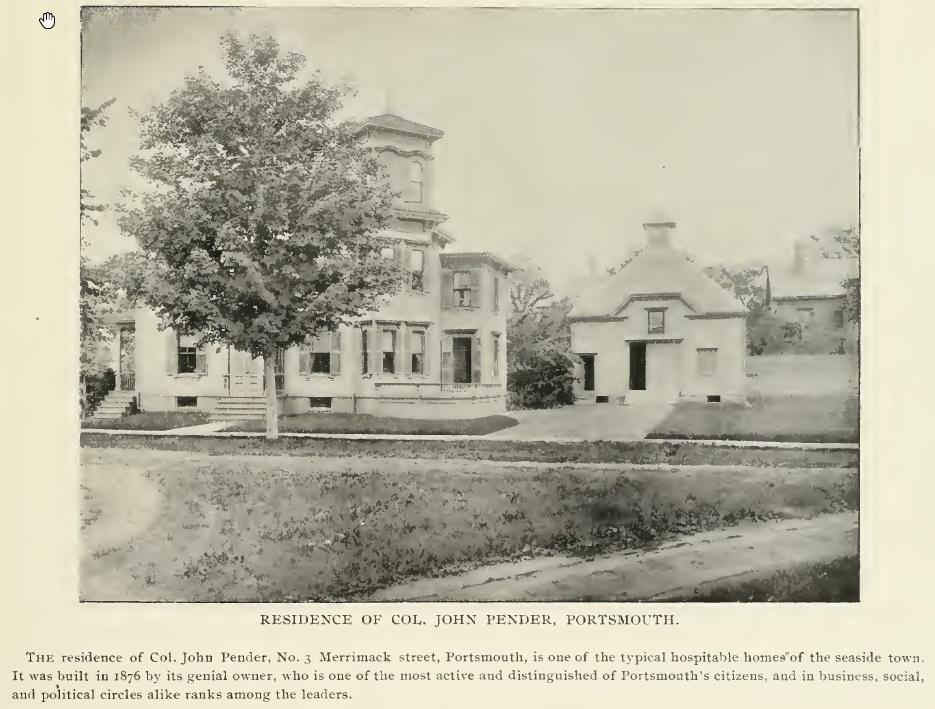
Peirce Mansion, Haymarket Square Portsmouth (1939)
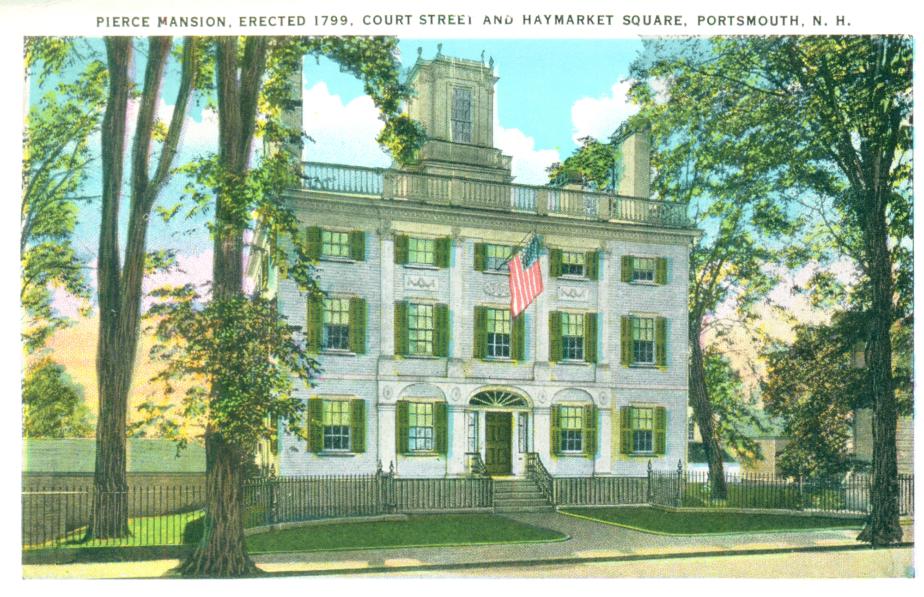
Peirce Mansion, Haymarket Square Portsmouth, 1940

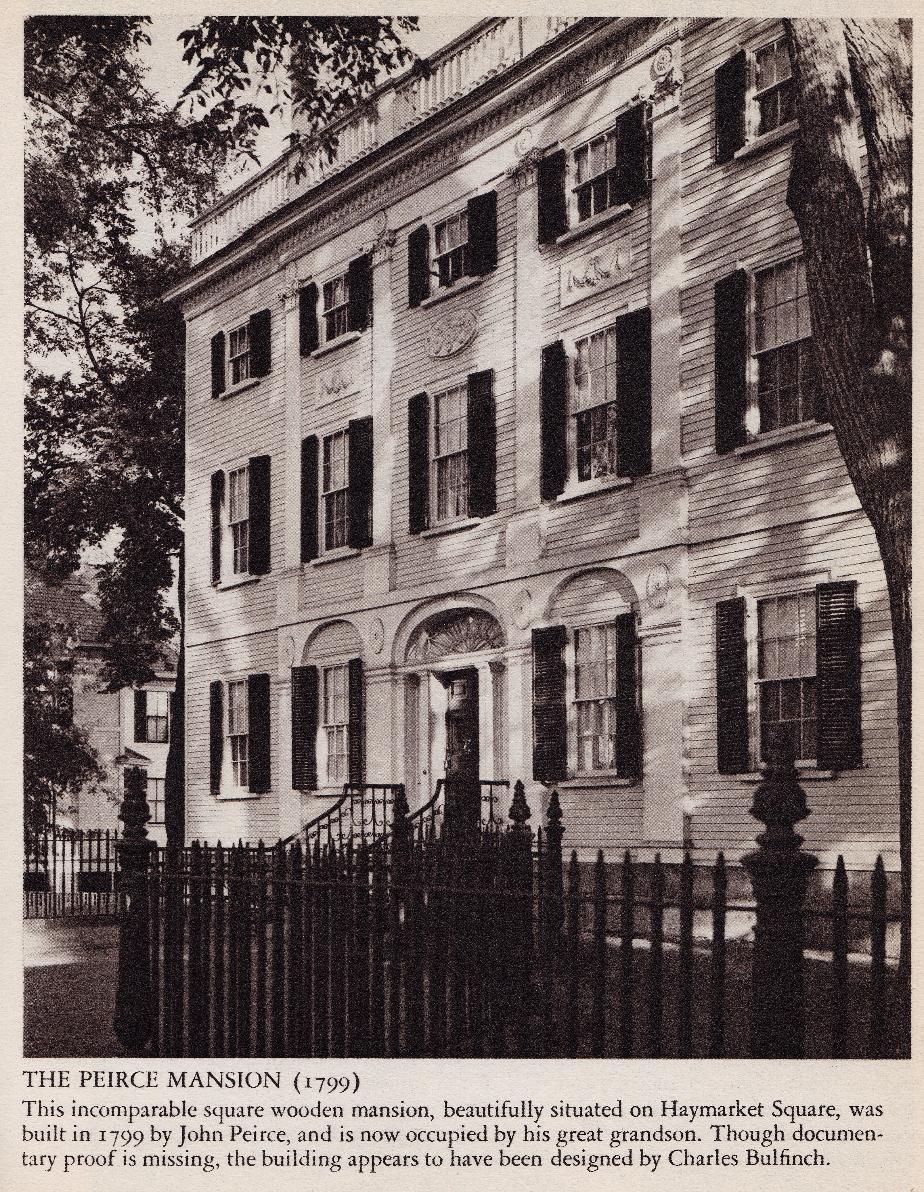
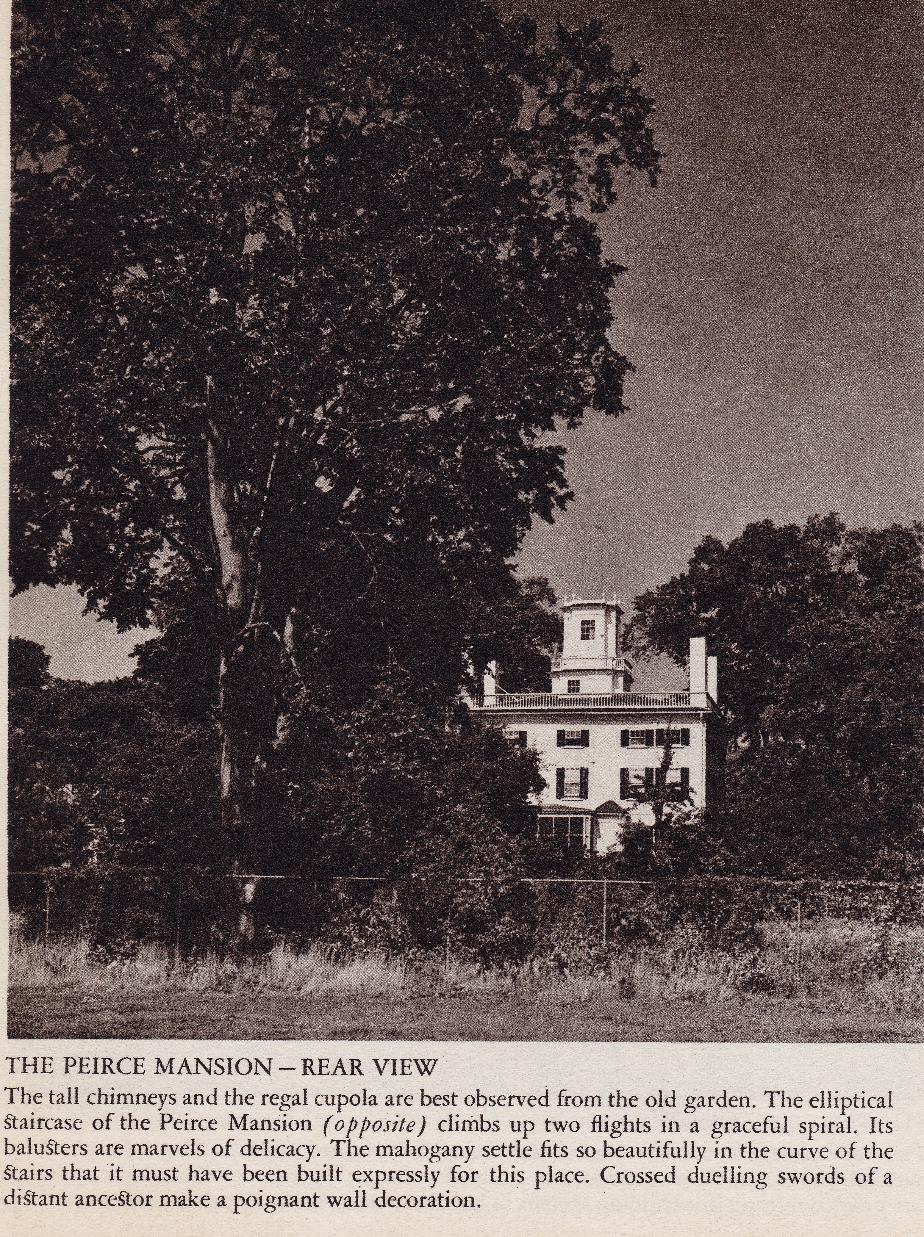
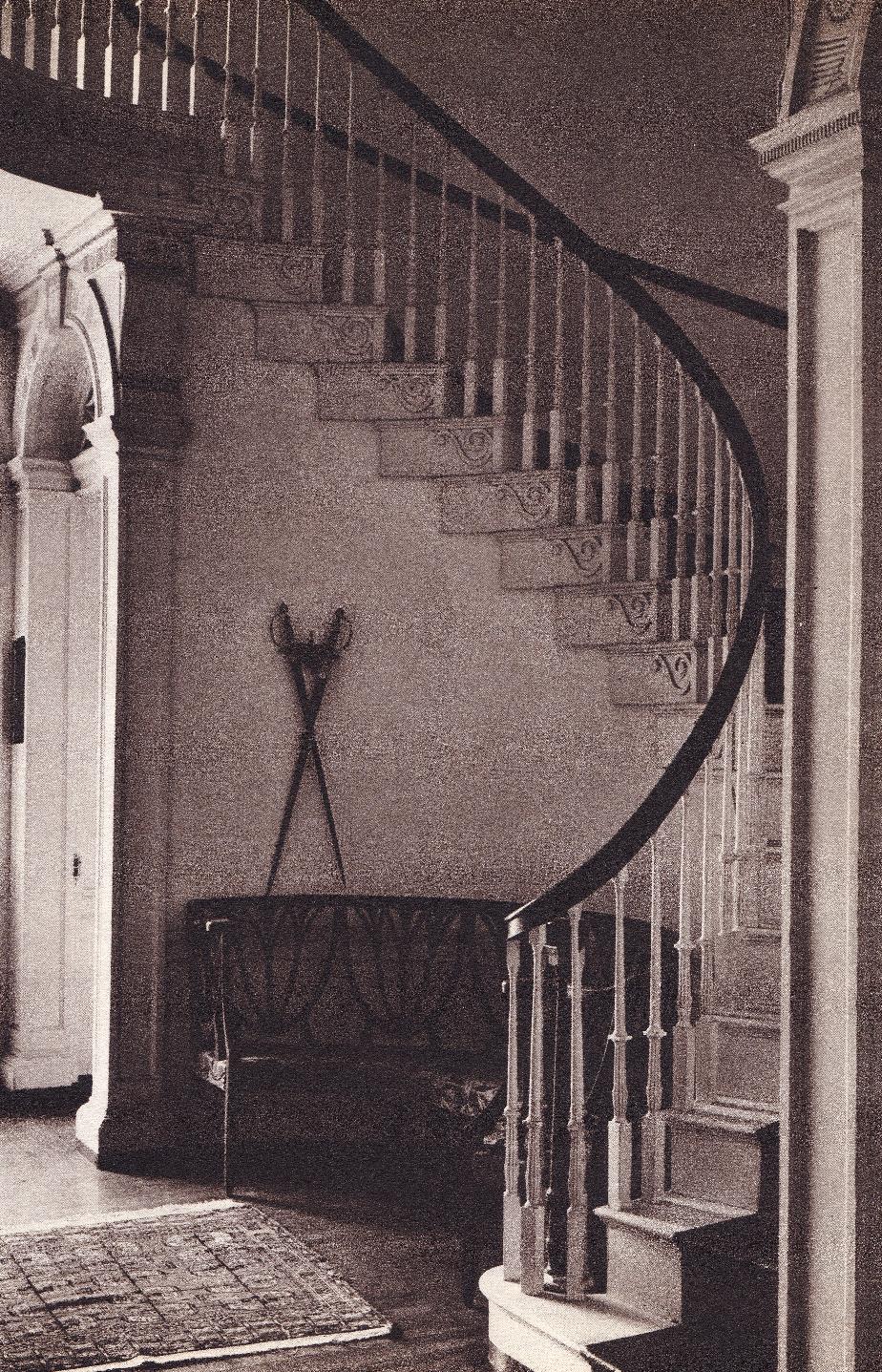
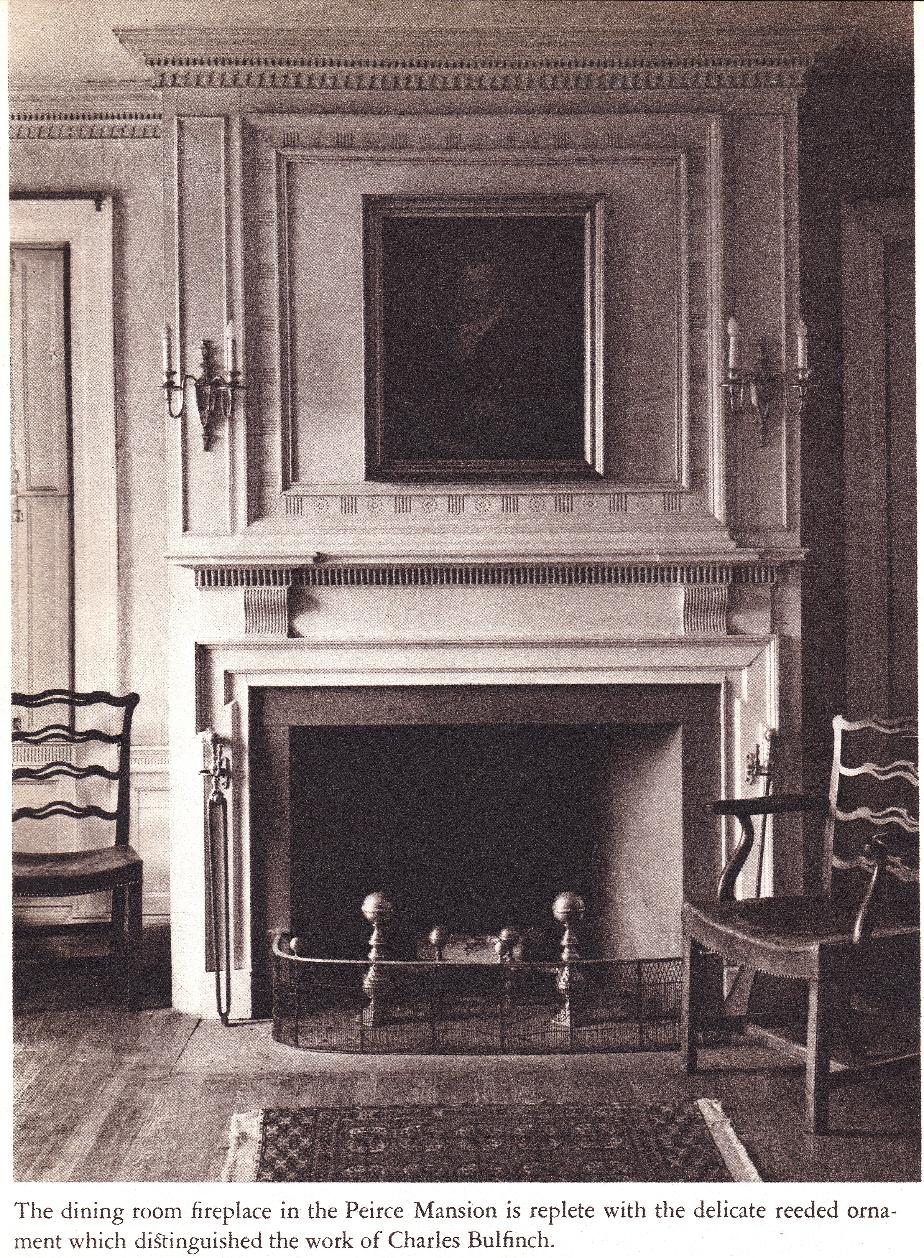
Historical Map of Piscataqua
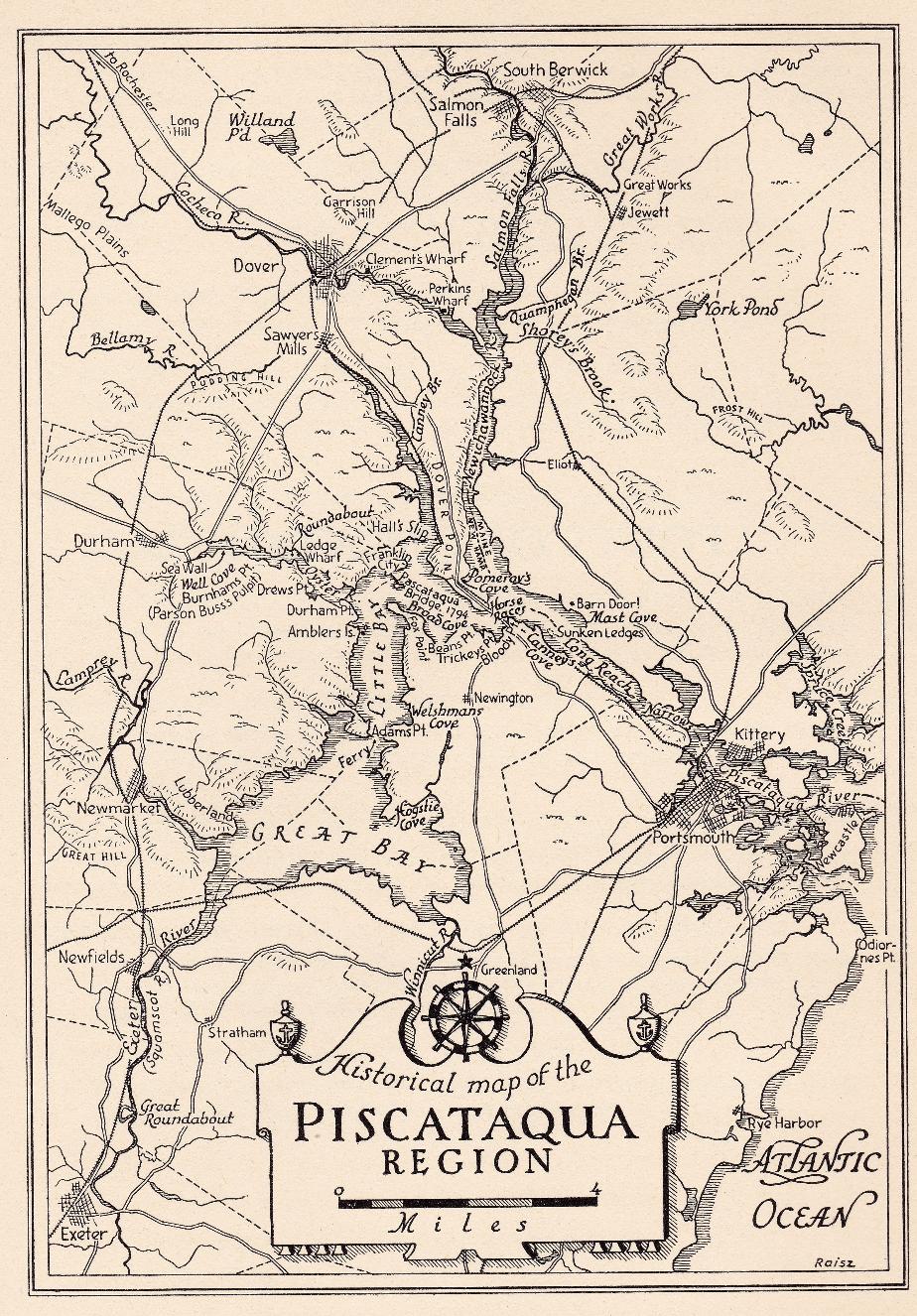
Piscataqua River, Portsmouth NH (1940)

Pleasant Street - Portsmouth NH, 1930

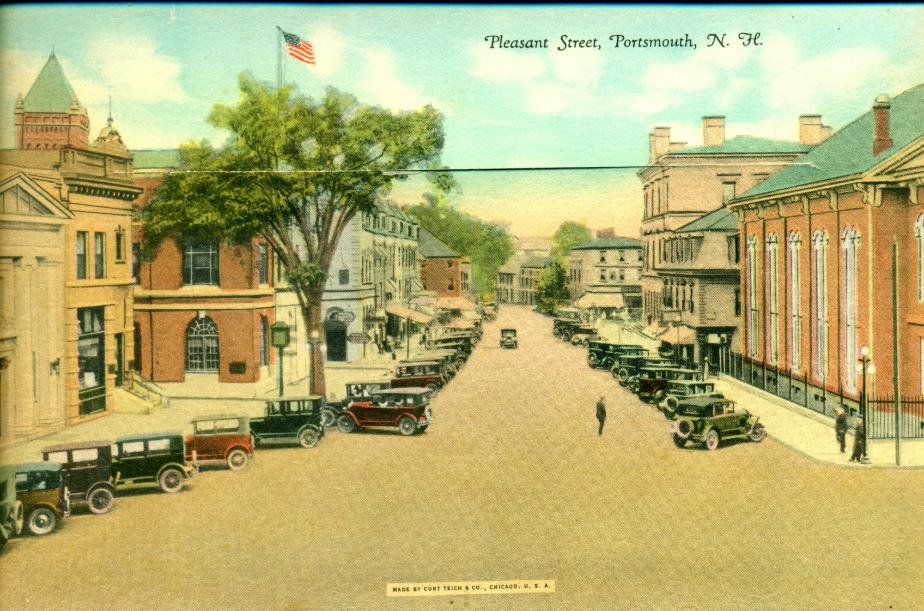
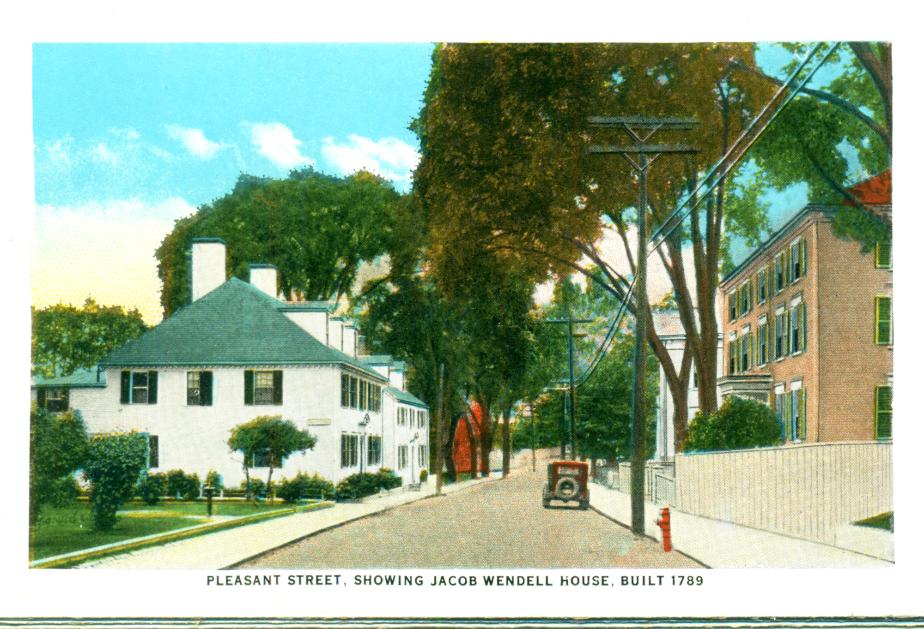
General Fitz JohnPorter Statue - Haven Park Portsmouth
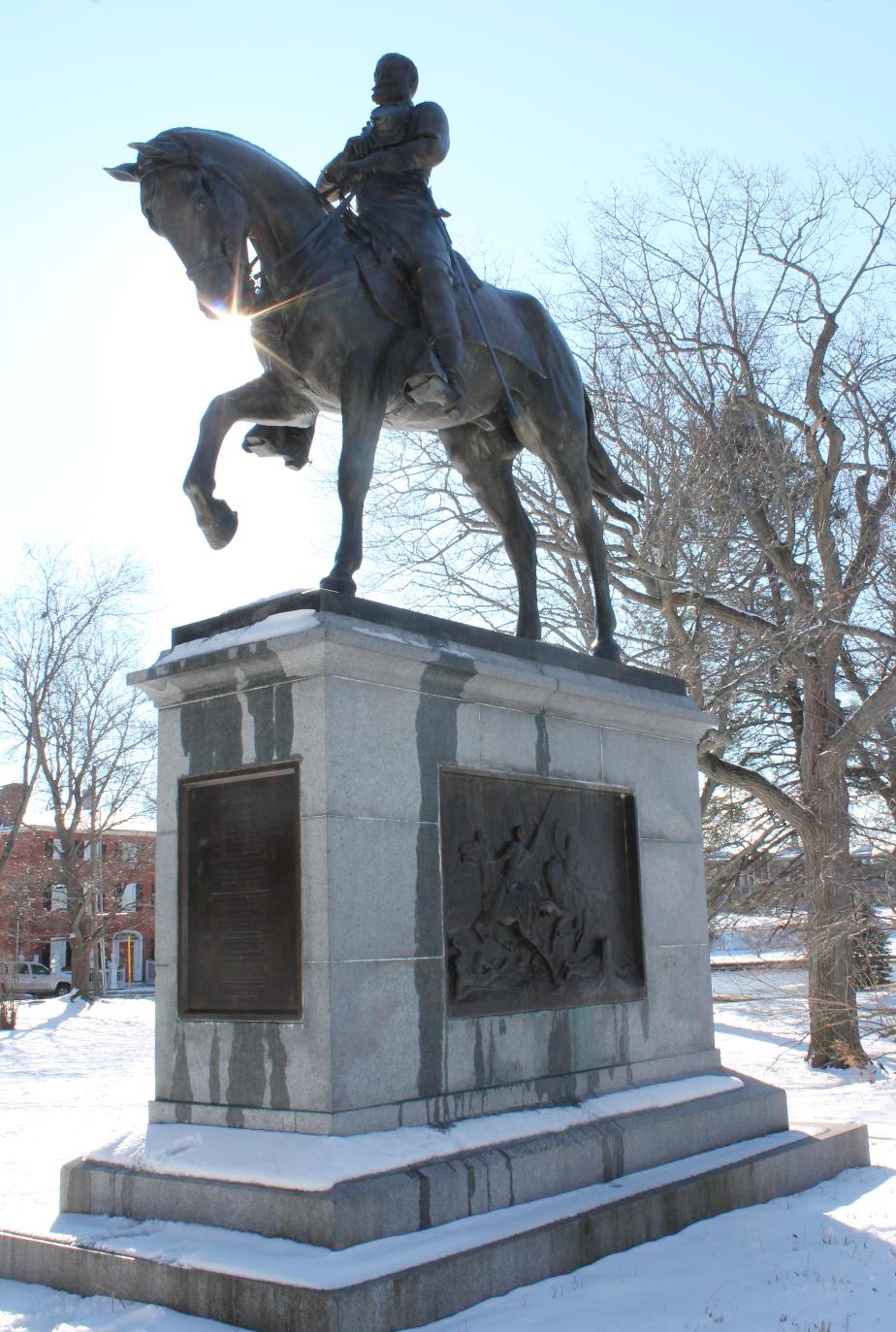
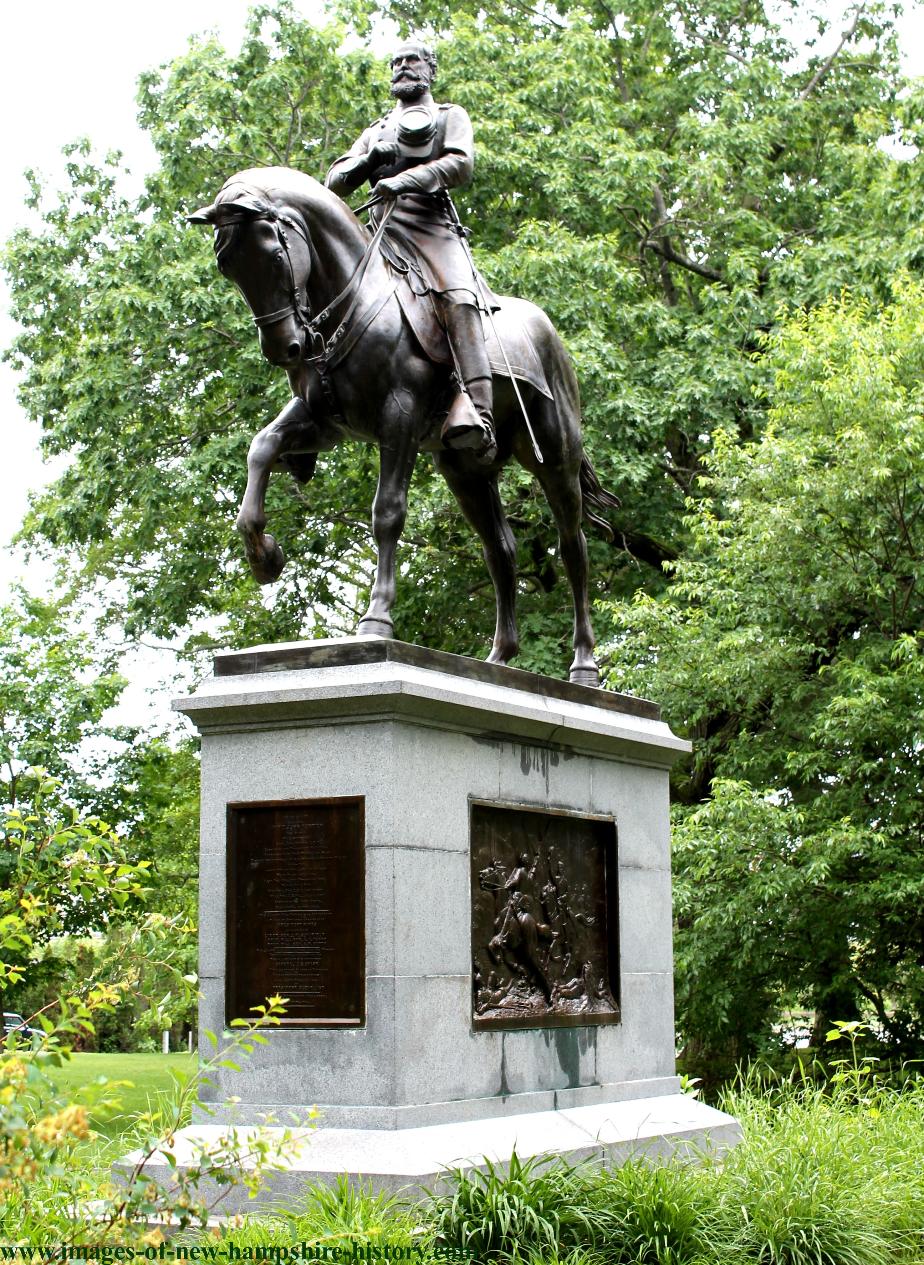
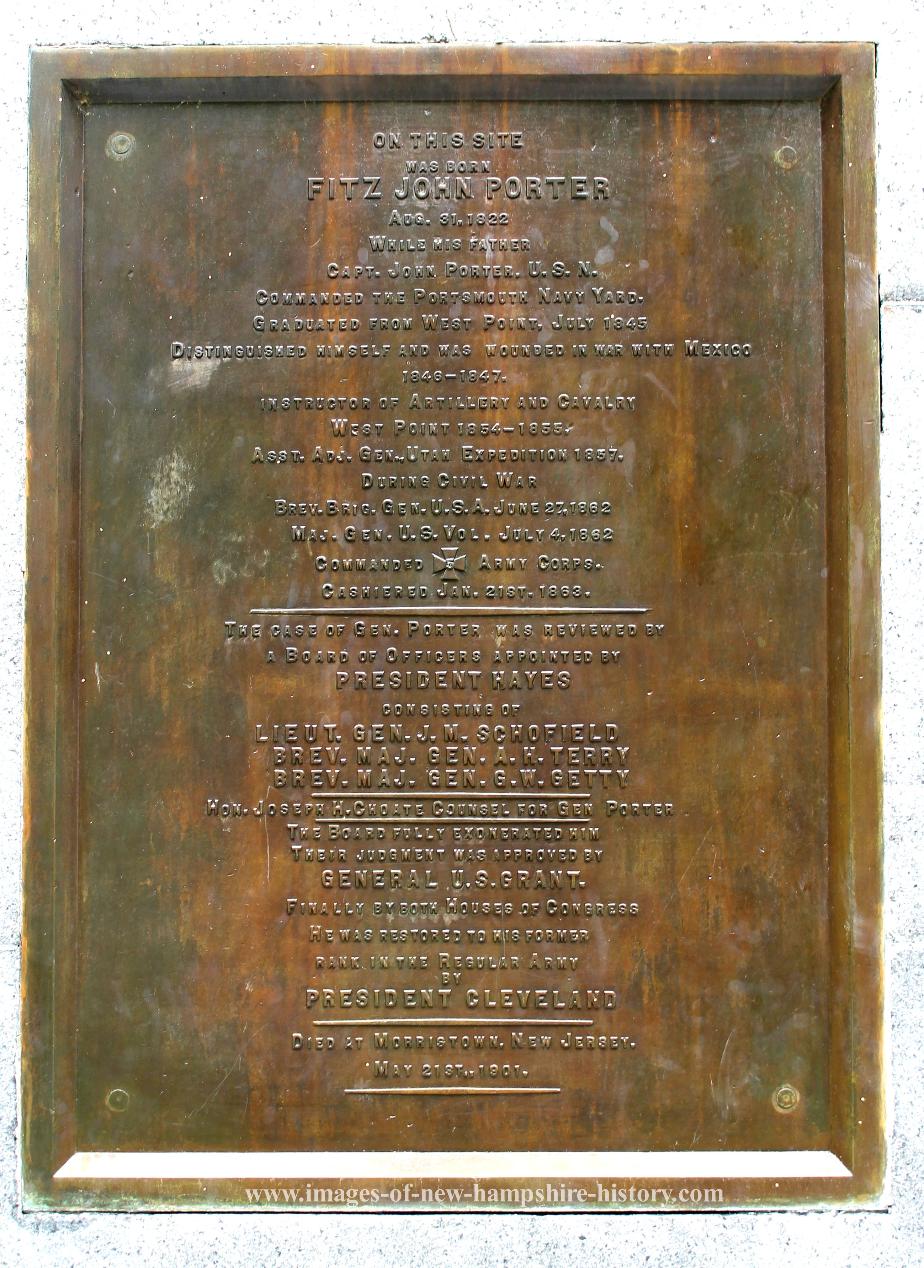
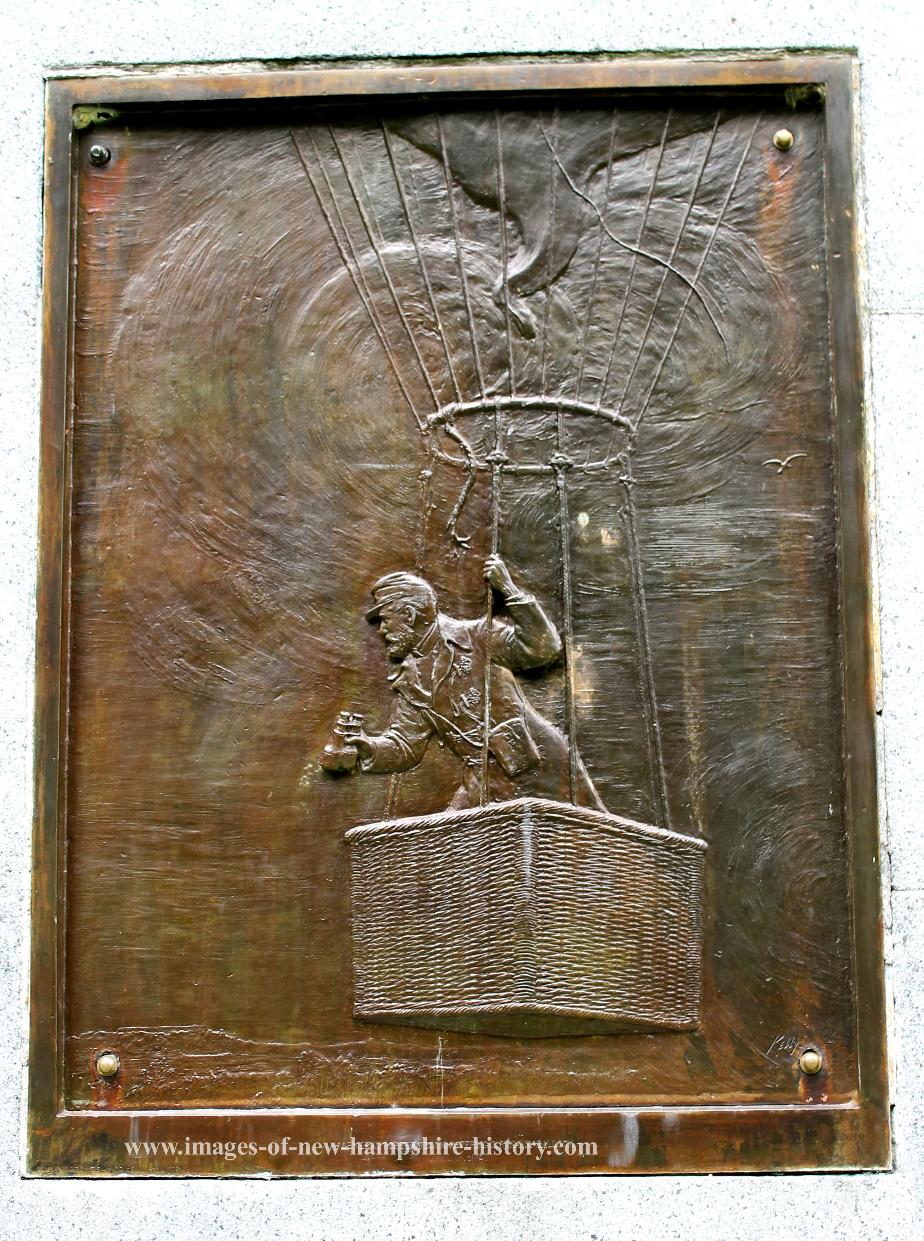
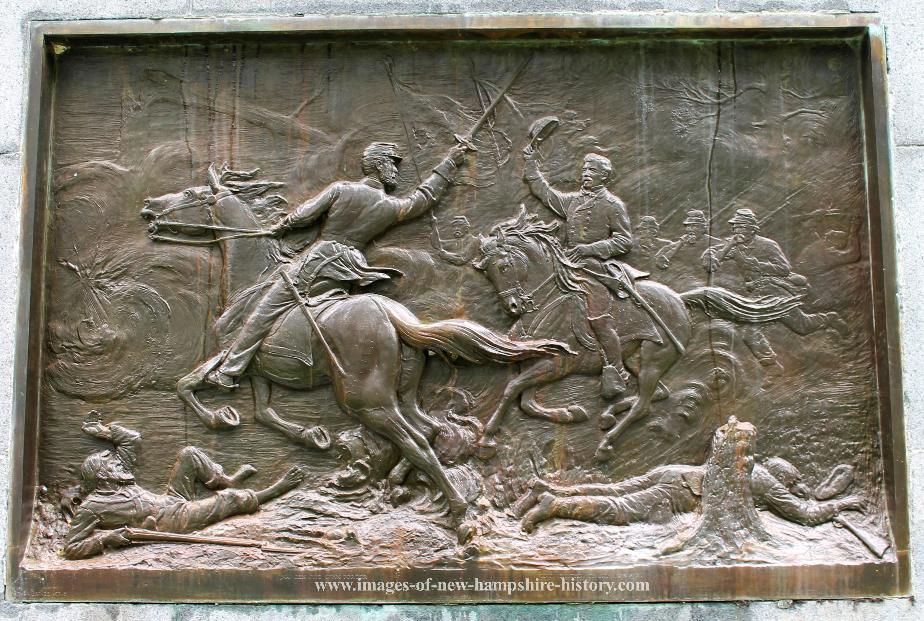
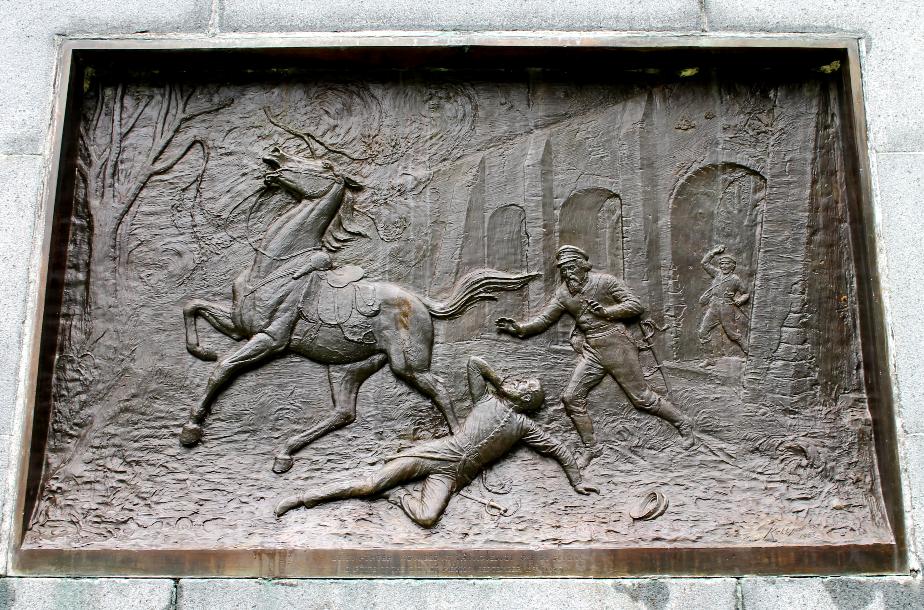
Portsmouth Souvenir Postcard - Memorial Bridge 1939
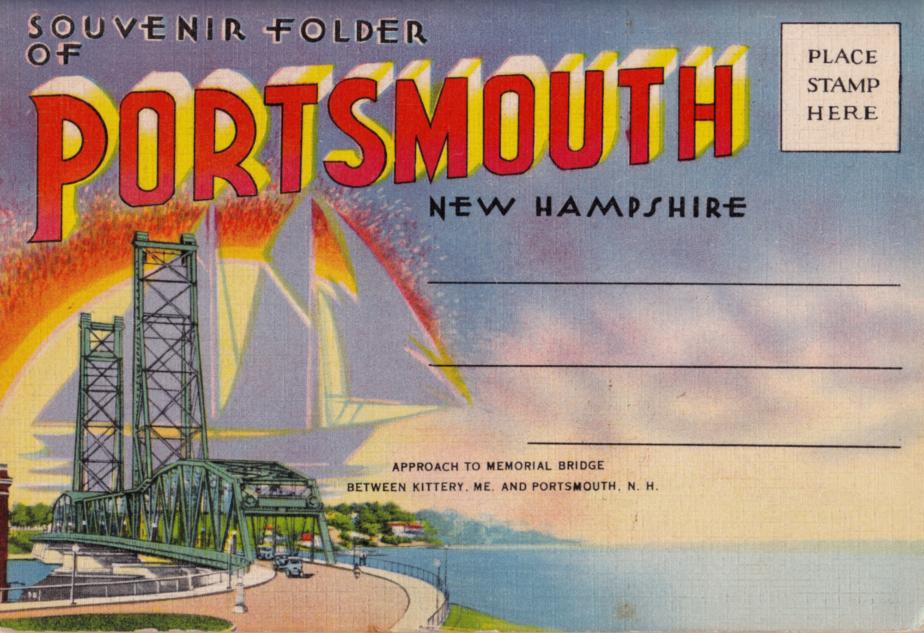
Portsmouth Aerial View - 1939
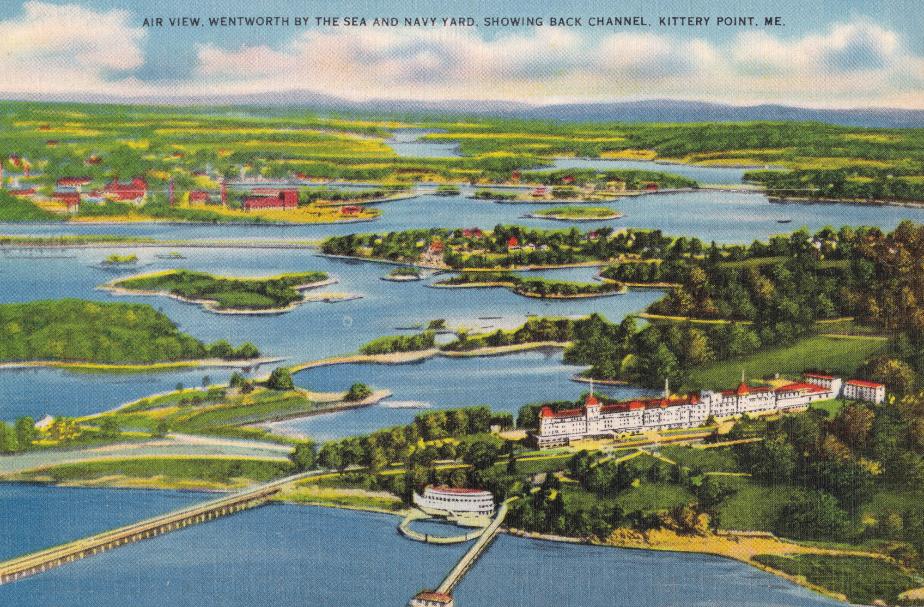
Portsmouth History - 1939
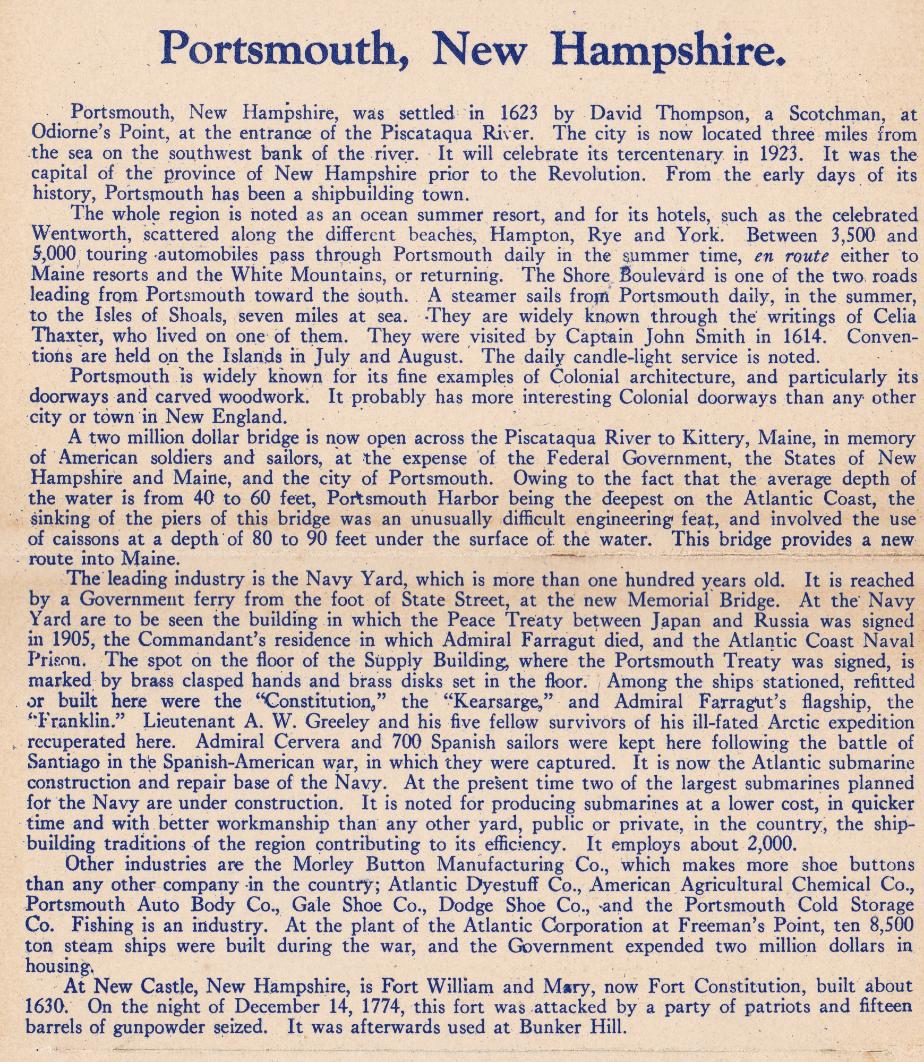
Reflections of Portsmouth - 1940
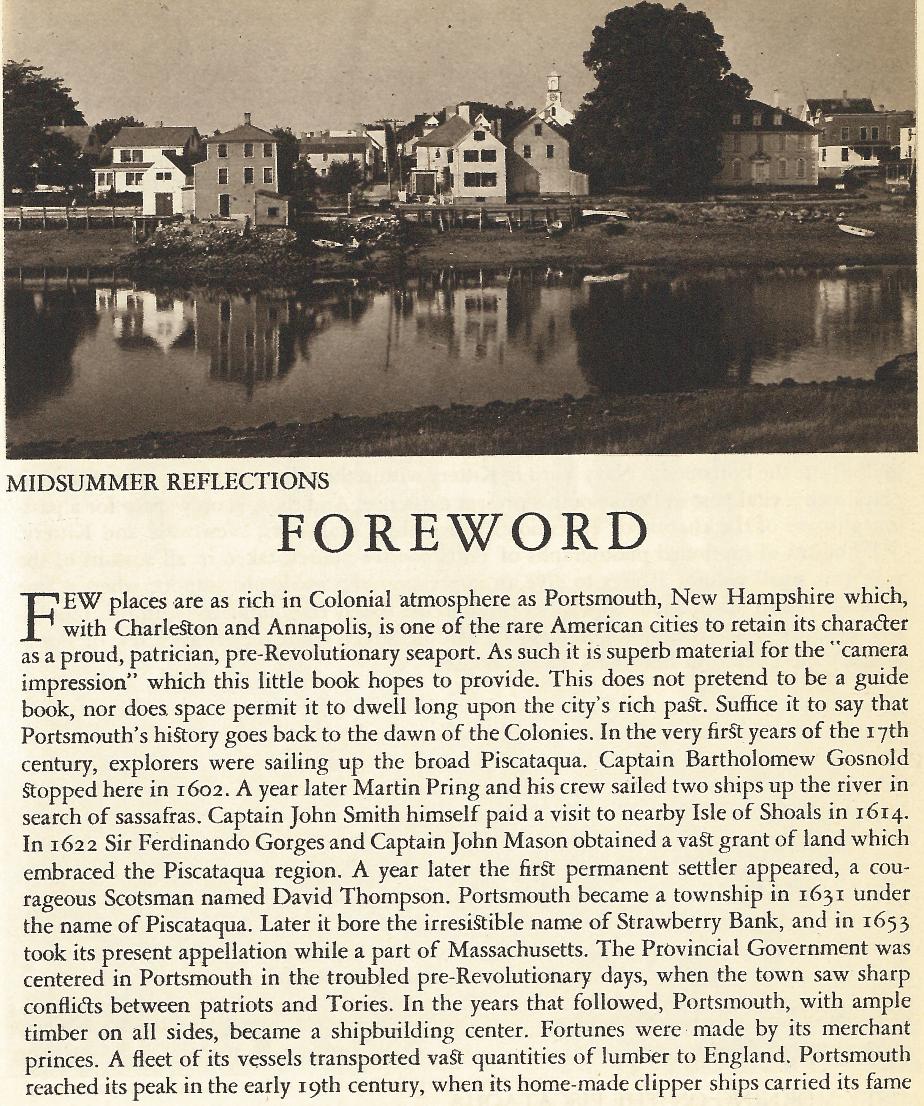
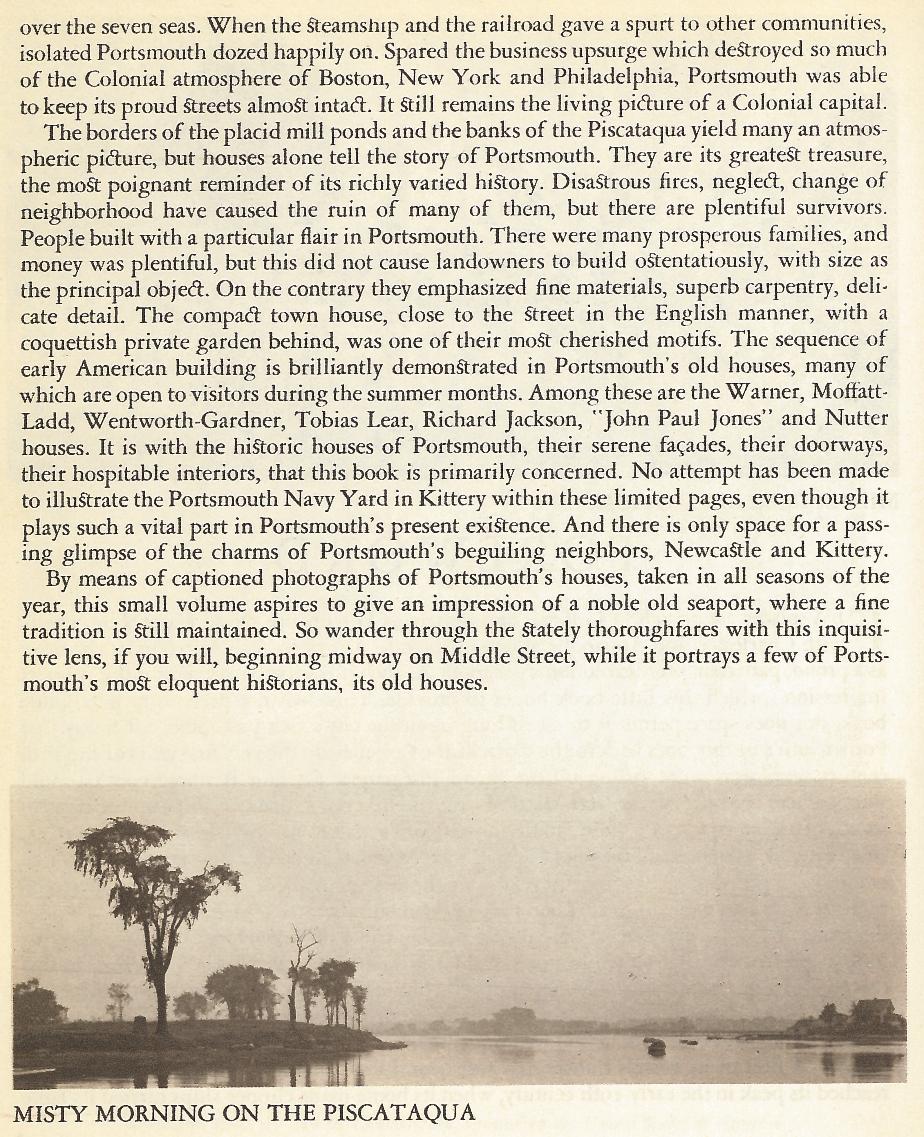
Portsmouth City Seal, Goodwin Park - Portsmouth NH
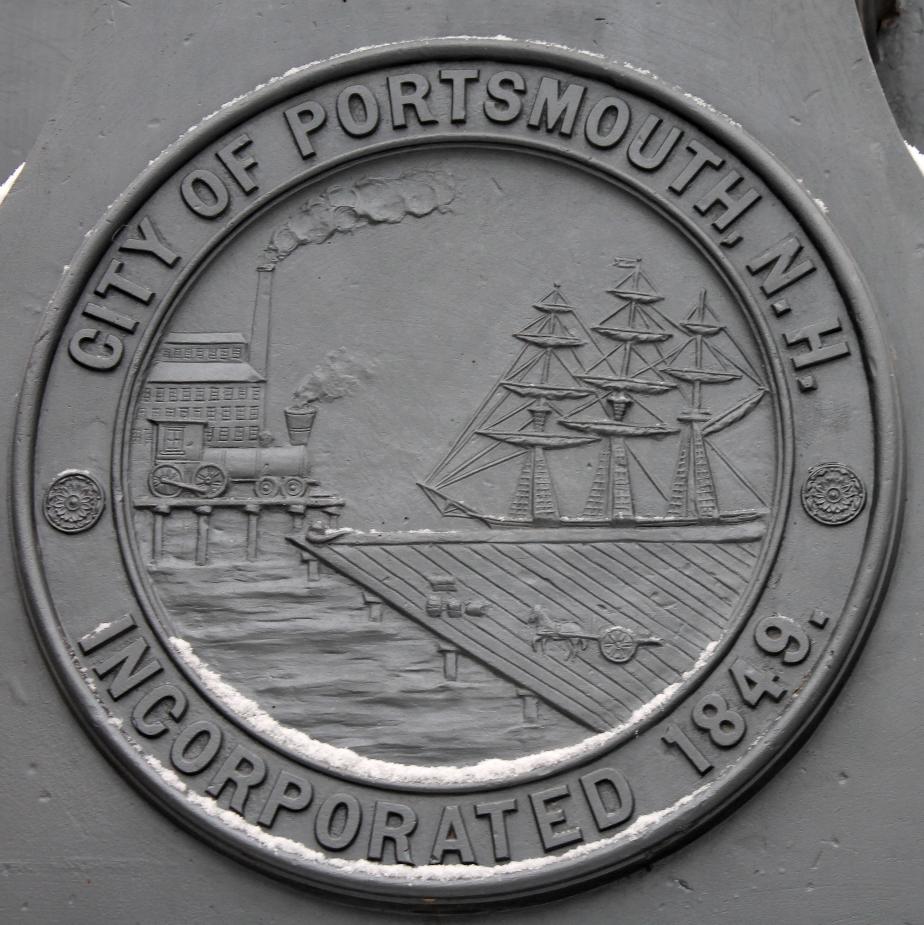
Portsmouth Athenaeum - 1940
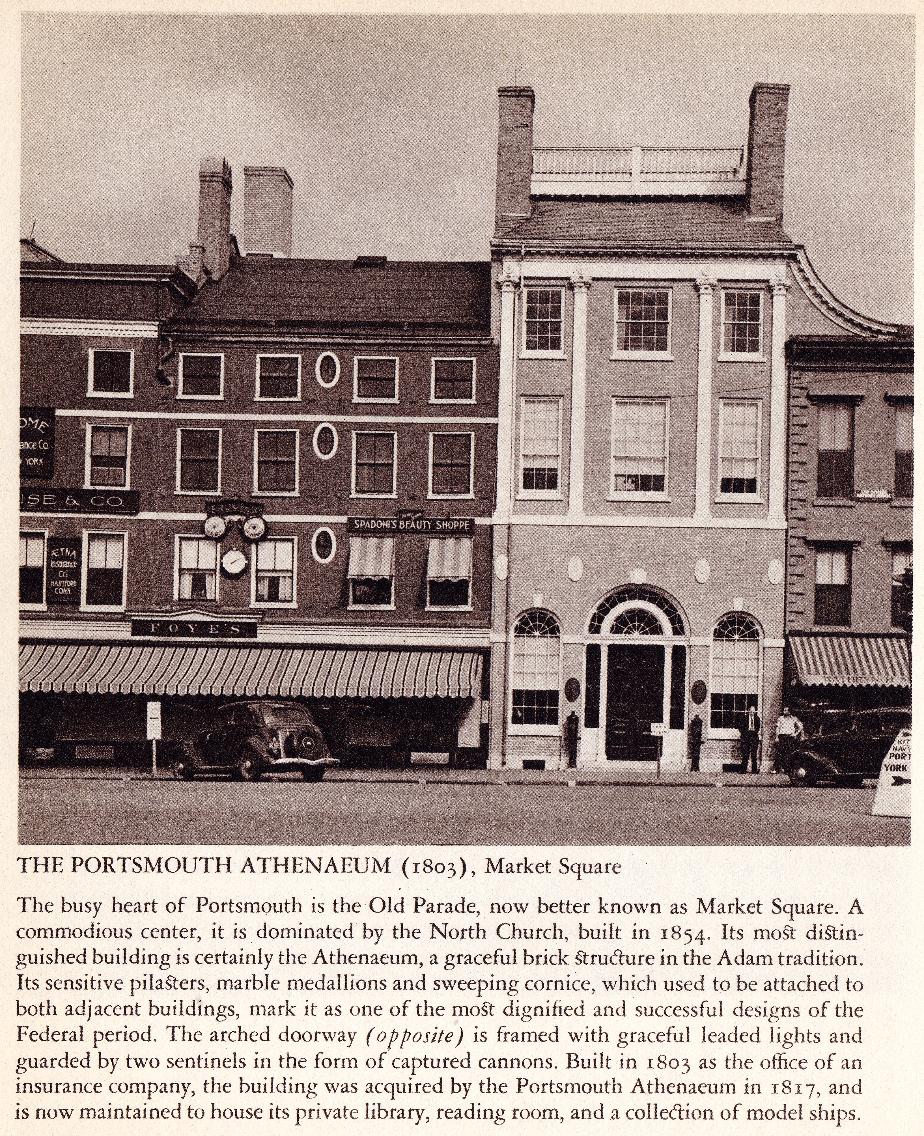
Portsmouth from the Navy Yard (1854)
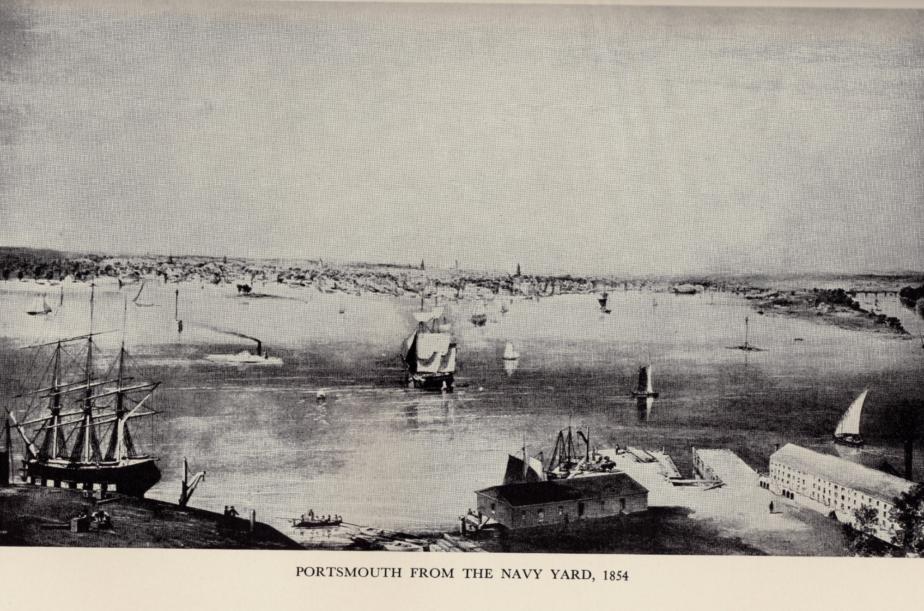
Dry Dock - Portsmouth Naval Shipyard (1930)
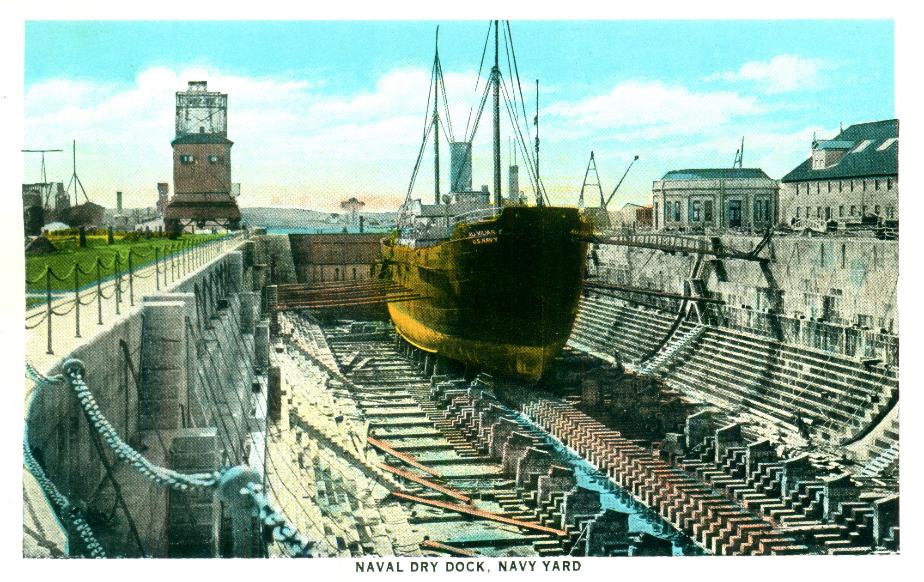
Dry Dock - Portsmouth Naval Shipyard - 1939
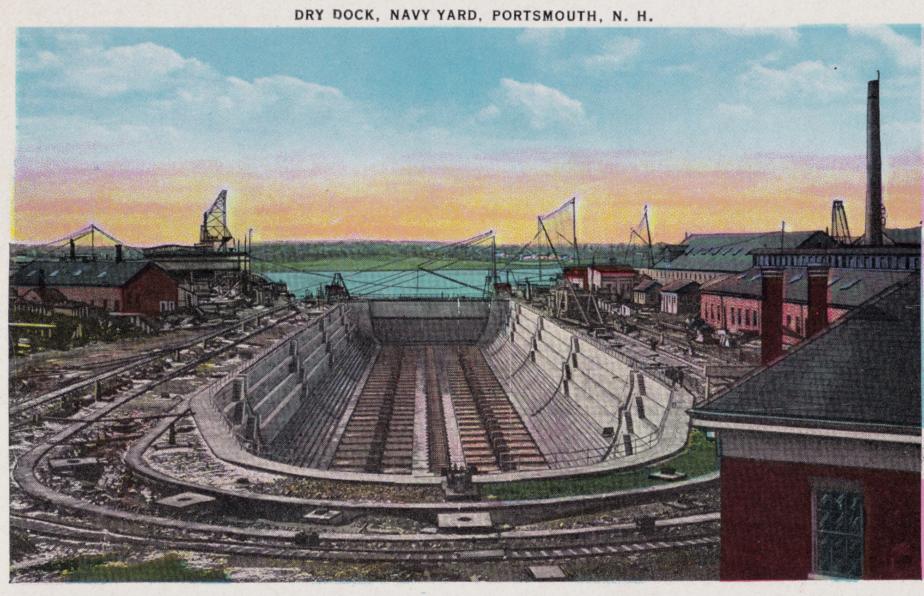
Portsmouth Navy Yard - Administrative Building
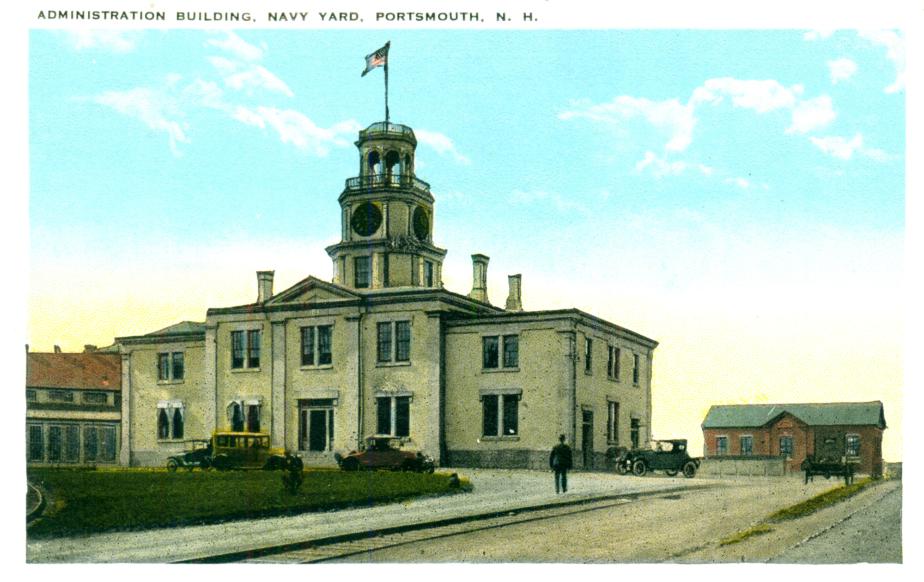
Portsmouth Public Library - Middle Street - Portsmouth NH
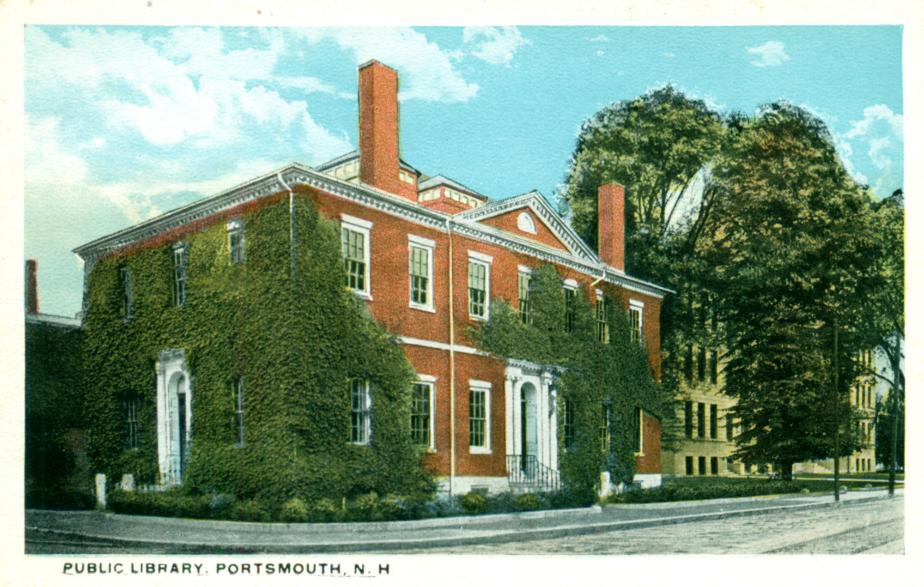
Historic Map of Portsmouth, New Hampshire

US Naval Prison, Portsmouth Naval Yard (1939)
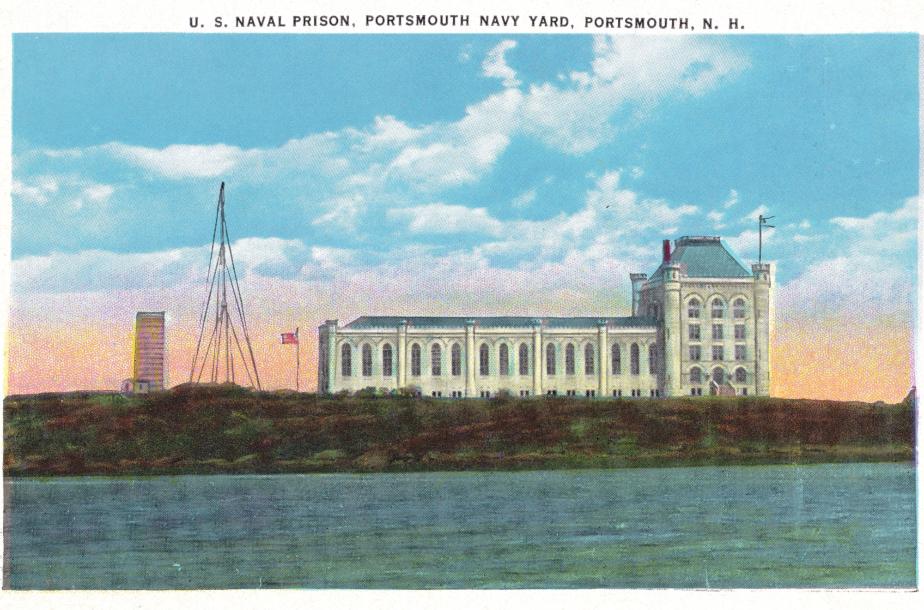
Portsmouth Black Heritage Trail

Portsmouth Memorial Park, Portsmouth New Hampshire
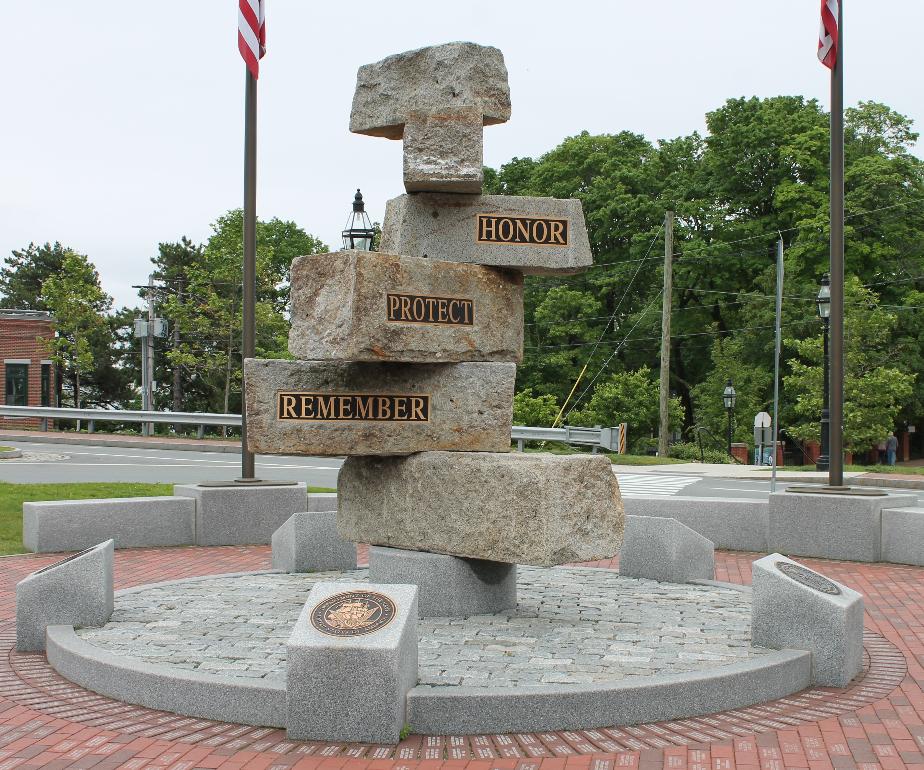
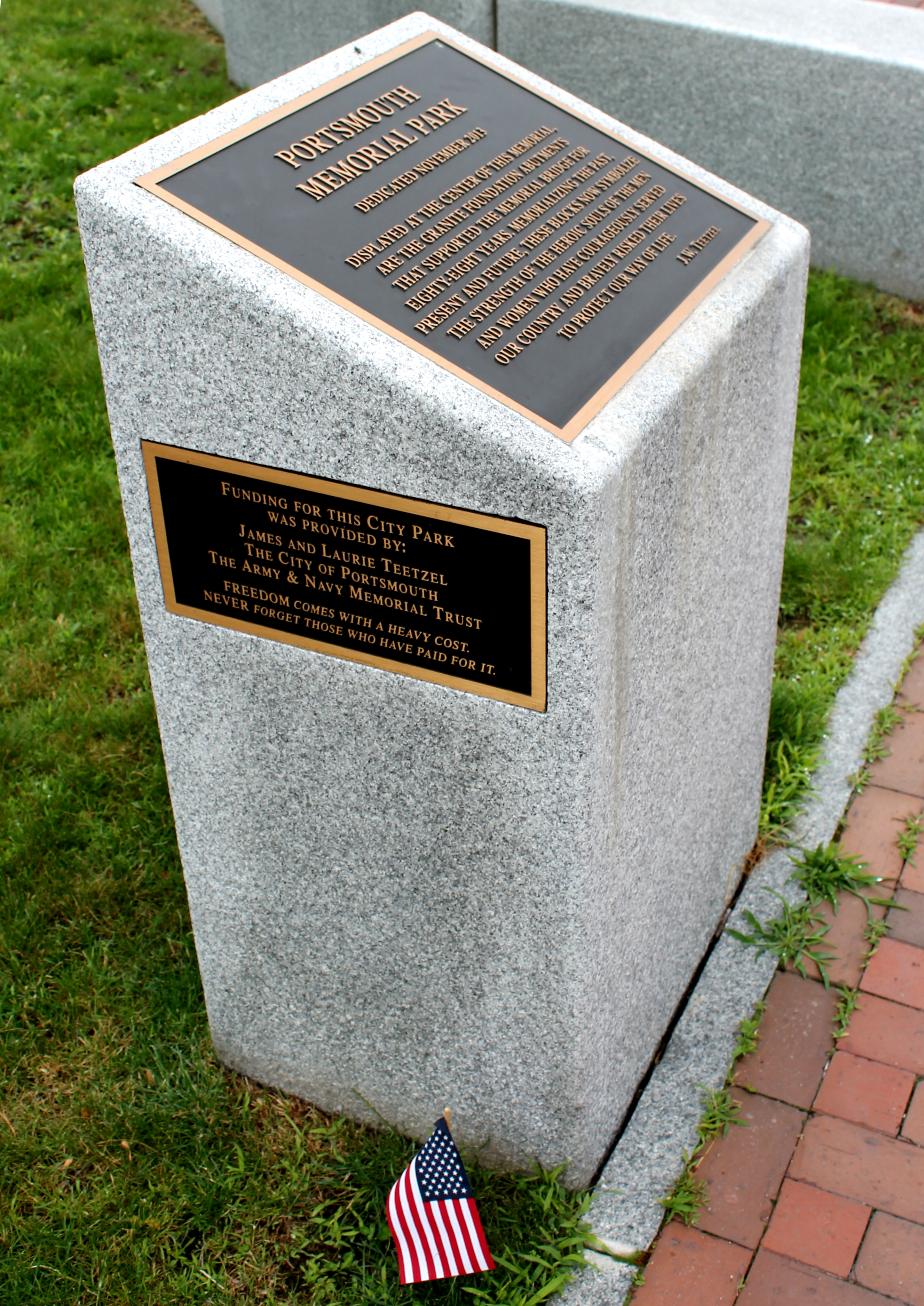

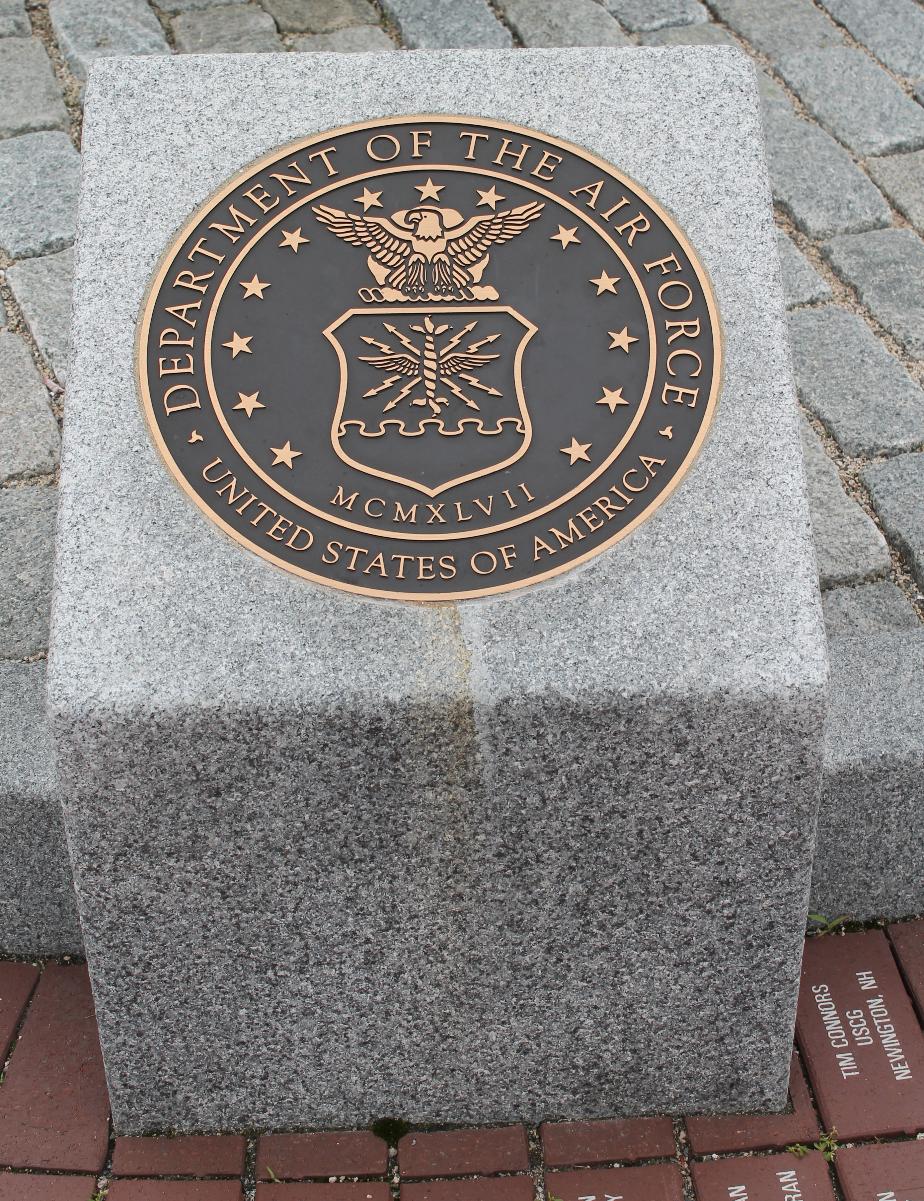

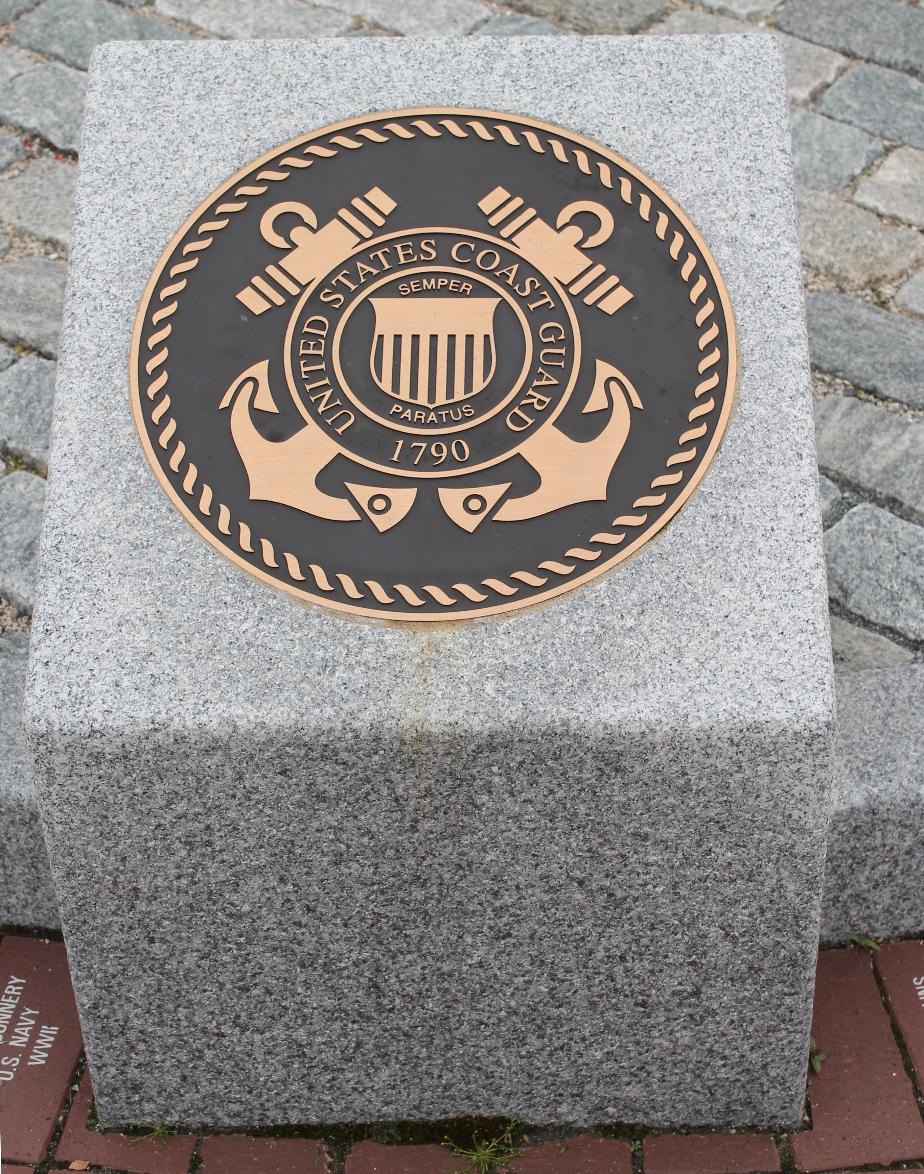
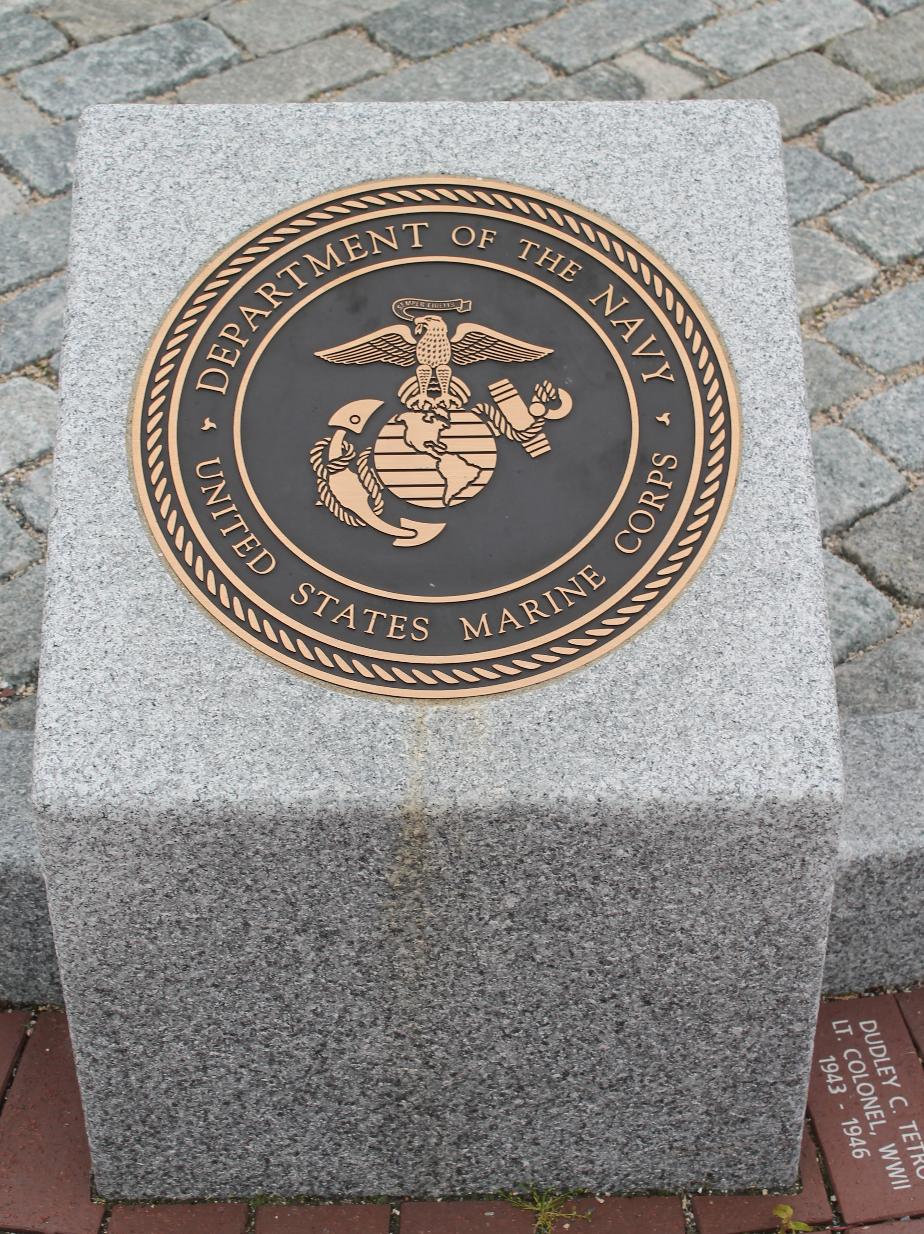

Rockingham Motel, State Street - Portsmouth (1930)
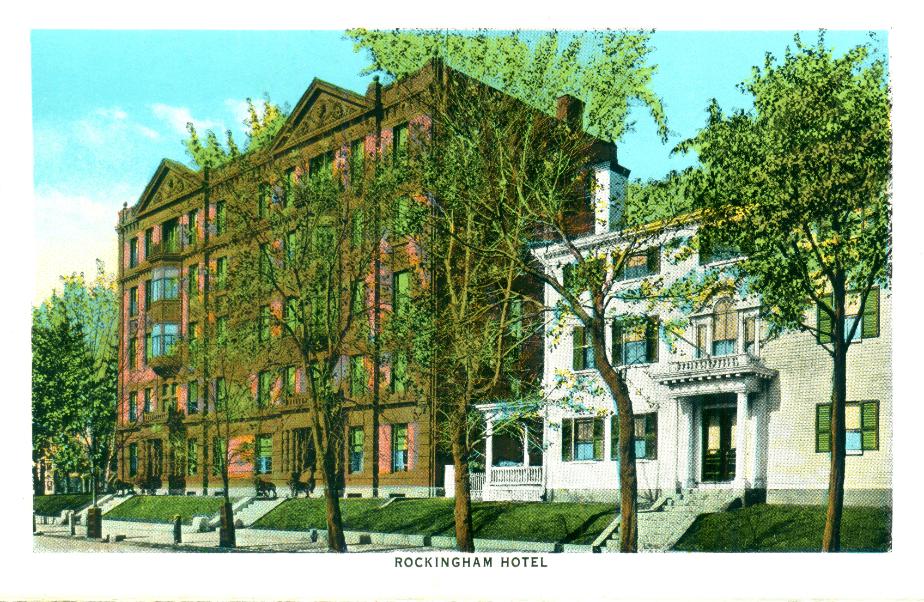
Rockingham Hotel, State Street, Portsmouth NH (1939)
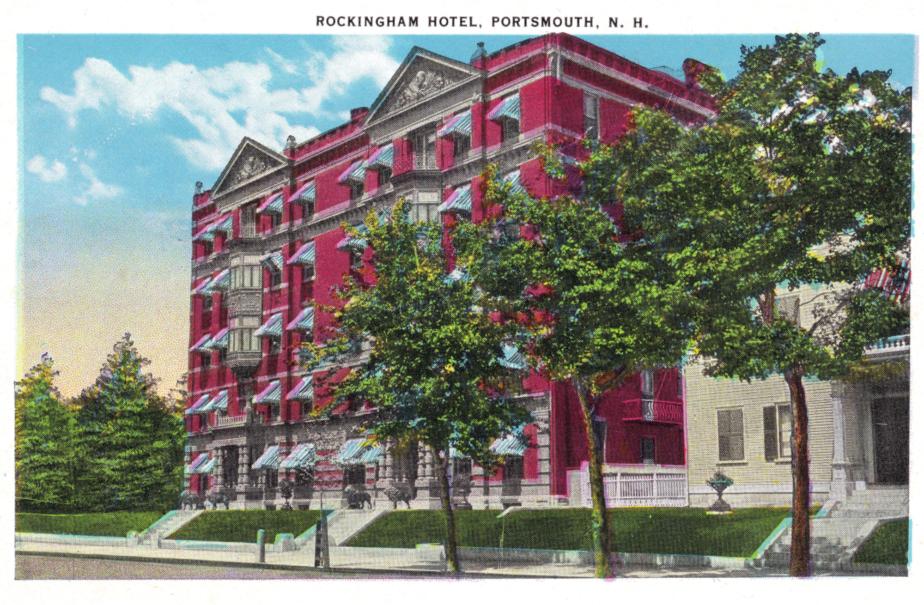
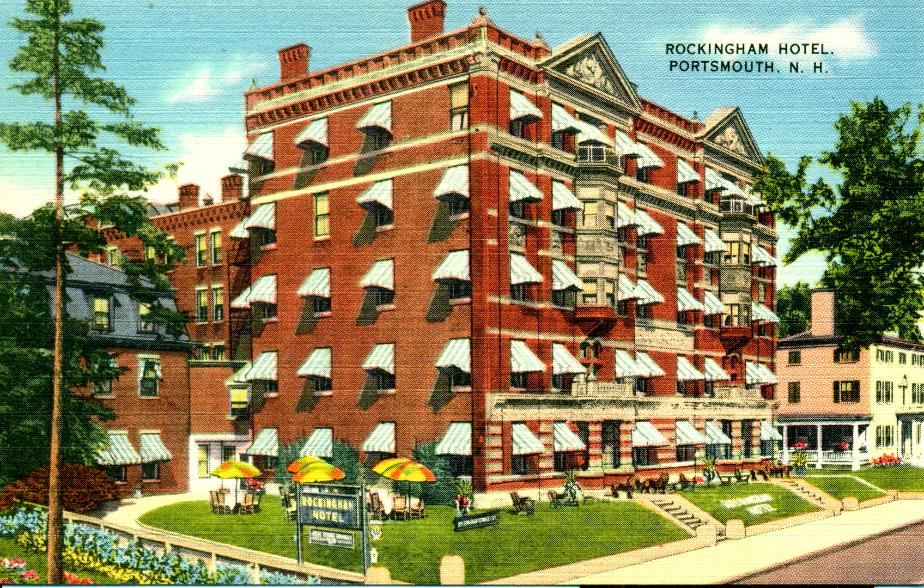
Rundlet-May House, Middle Street - Portsmouth (1940)
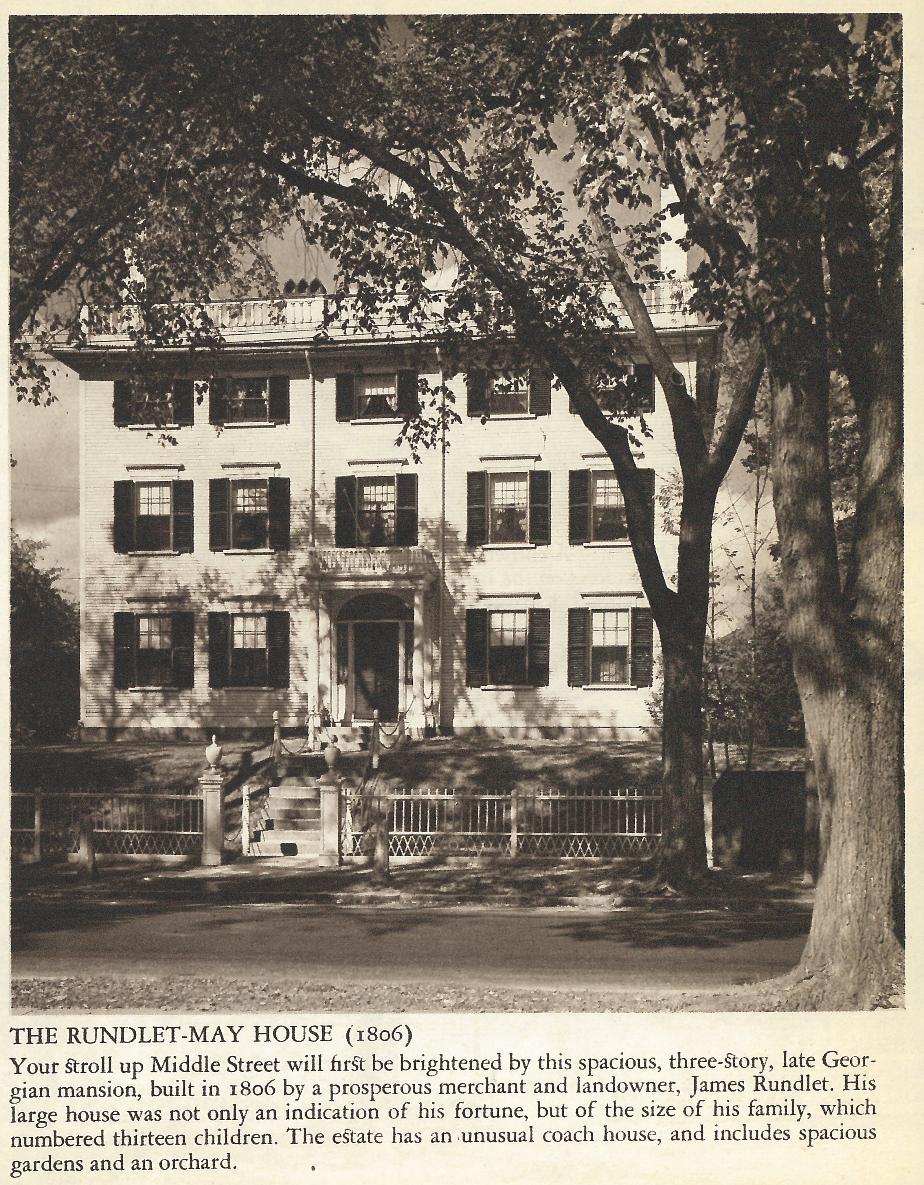
Rye Beach Bathing Pavilion, 1905
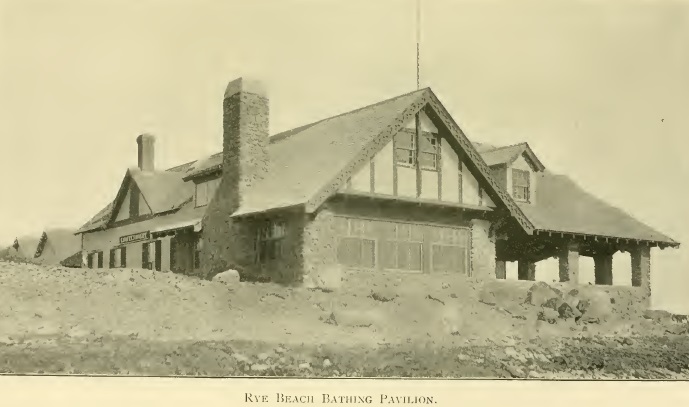
Rye Center, 1903
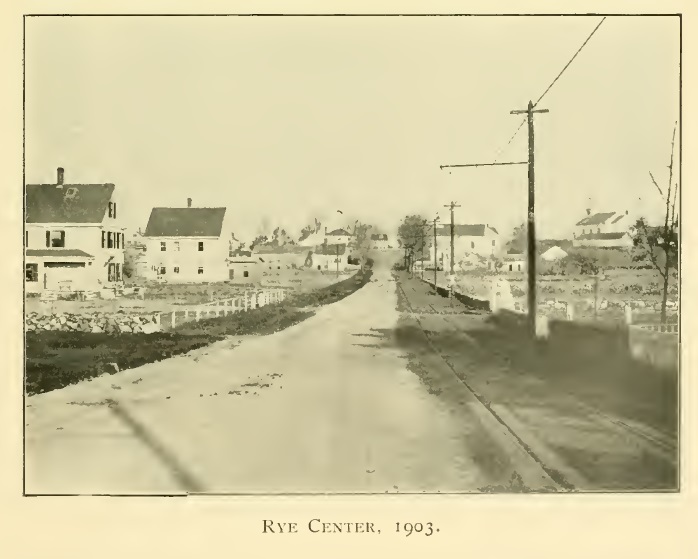
Rye Town Hall - 1905
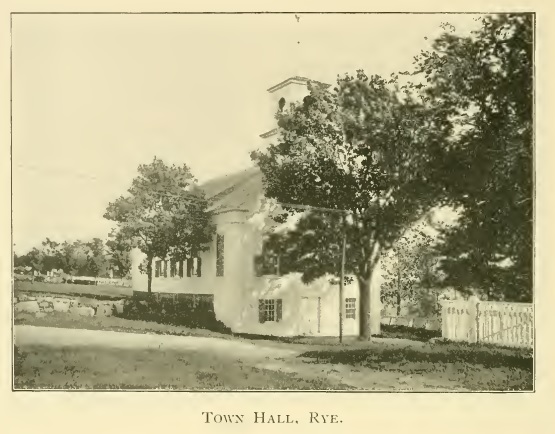
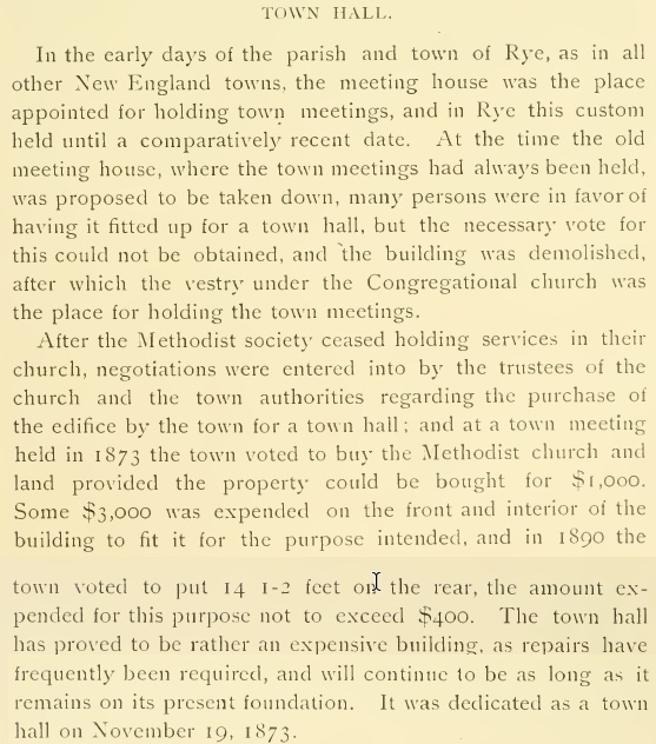
Sea View House - Rye Beach (1905)
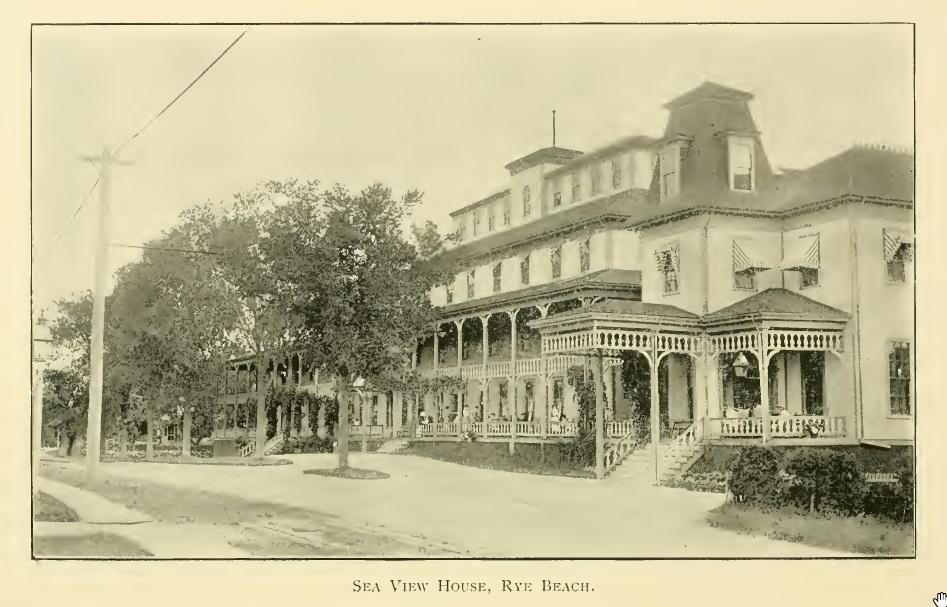
Henry Sherburne House - Deer Street, Portsmouth NH
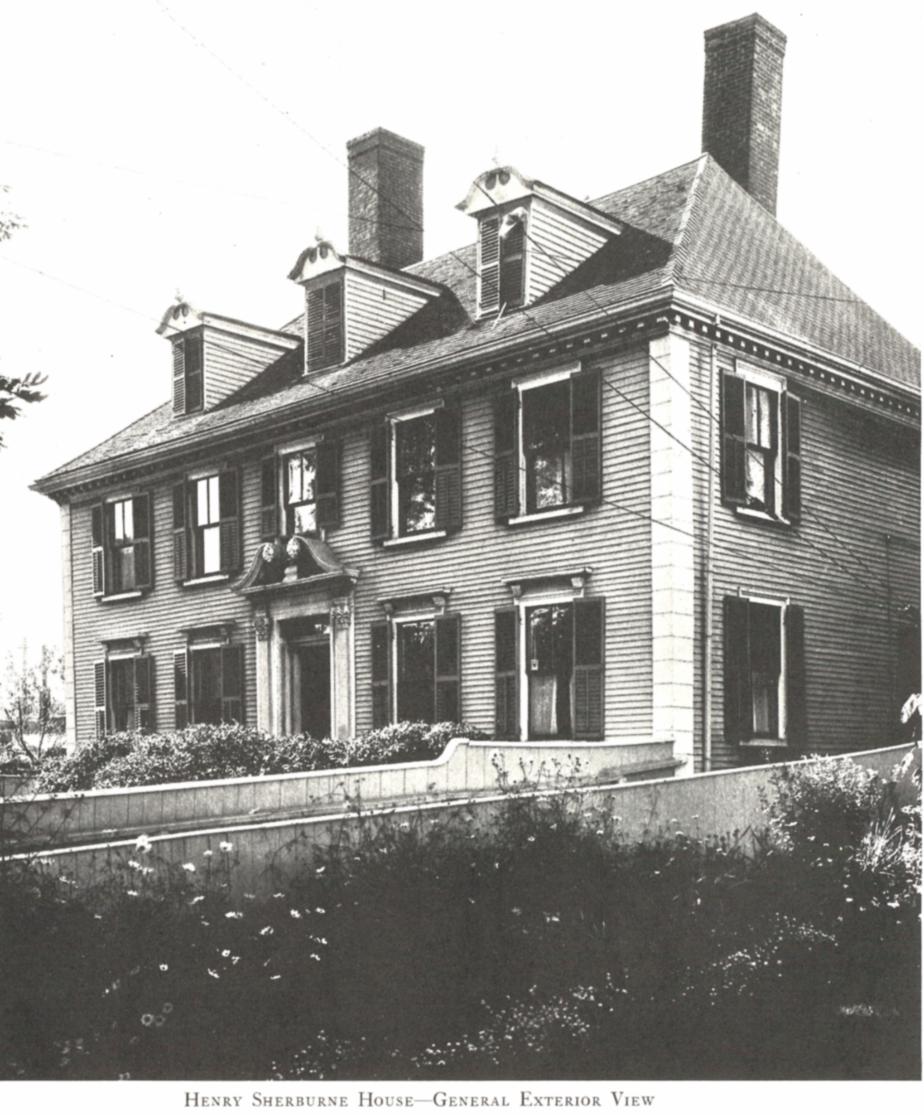

Charles A. Sinclair House - Portsmouth NH (1895)

Smutty Nose Island
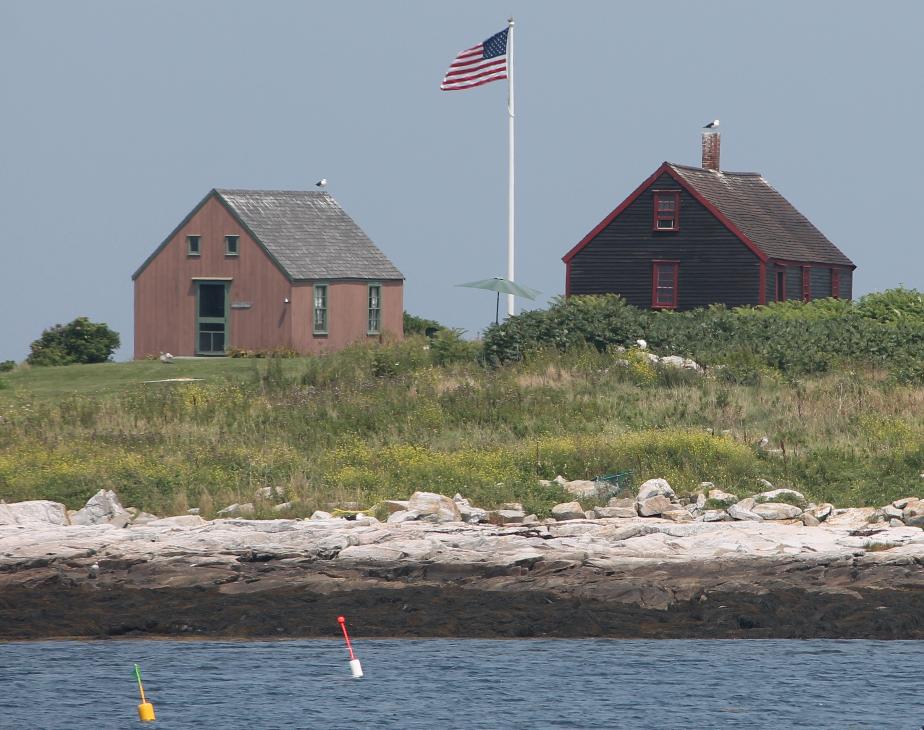
Spray Rock - Rye Beach (1905)
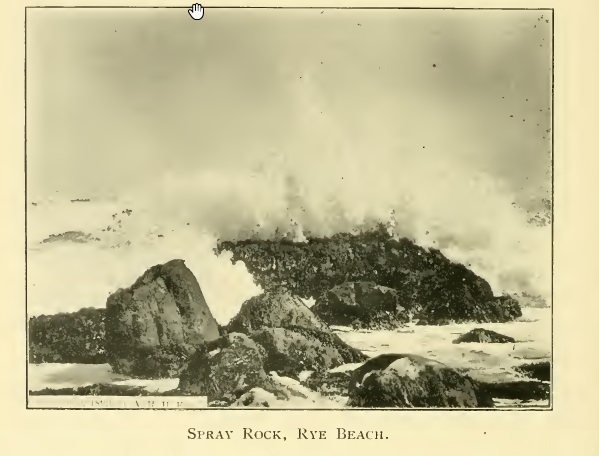
Star Island Harbor - Isles of Shoals - 1920
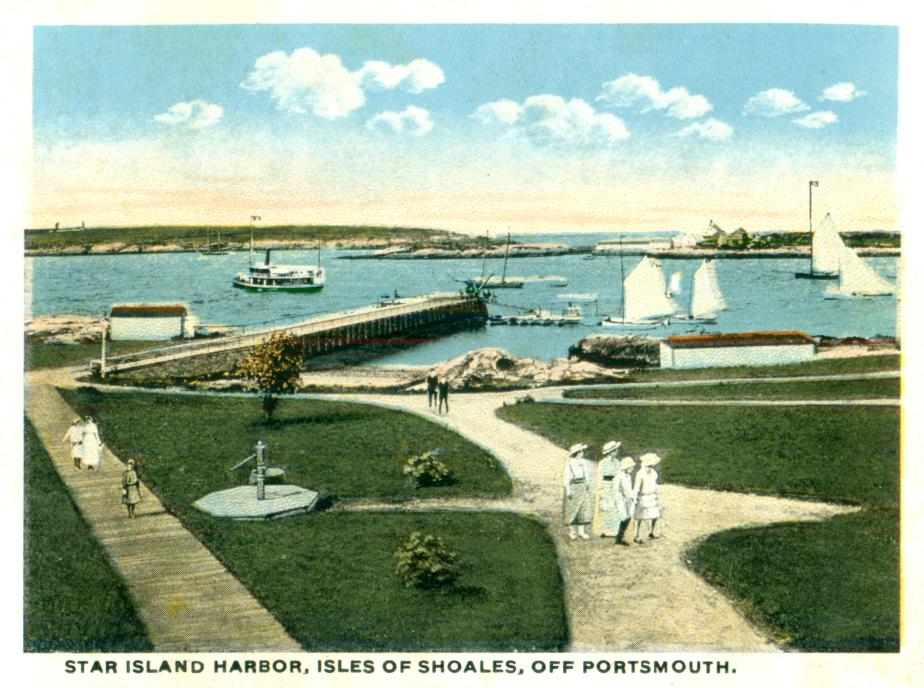
Star Island Welcome Sign
Star Island Chapel and John Tuck Memorial
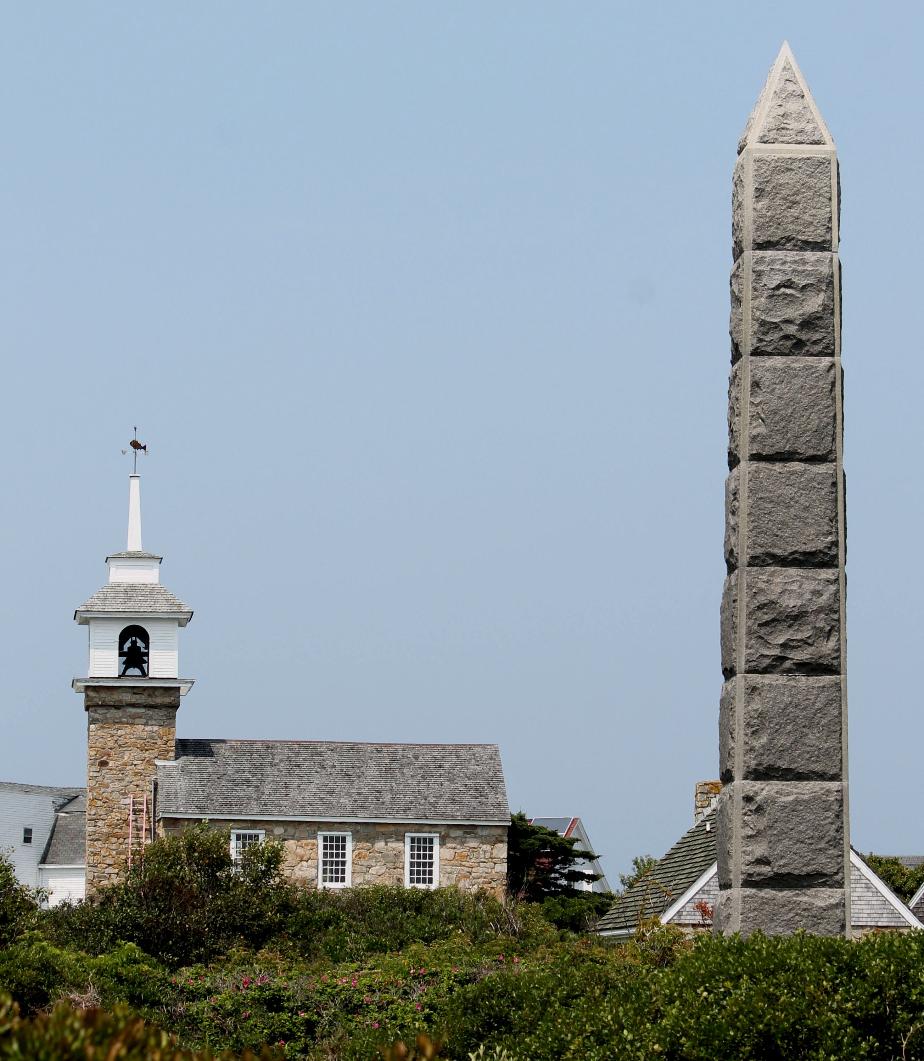
Rear Admiral George Washington Storer -
Portsmouth Athenaeum
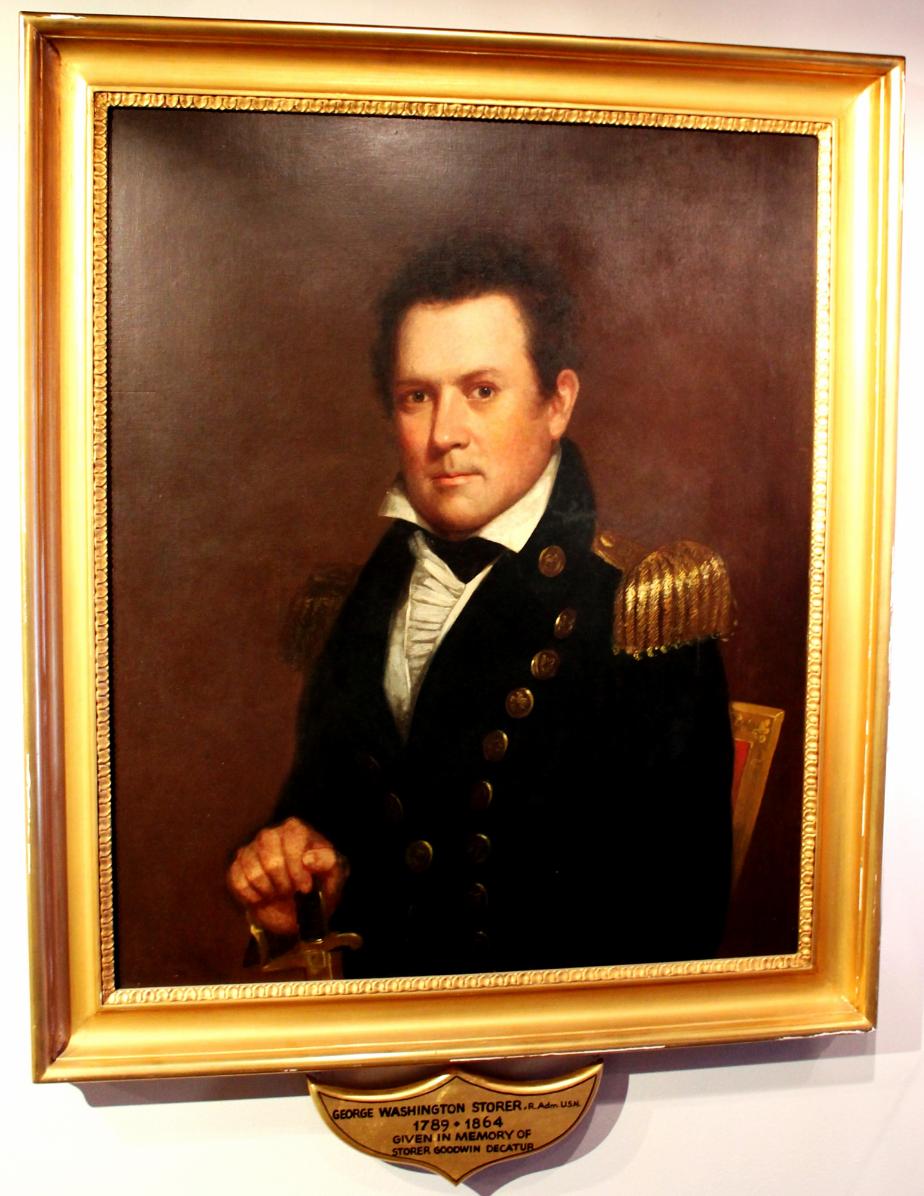
George Washington Storer was in the US Navy for nearly fifty-five years.
He was born in Portsmouth, N.H., May 4, 1789 and died at his residence in Portsmouth, on January 8, 1864, aged 74, ranking as a Rear Admiral.
After the Civil War the Grand Army of the Republic Post in Portsmouth was named in his honor as Storer Post #1.
On November 3, 1789 when President George Washington was visiting Portsmouth he called on the mother of his private secretary, Colonel Tobias Lear, Mrs. Tobias Lear and in south-west parlor was introduced to members of the family. When told a grandson had been named George Washington Storer, the President placed his hand gently on the child's head and said may "...he be a better man than the one whose name he bears." Storer began his naval career in 1809 as a midshipman, but rose in rank to lieutenant in 1813, master-commandant in 1828, captain in 1837, and commander-in-chief of the Brazil Squadron in 1847, serving in that capacity until 1850. Following his service in the Brazil Squadron, Storer was on leave of absence from 1851 to 1854, and then, from 1855 to 1857, served as governor of the Philadelphia Naval Asylum, the first government-funded hospital and home for elderly and destitute United States sailors. In 1857 he served as president of the Naval Court of Inquiry #3, which followed an 1855 act of Congress amending "An Act to Promote the Efficiency of the Navy," under which more than 200 naval officers were dismissed from duty. Storer retired from the Navy in 1862, and died two years later, in 1864.
Docks on Strawberry Banke - Portsmouth 1940
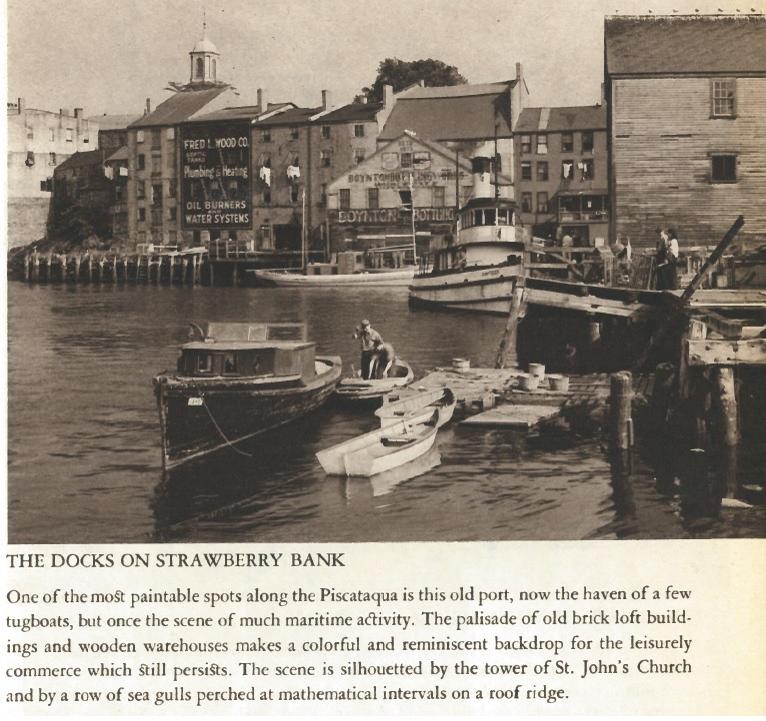
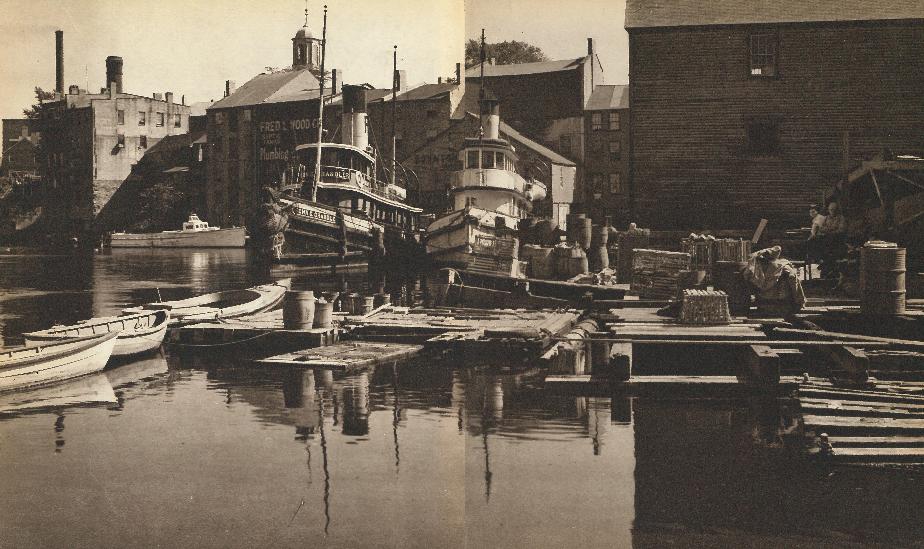
General Sullivan Bridge - Newington, New Hampshire
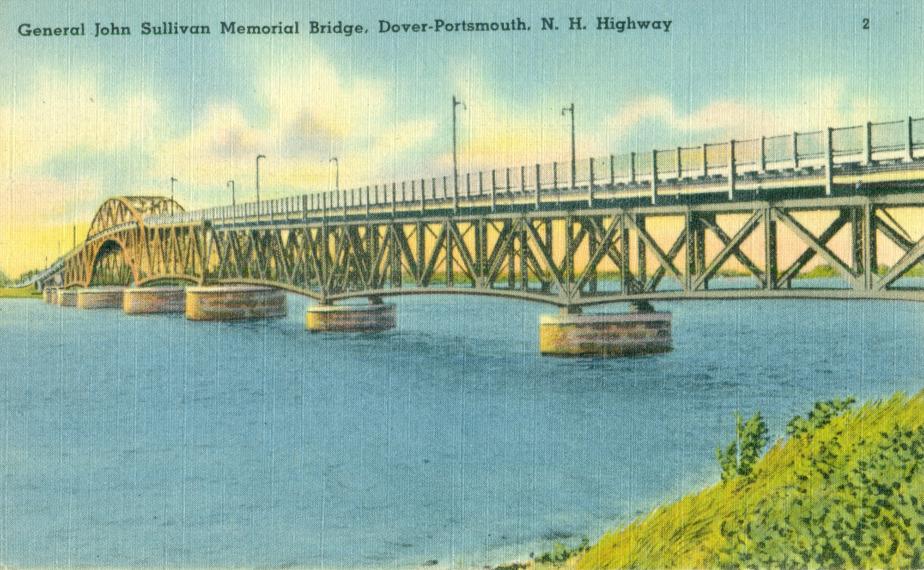
General Sullivan - Ft William and Mary Landing Plaque

General John Sullivan Memorial - Durham, NH
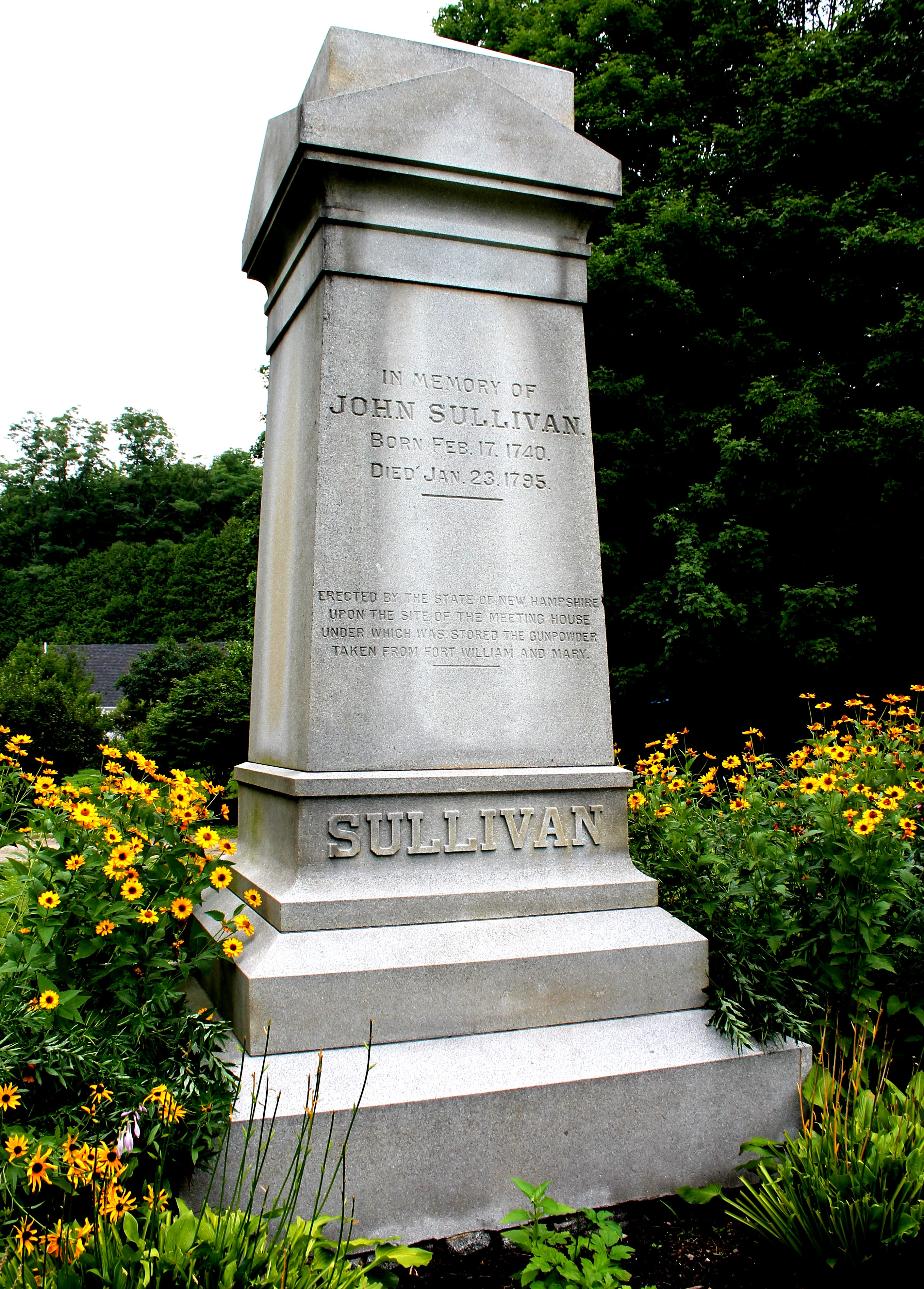
Rev. John Tuck Memorial , Star Island
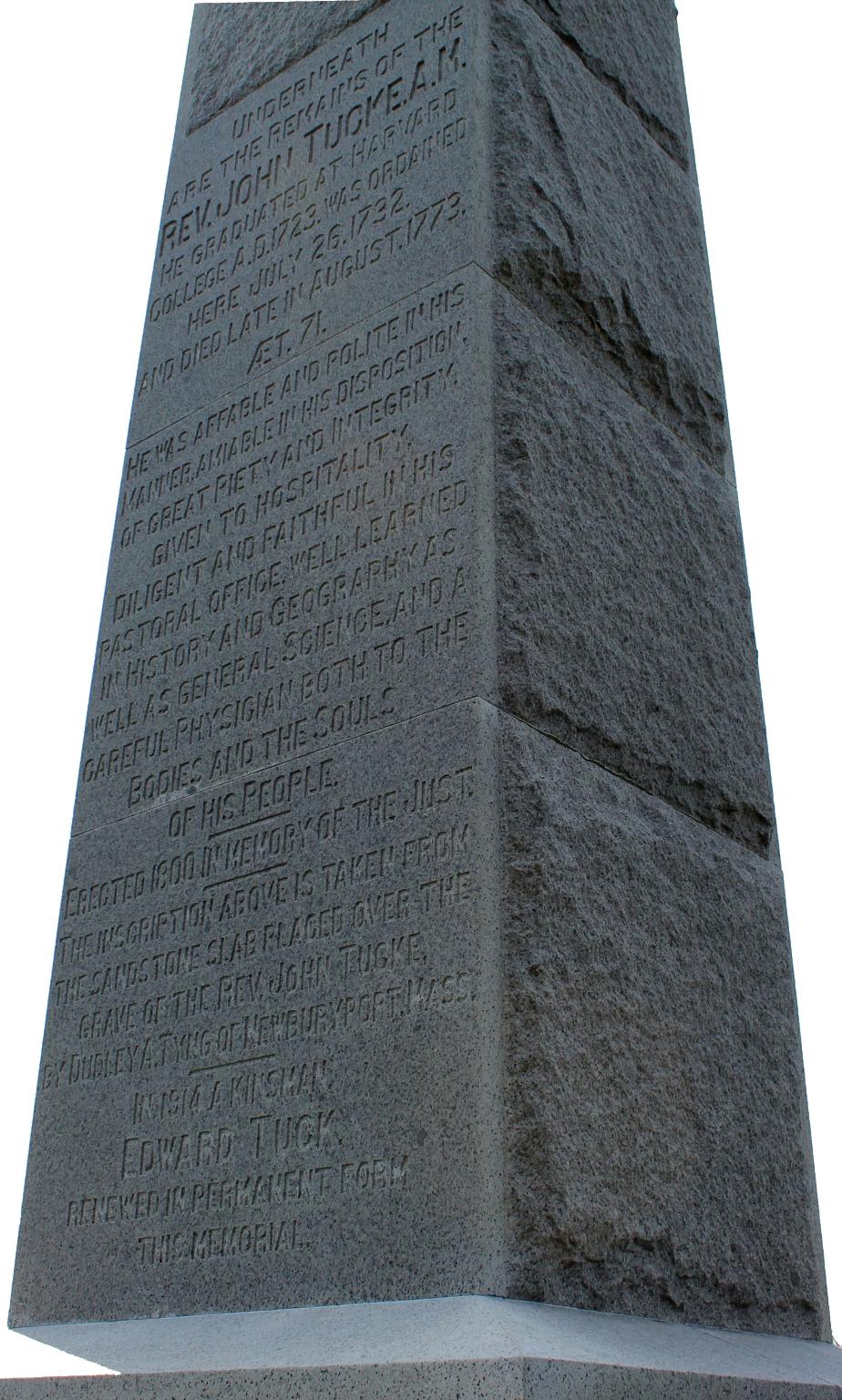
Neil Underwood "One Mile" Memorial Bridge - Hampton NH
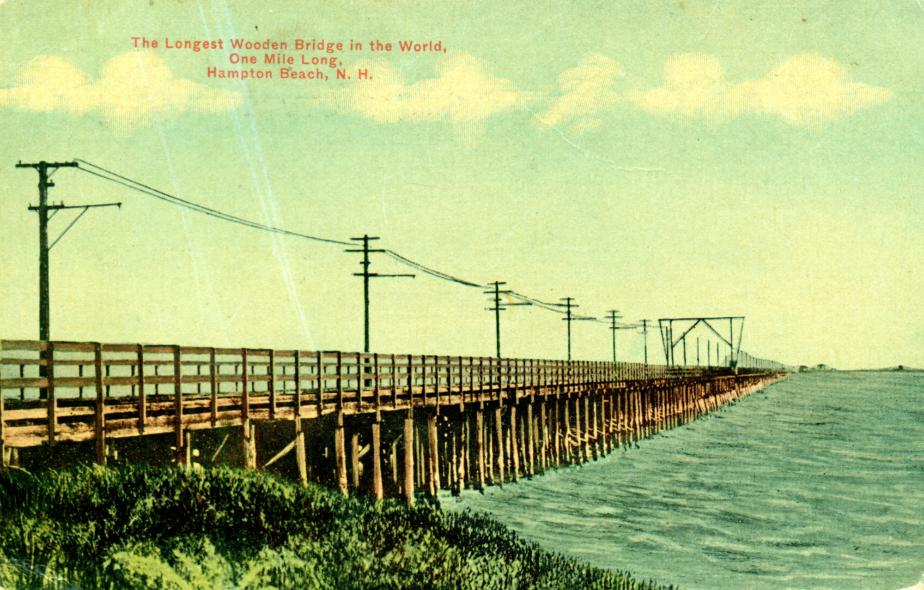
USS New Hampshire - Leaving Harbor - Portsmouth Postcard 1920
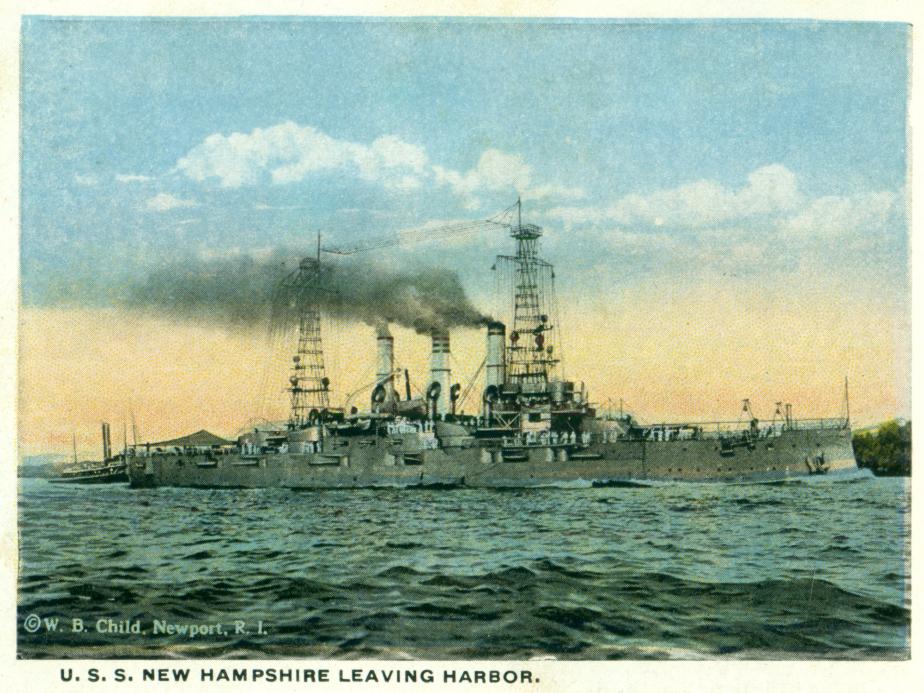
Life Saving Station, Wallis Sands Beach - Rye NH (1905)

The Warner House, Chapel St - Portsmouth NH (1895)
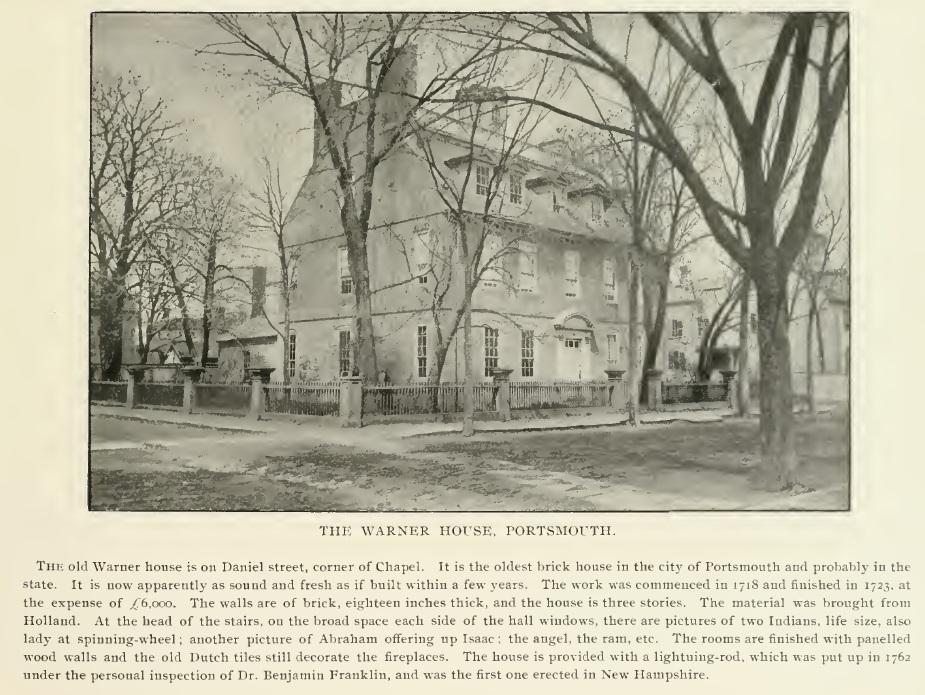
The Warner House: Chapel St. Portsmouth NH (1940)
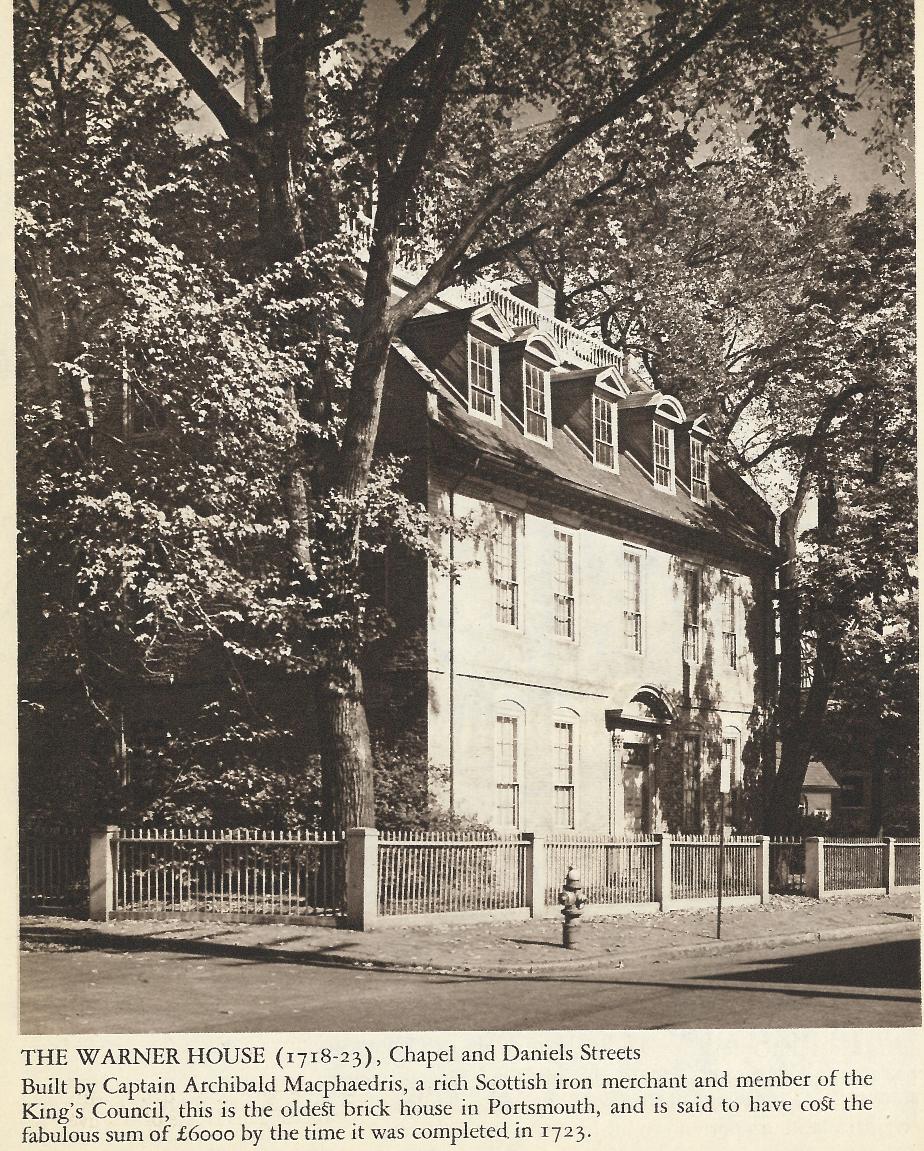
Warner House: Daniel Street, Portsmouth (1930)
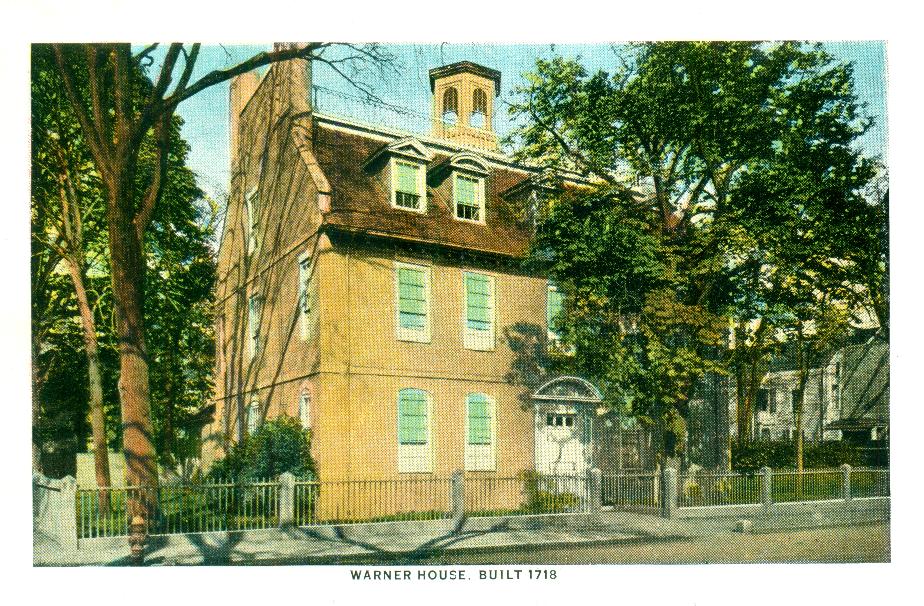
Warner House: Daniel Street, Portsmouth (1939)
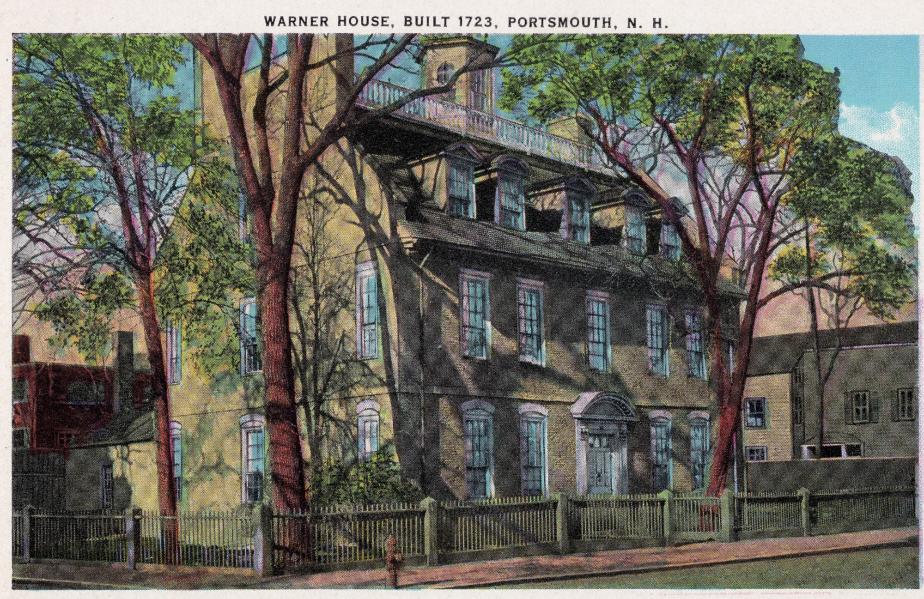
Wentworth by the Sea - New Castle NH 1920

Wentworth By The Sea Resort : New Castle NH 1930
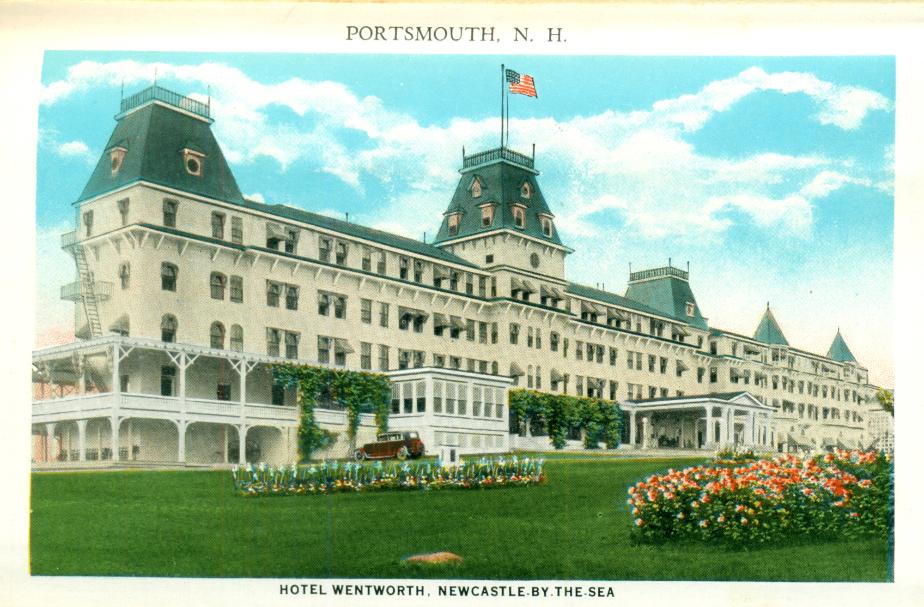
Wentworth By The Sea - New Castle NH (1939)
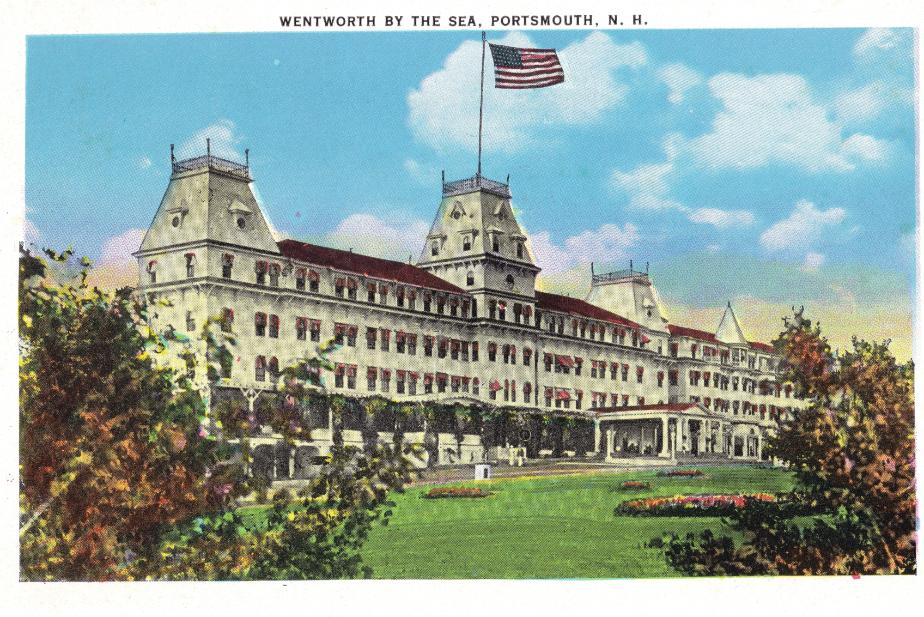
Wentworth Hotel Club House - New Castle NH - 1910
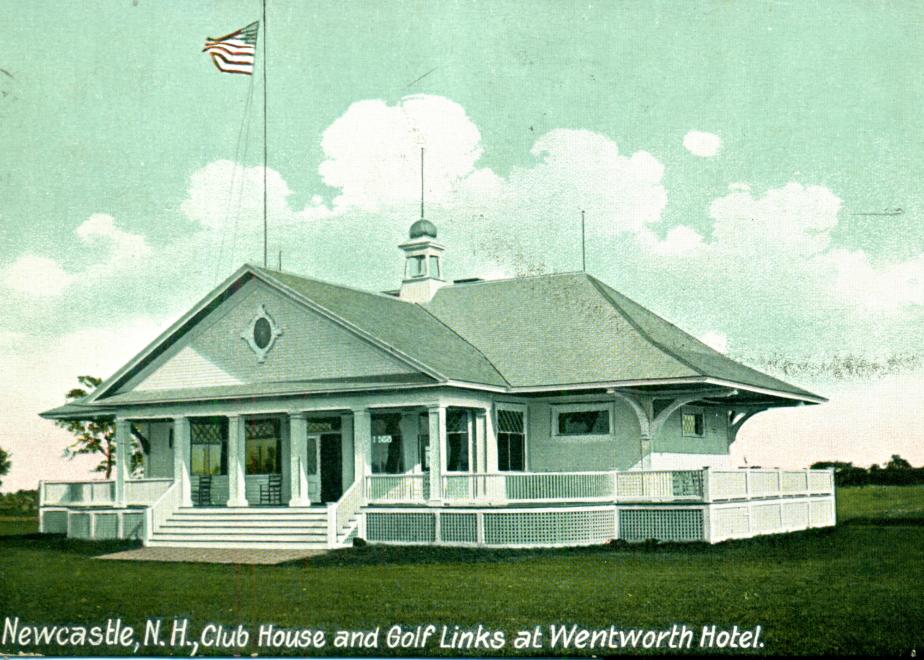
Wentworth - Gardner House, Mechanic St. Portsmouth 1930
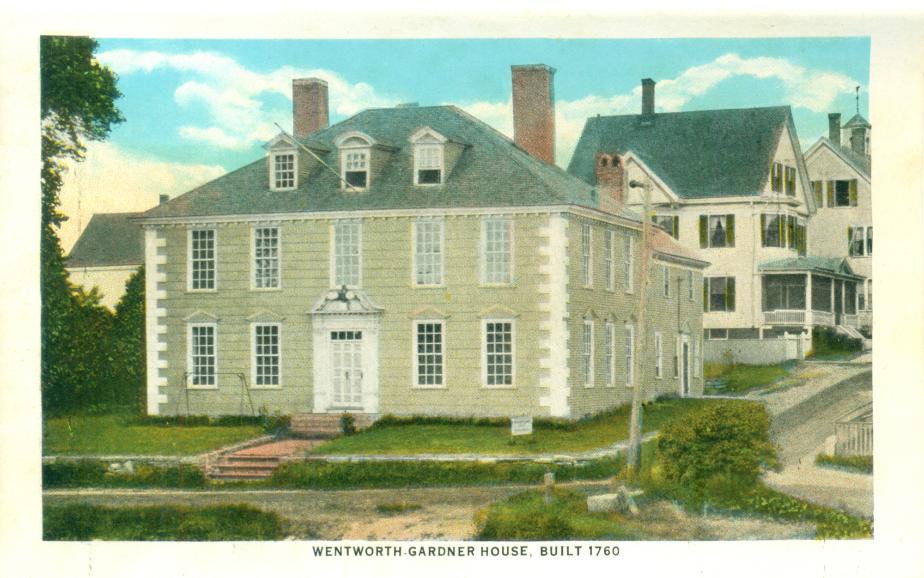
Wentworth - Gardner House Entrance - Portsmouth NH
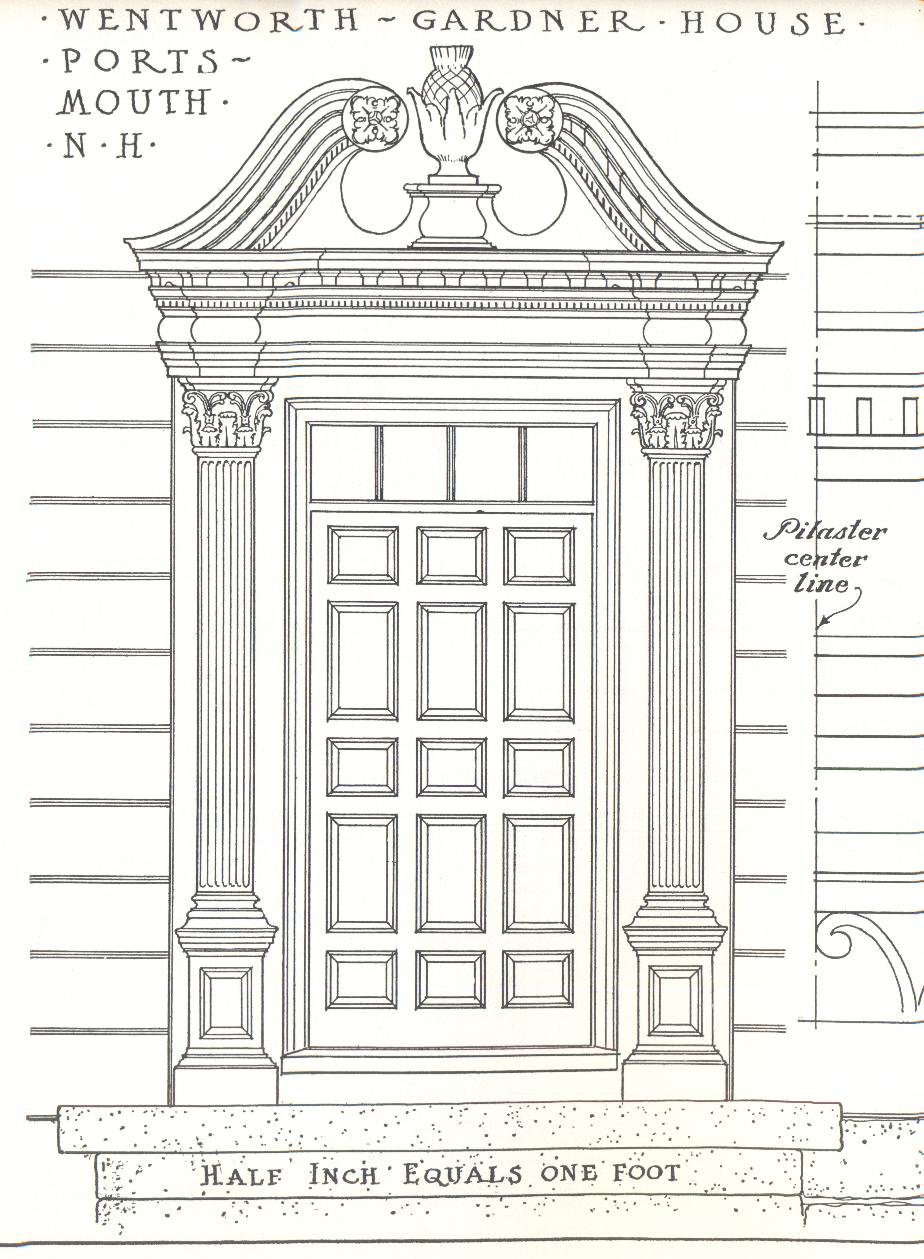
Wooden Pineapple over Wentworth-Gardner House Entrance
The pineapple has been a symbol of hospitality since the days of the early American colonies. The legend began with the
sea captains of New England, who sailed among the Caribbean Islands and returned to the colonies bearing their cargo
of fruits, spices and rum.
According to the legend, the captain would spear a pineapple on a fence post outside his home to let his friends know
of his safe return from sea. The pineapple was an invitation for them to visit, share his food and drink, and listen to tales
of his voyage.
As the tradition grew, colonial innkeepers added the pineapple to their signs and advertisements, and bedposts carved
in the shape of a pineapple were a common sight at inns across New England.
The legend has continued to the present, and frequently one sees the pineapple symbol in hotels and restaurants to signal
the presence of hospitality.
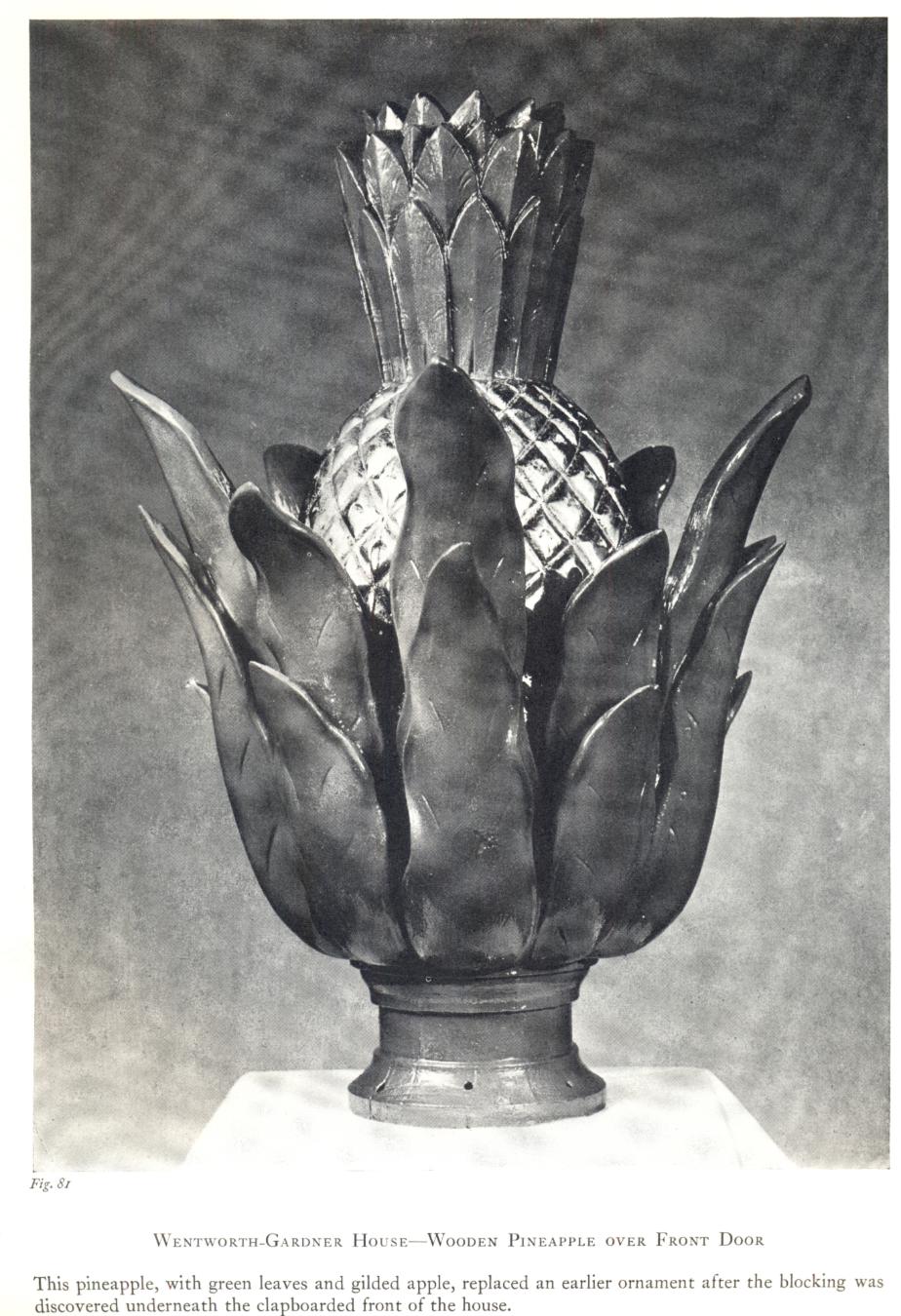
Benning Wentworth Mansion - Portsmouth NH - 1940
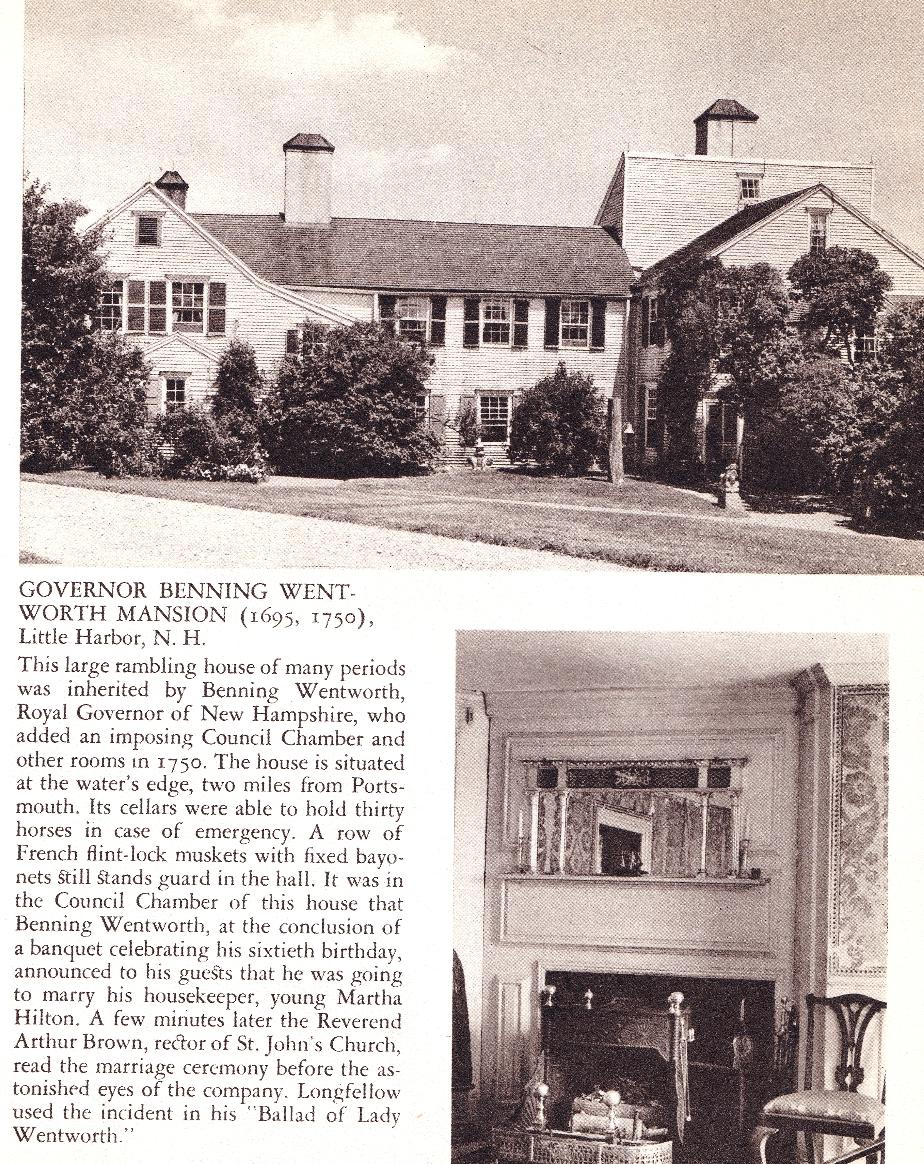
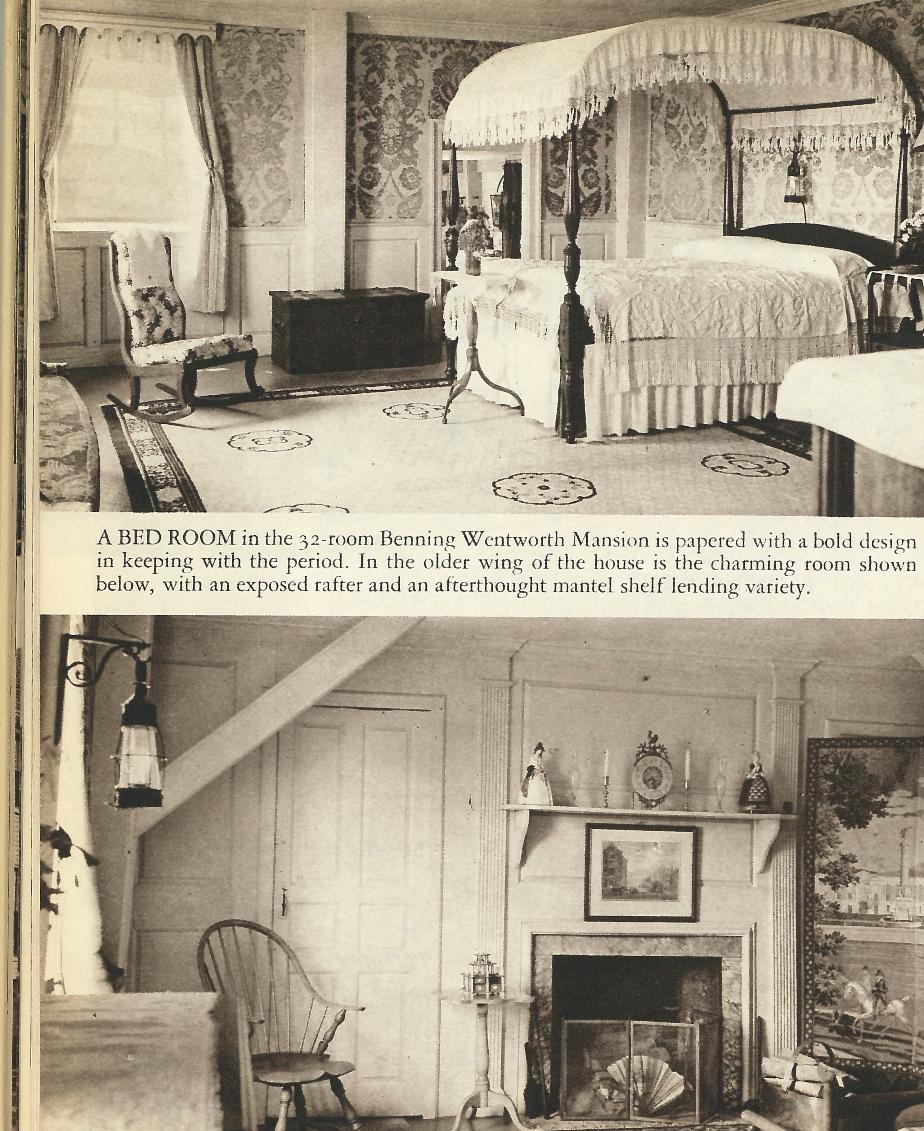
Joshua Wentworth House, Hanover Street, Portsmouth
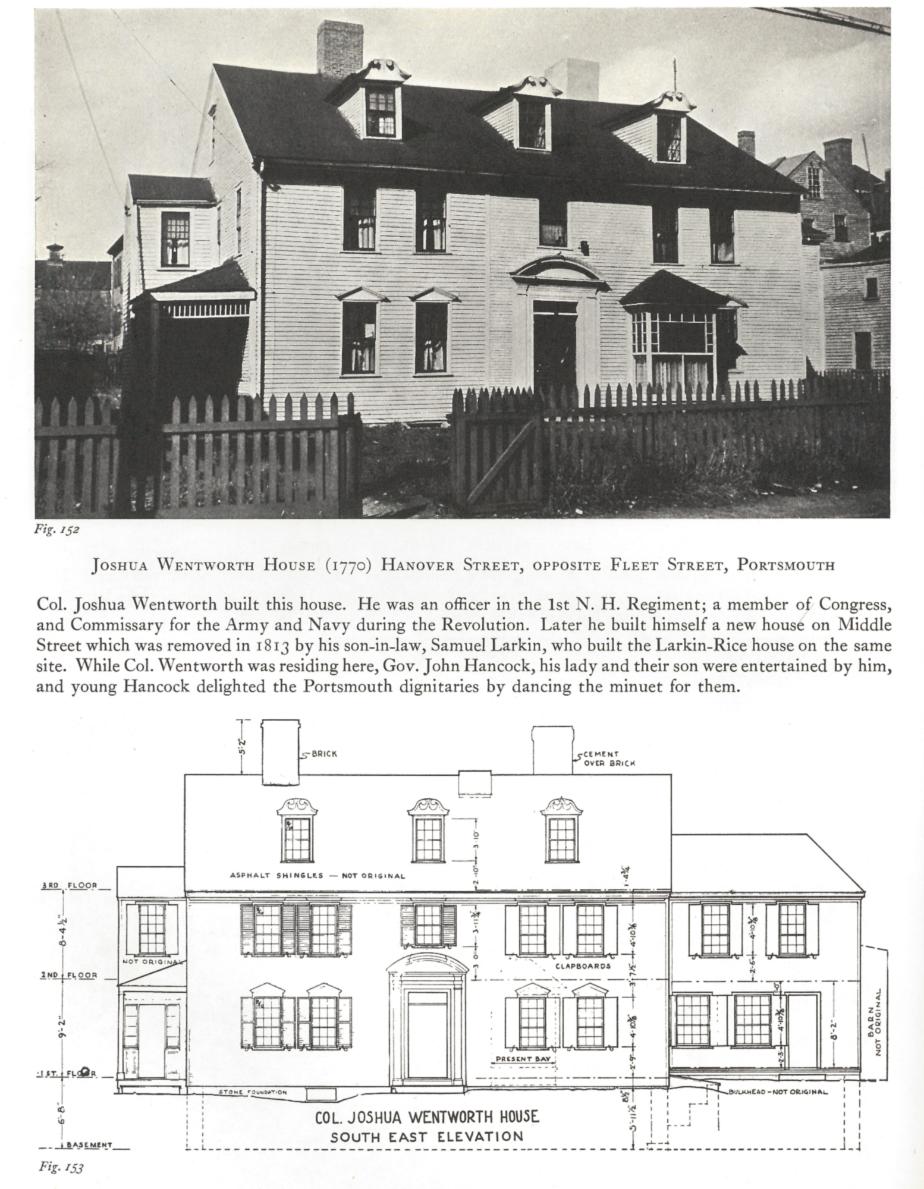
Whaleback Lighthouse - Portsmouth NH
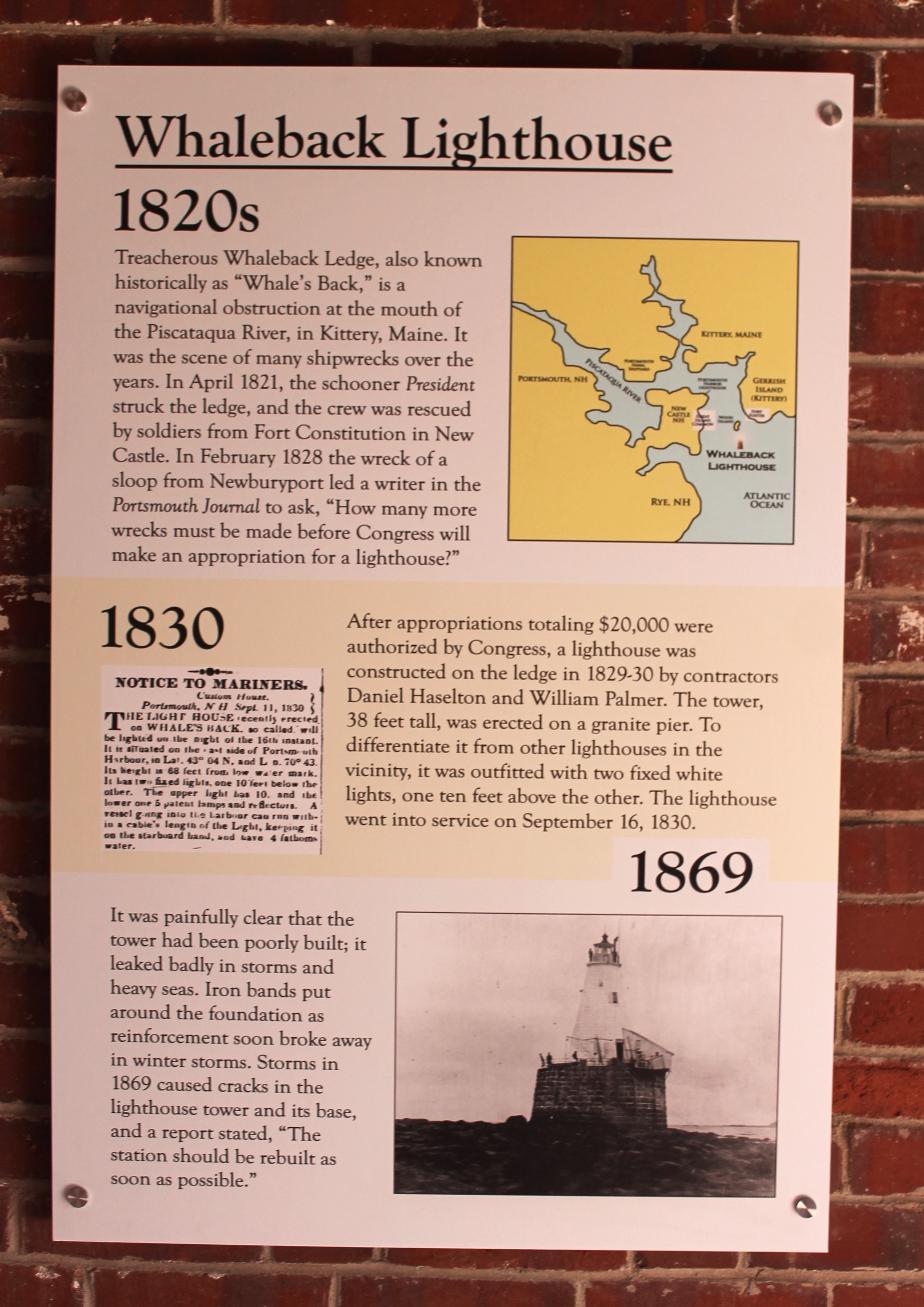

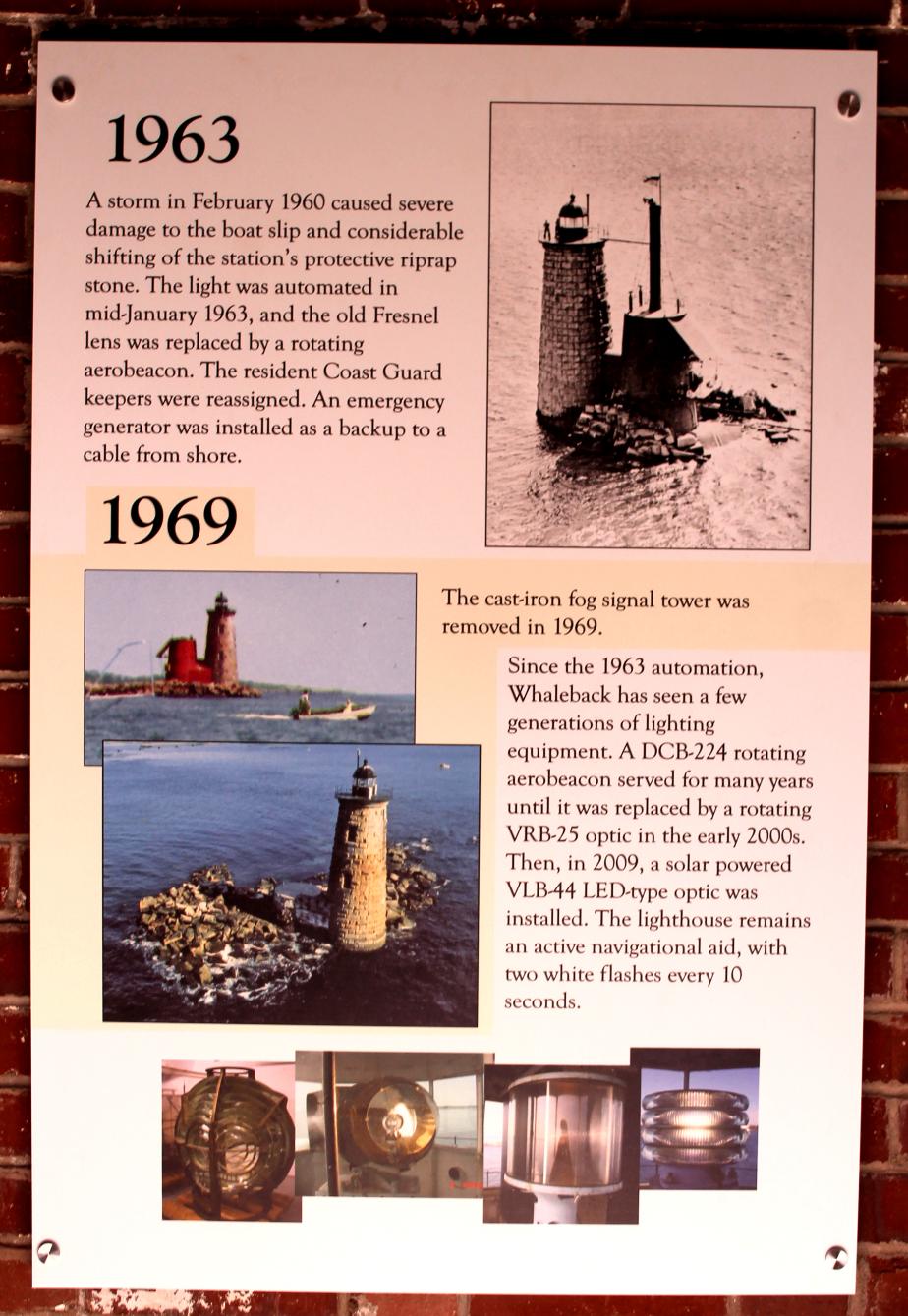
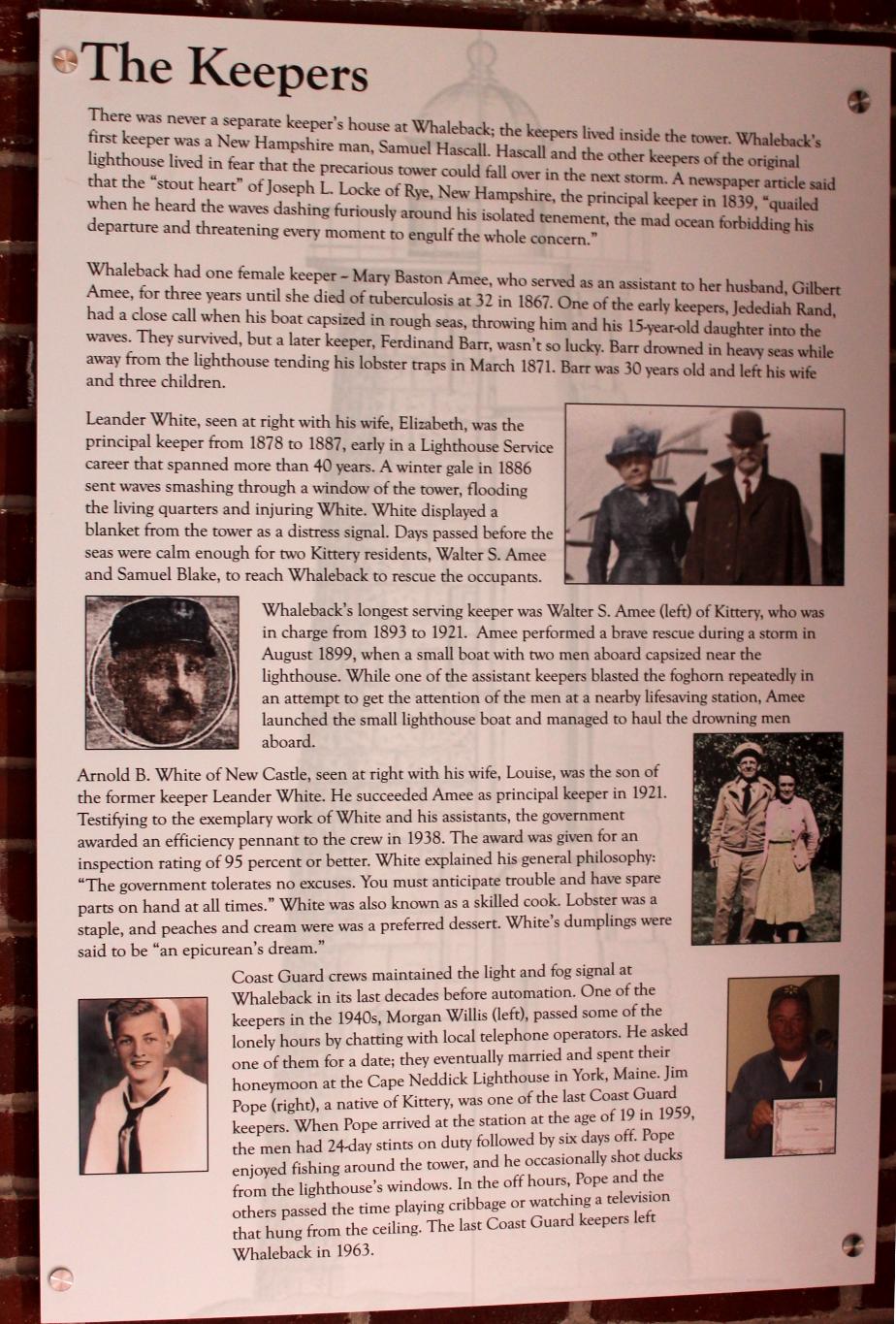
Colonel Joseph Whipple House, State & Chestnut Street, Portsmouth (1940)
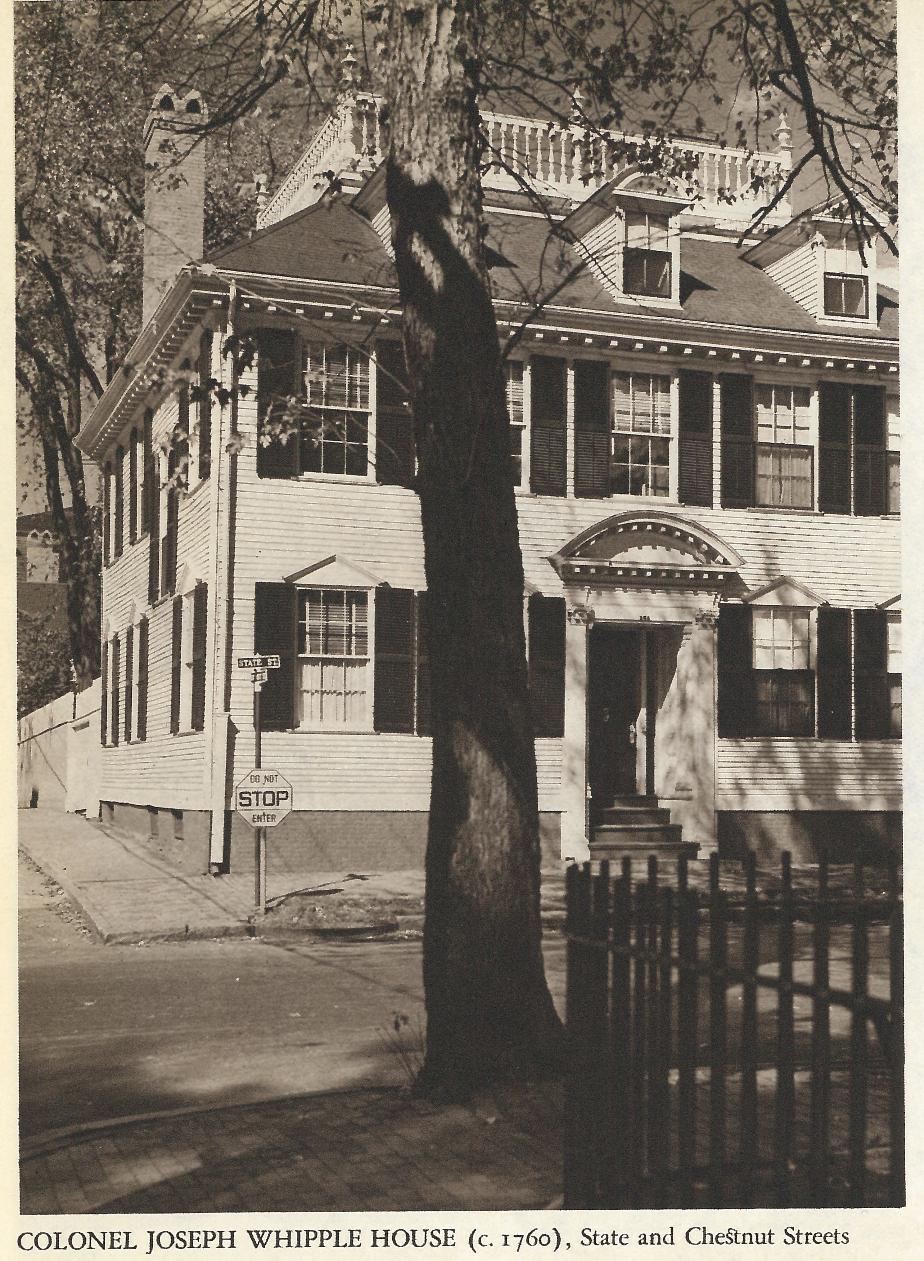
Fort William & Mary Raid - 1774 (Fort Constitution)
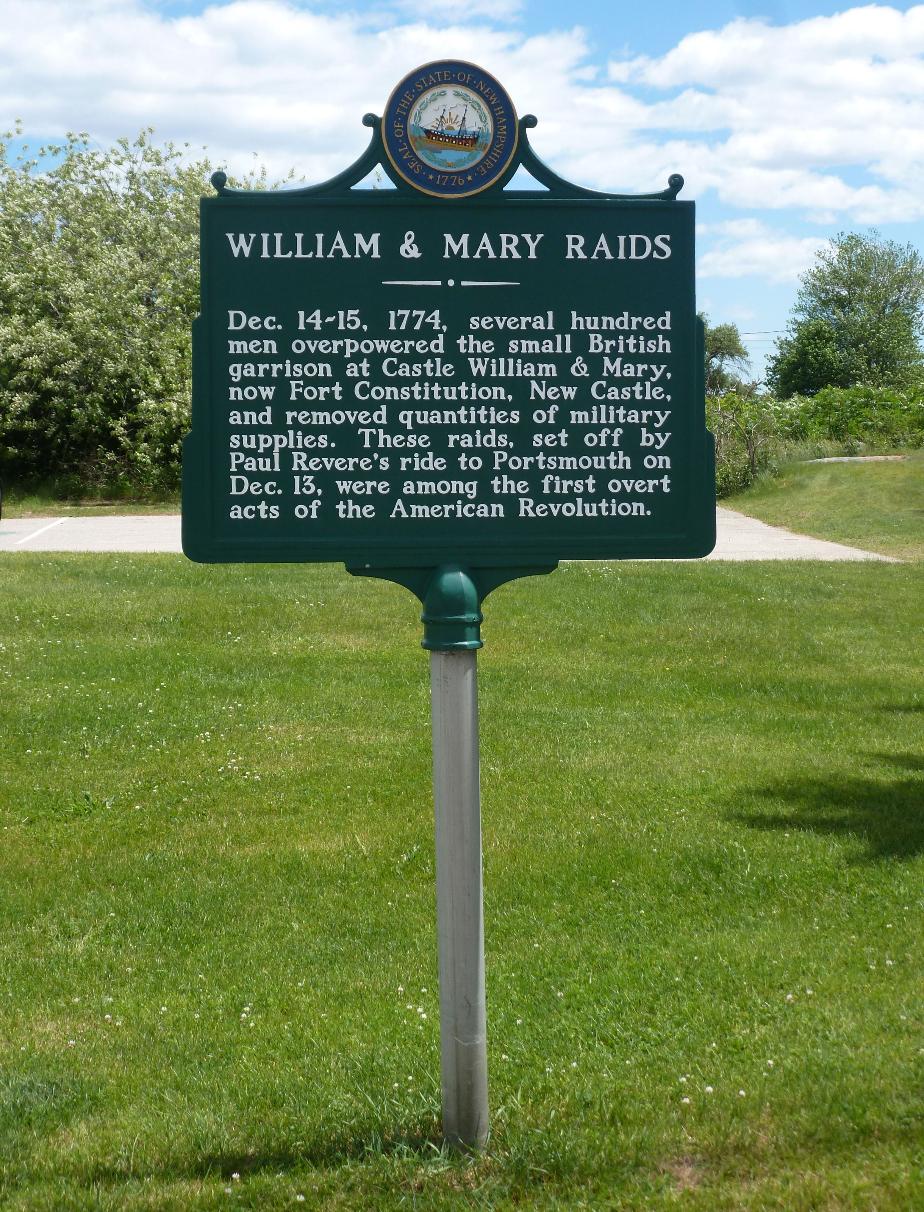


William Whipple Gravestone - Portssmouth, New Hampshire
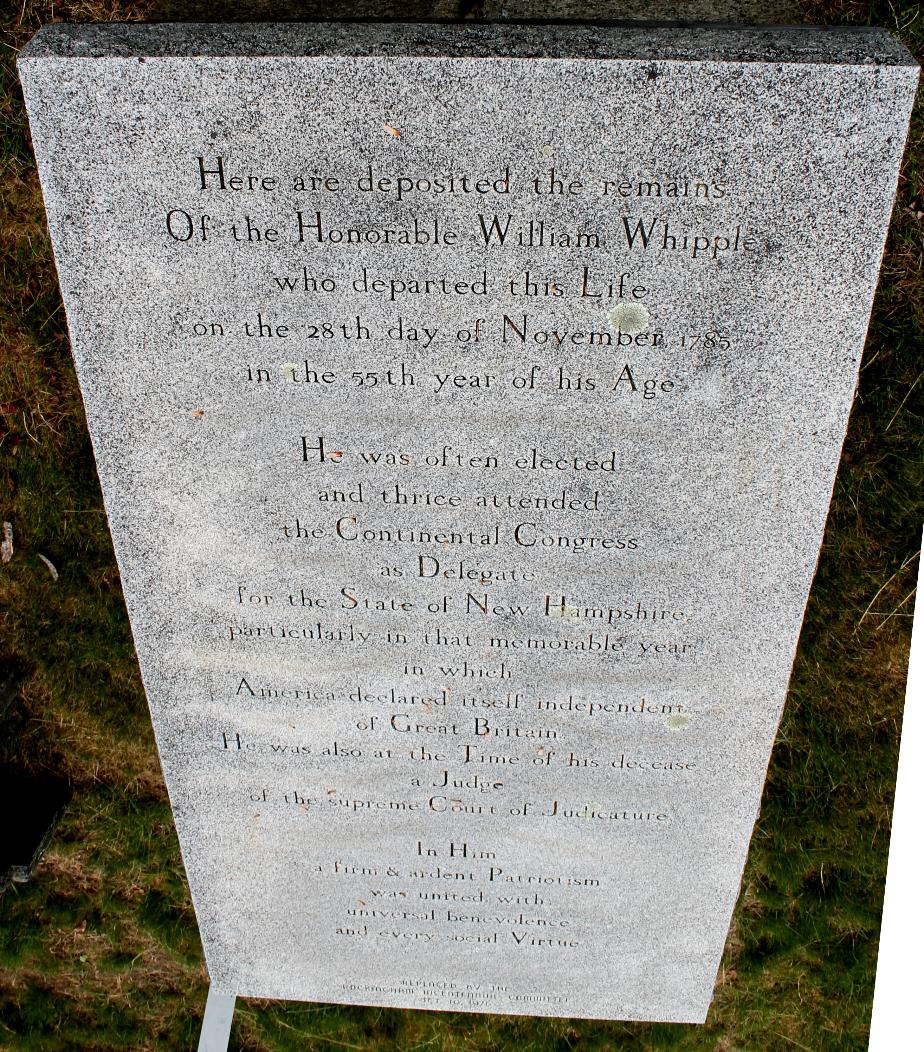
Property of Prof. George H Whitcher, Durham NH (1895)
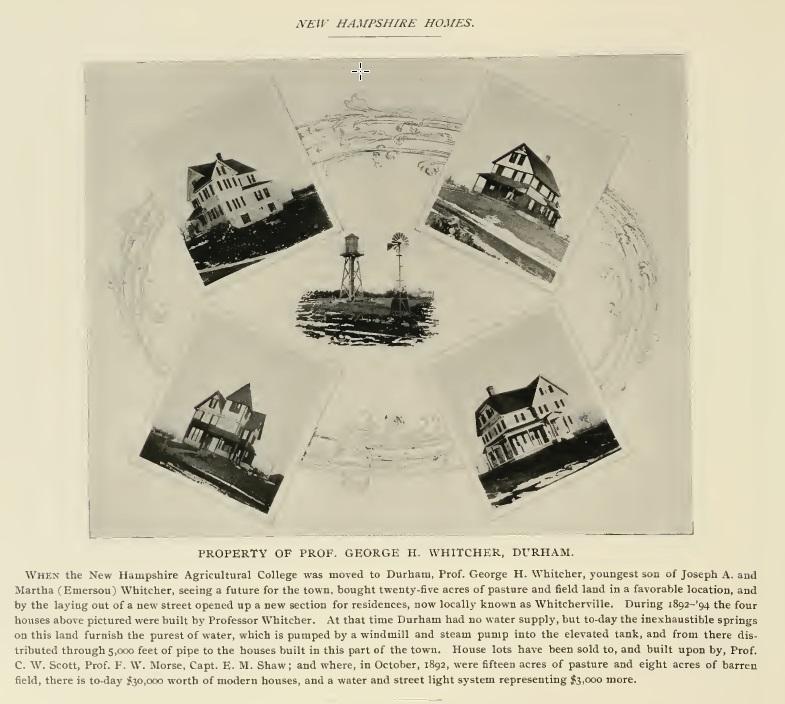
White Island Lighthouse
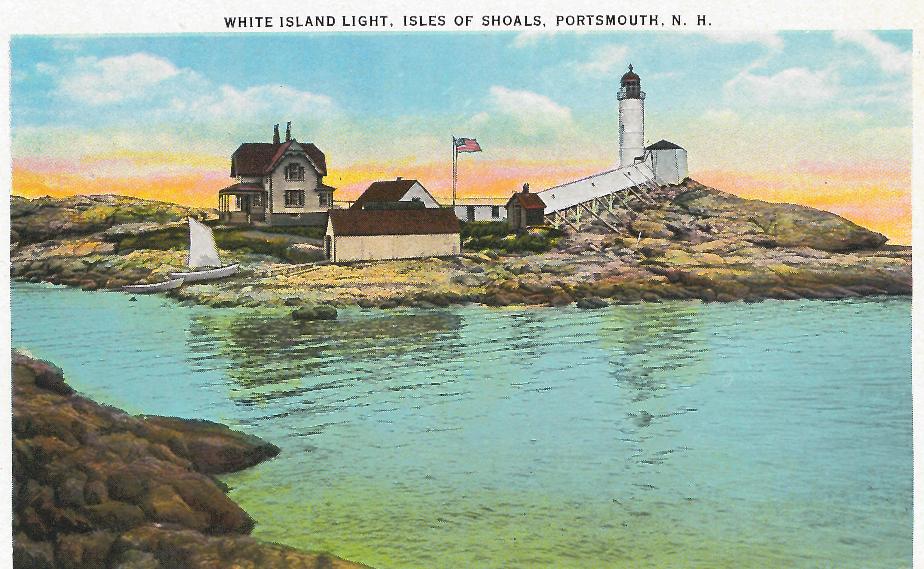
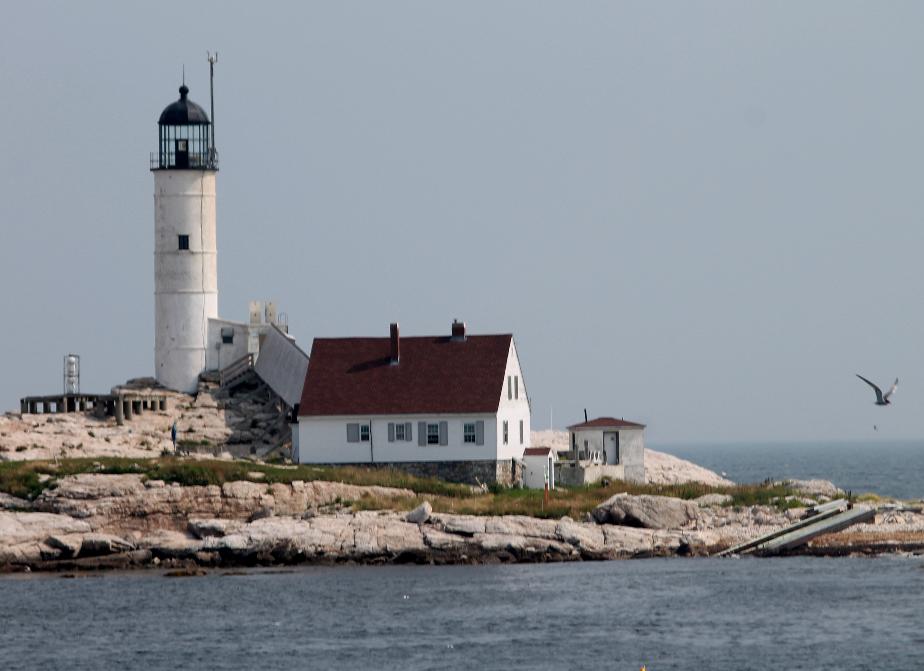
Levi Woodbury House & Henry Sherburne House, Portsmouth 1940
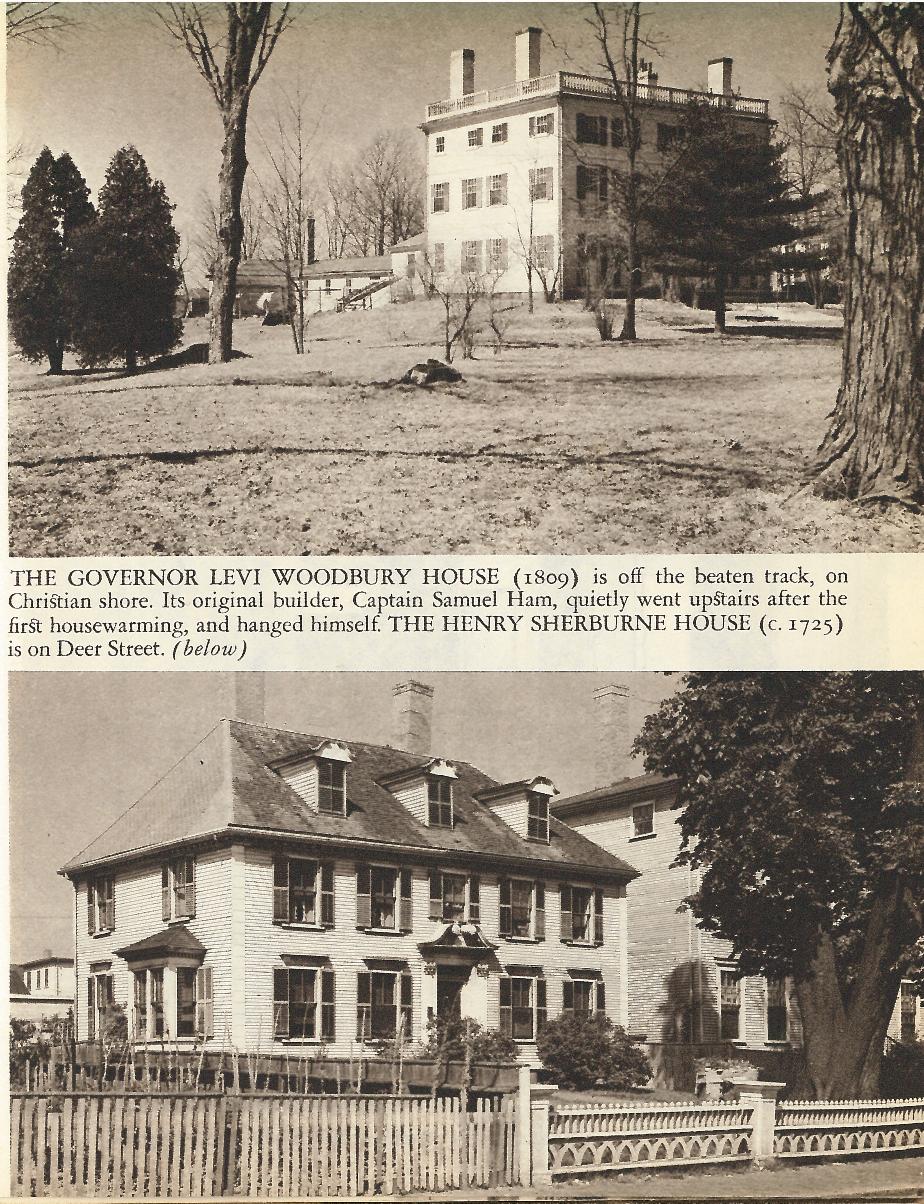
World War I Memorial Bridge, Portsmouth NH

